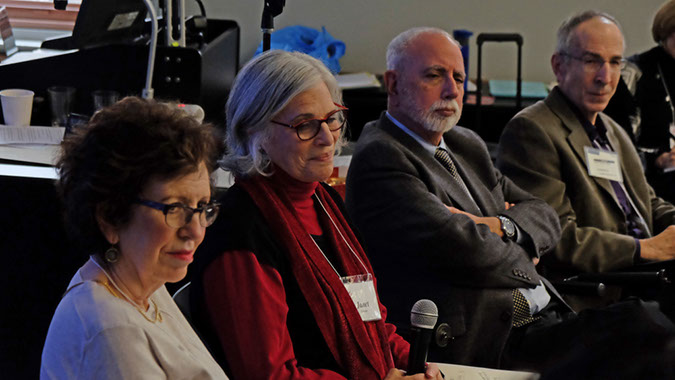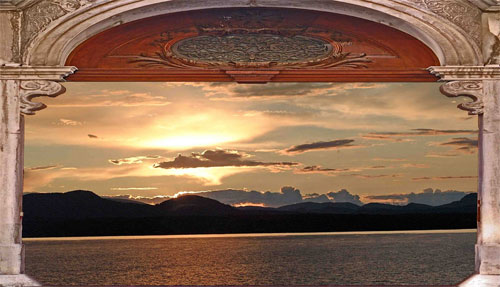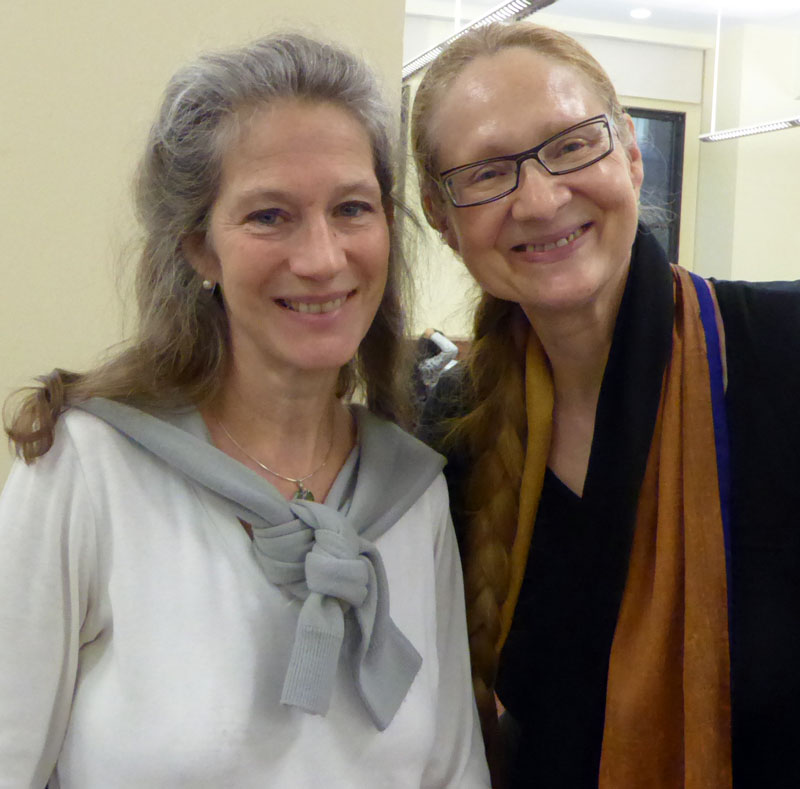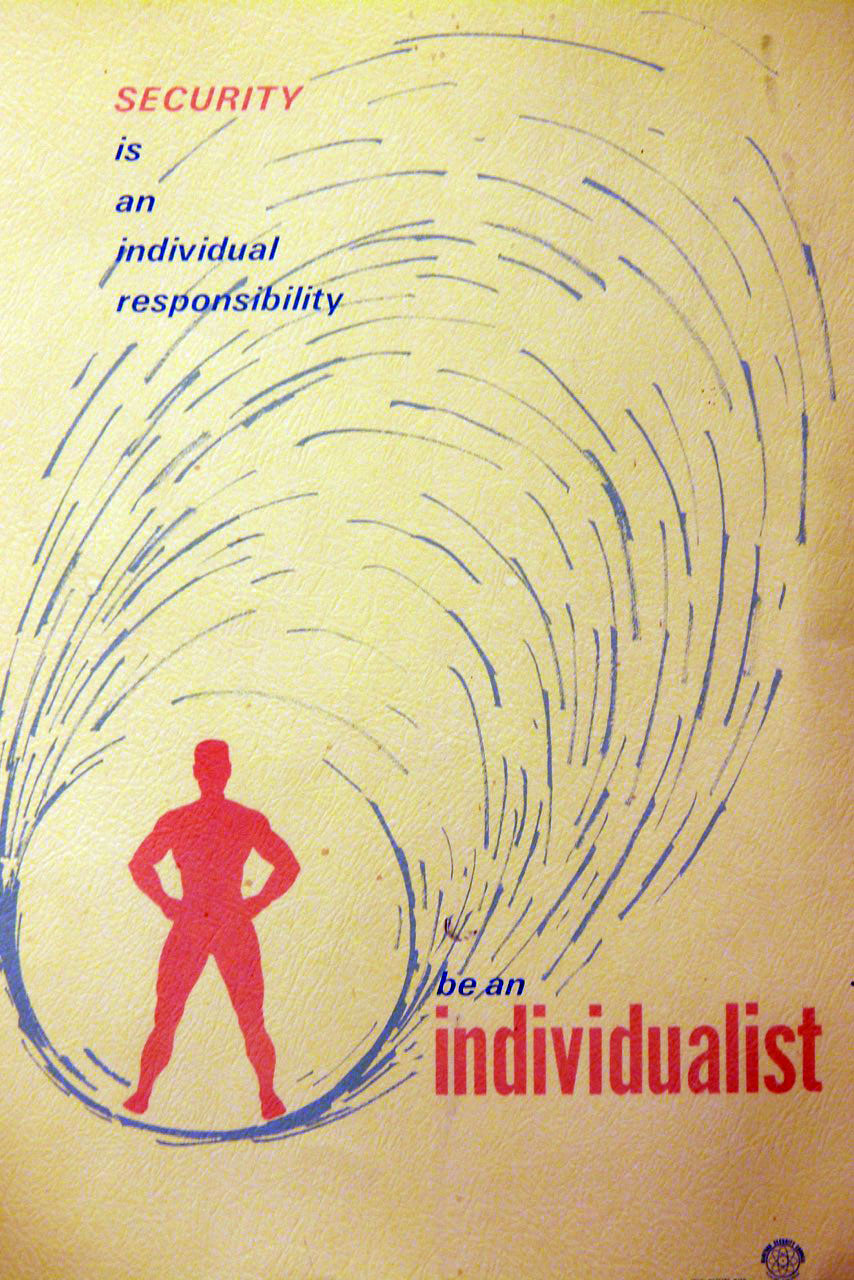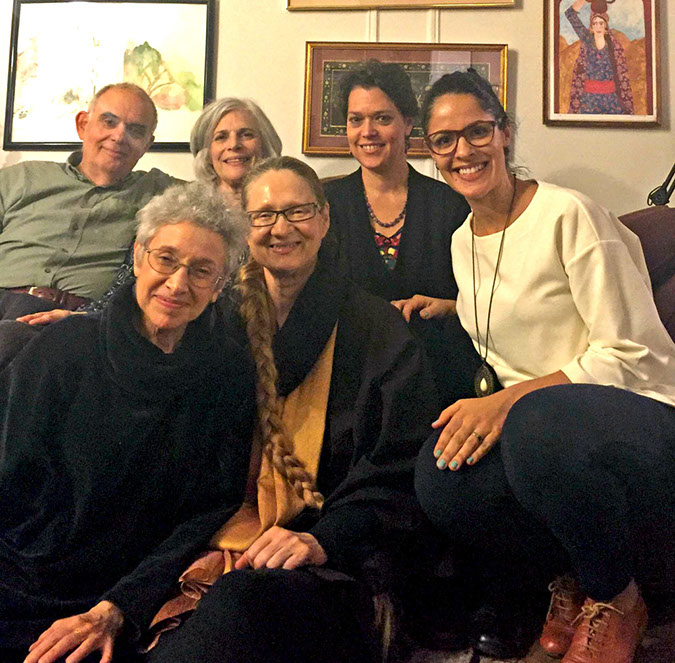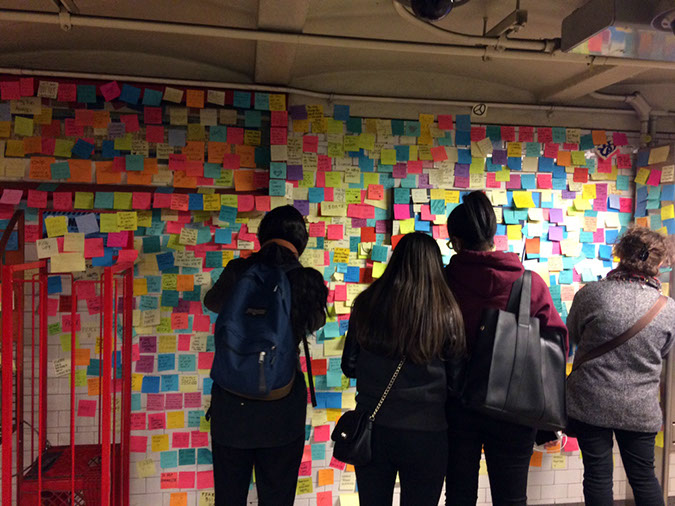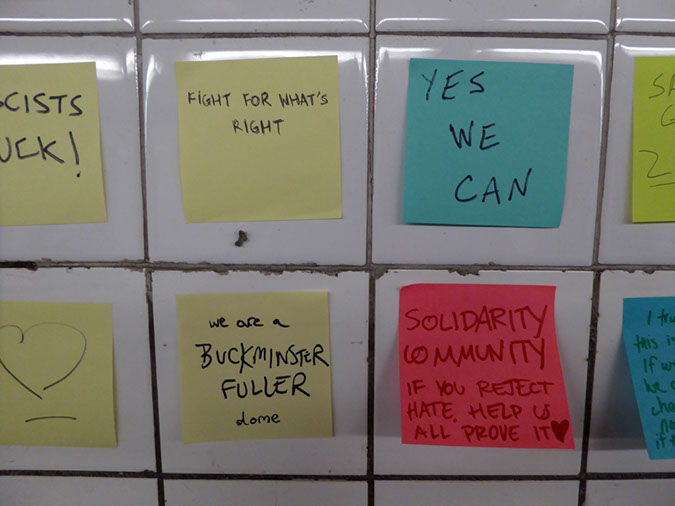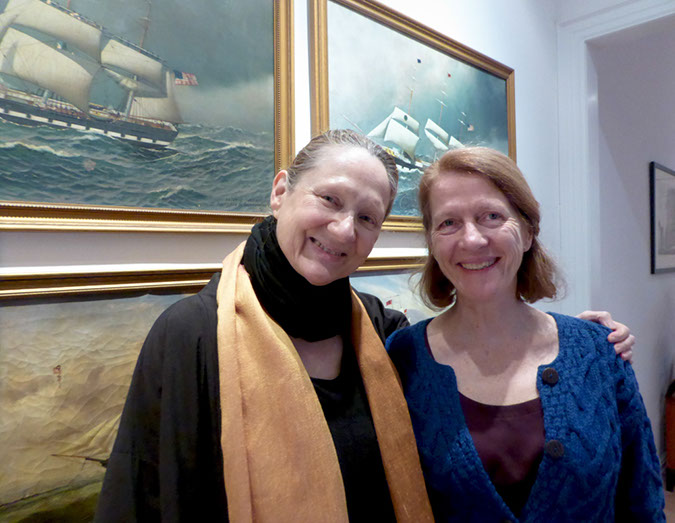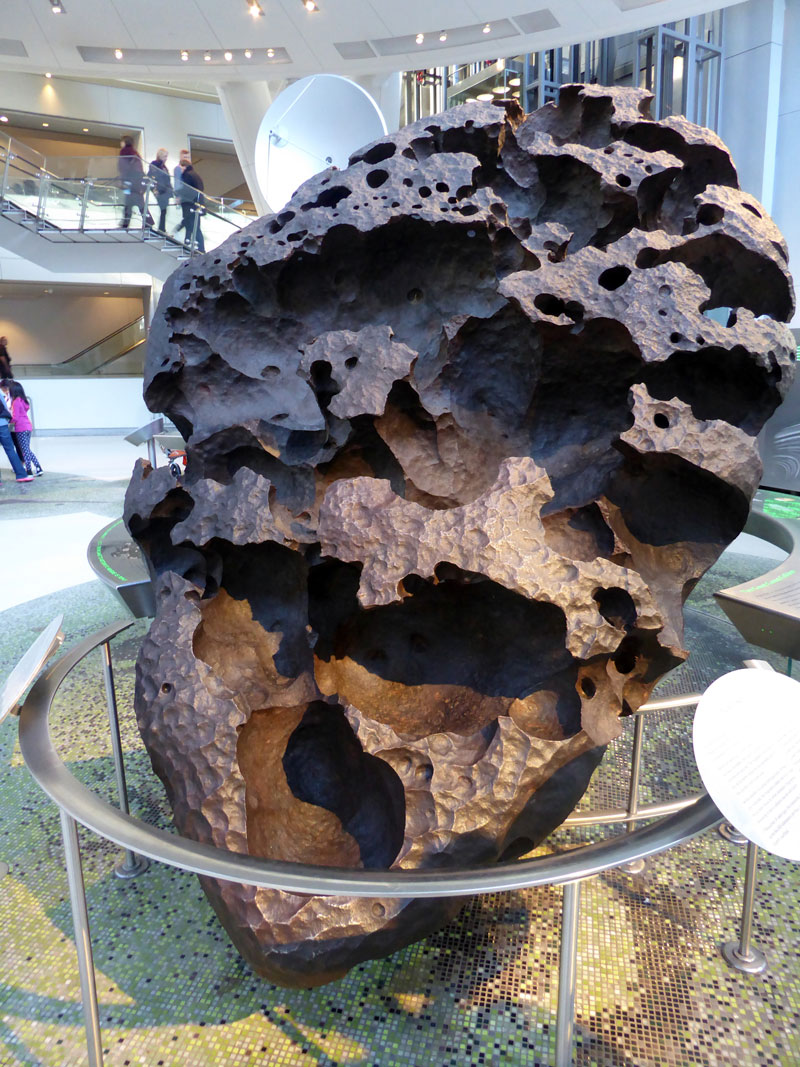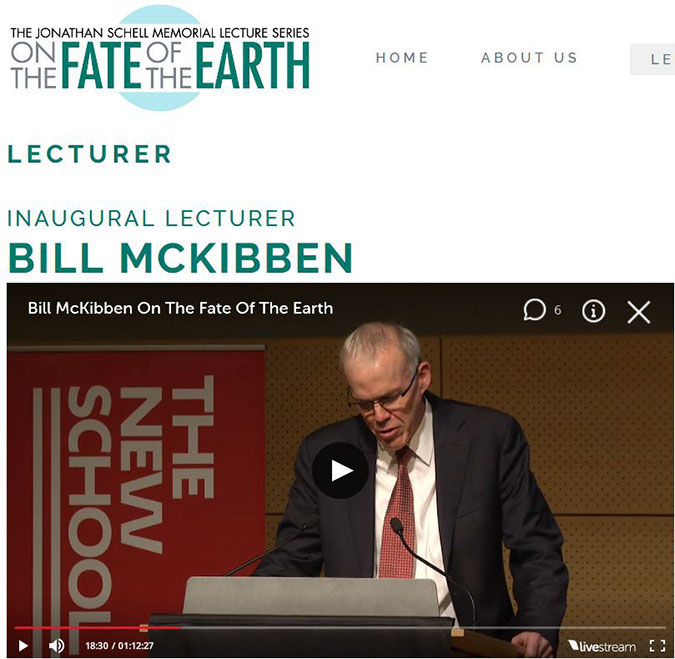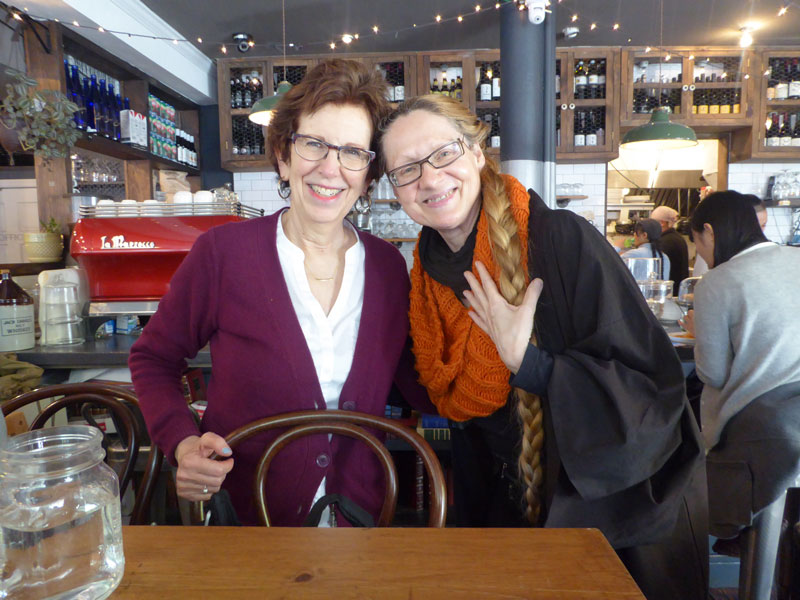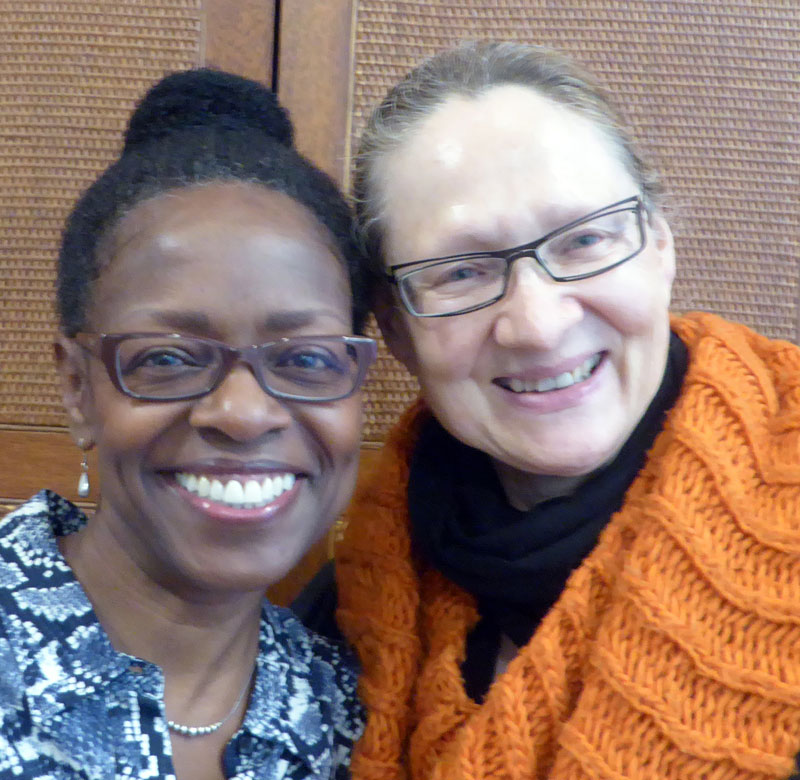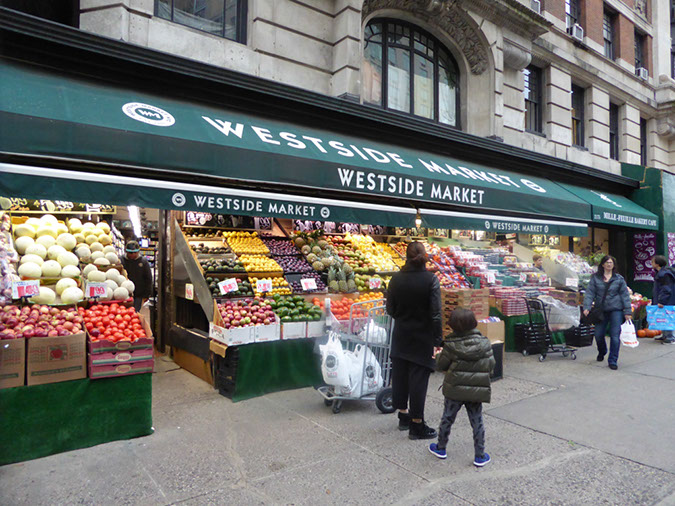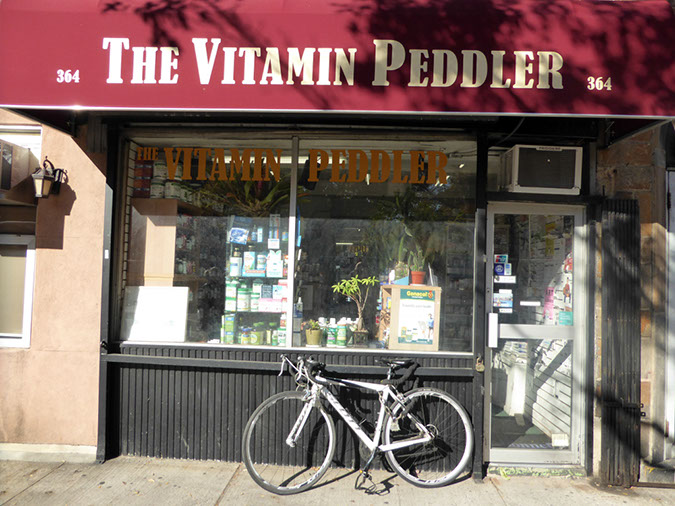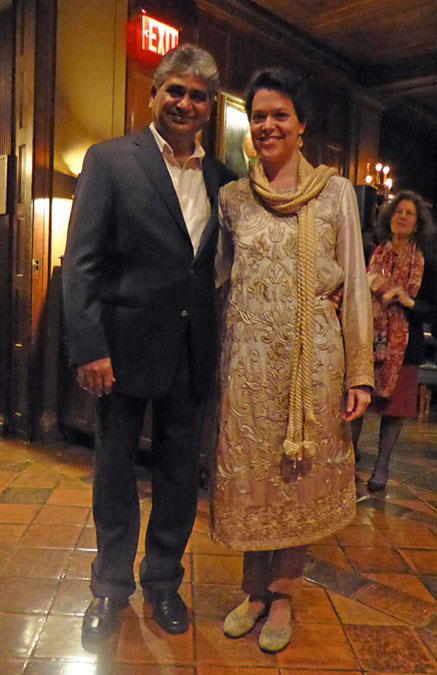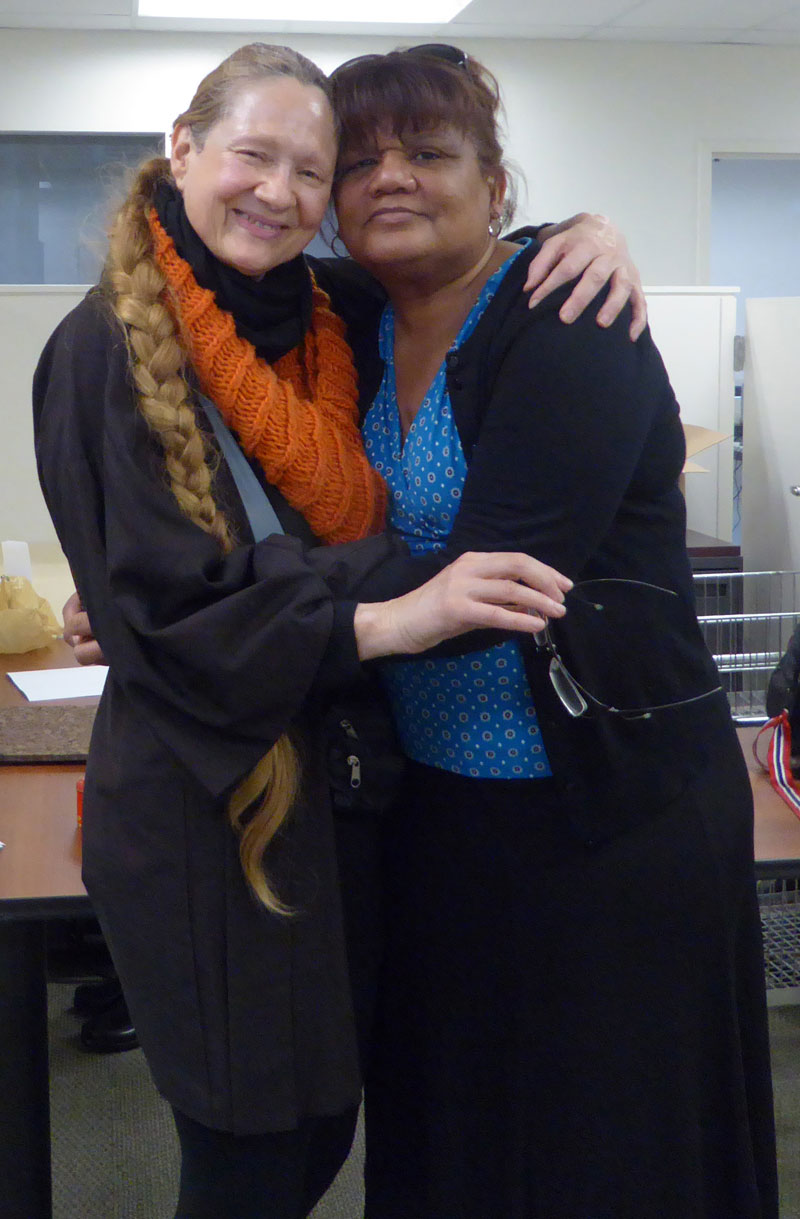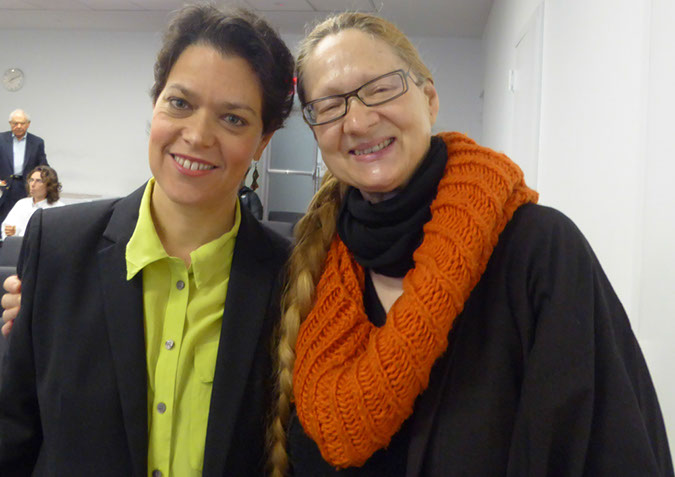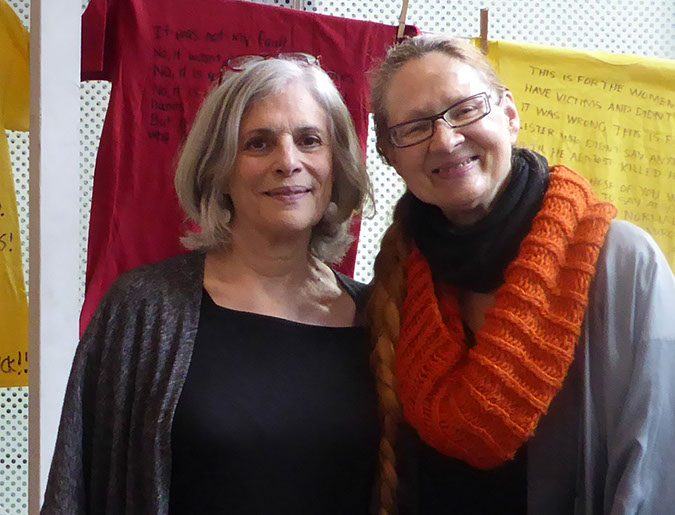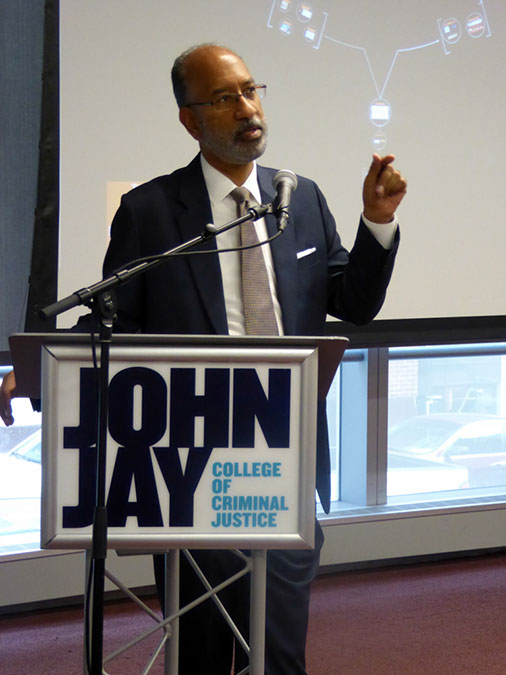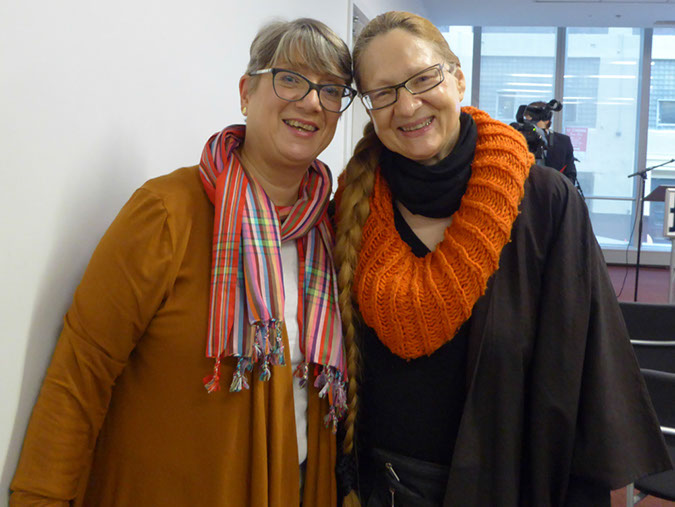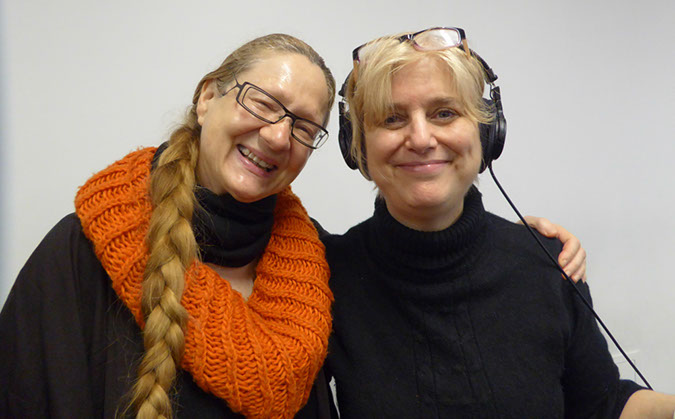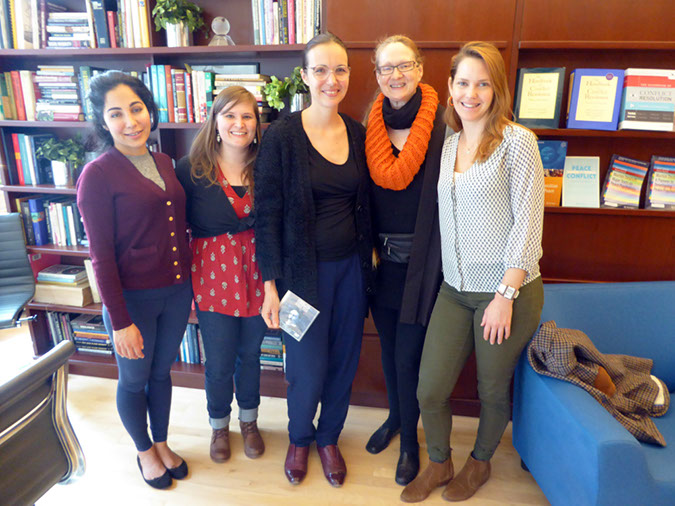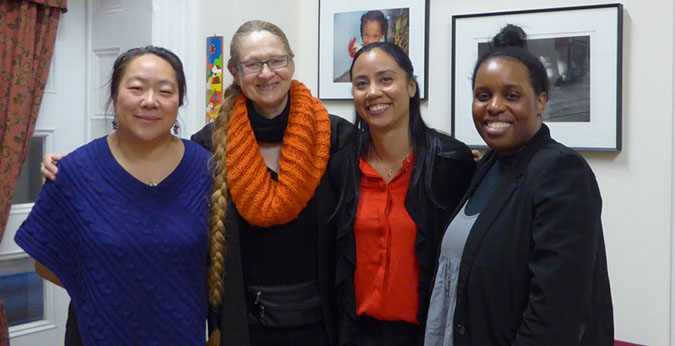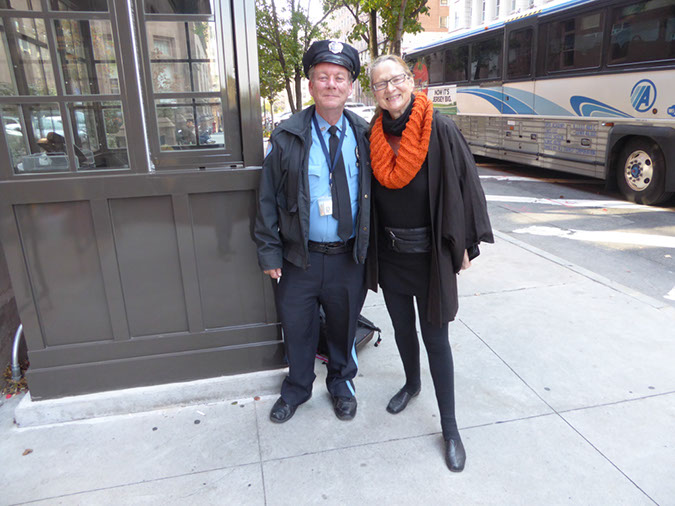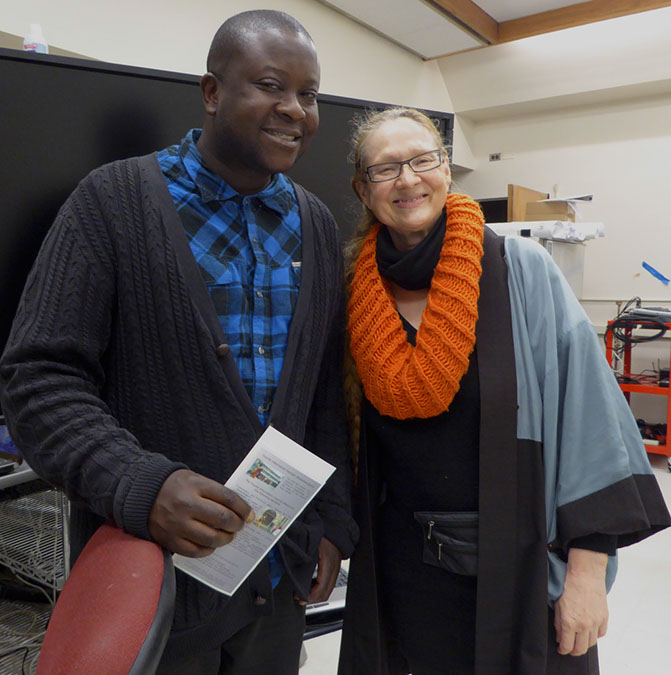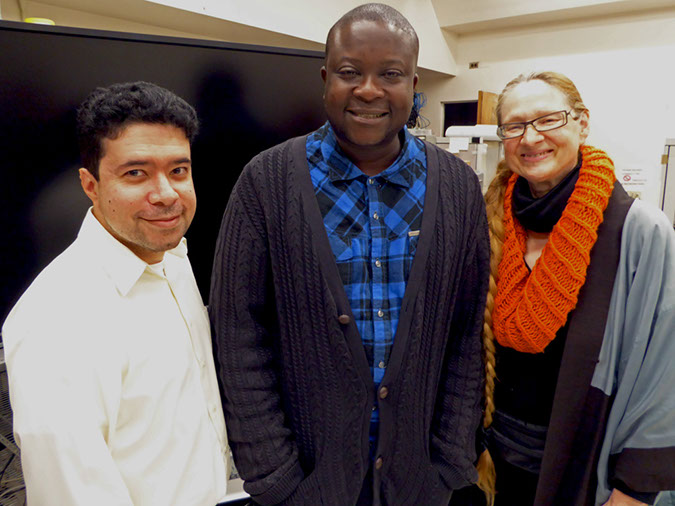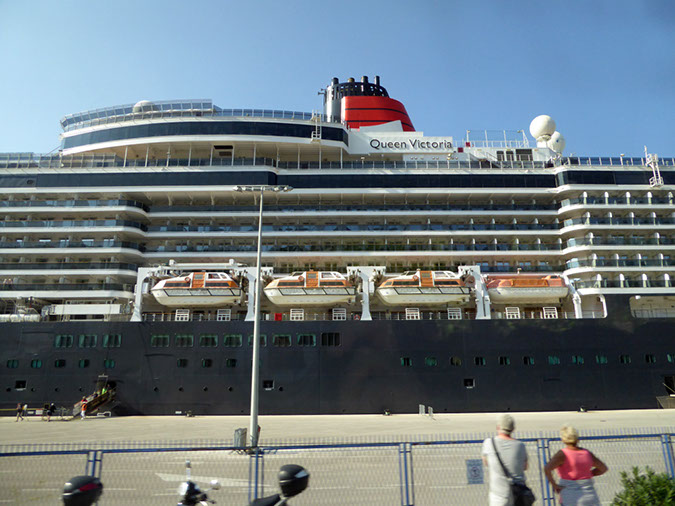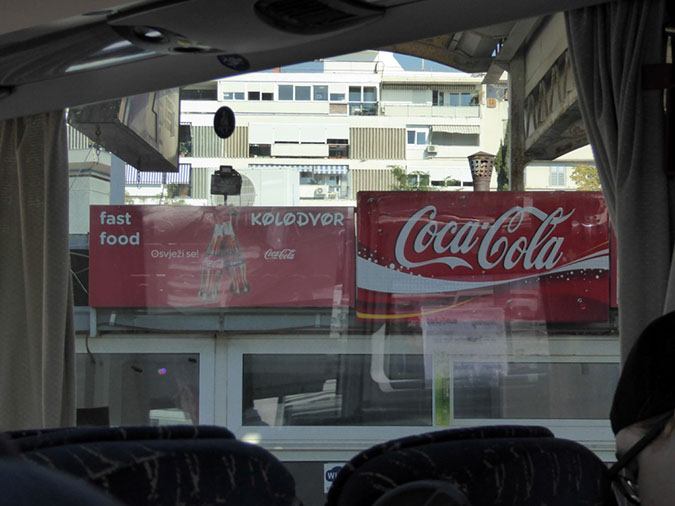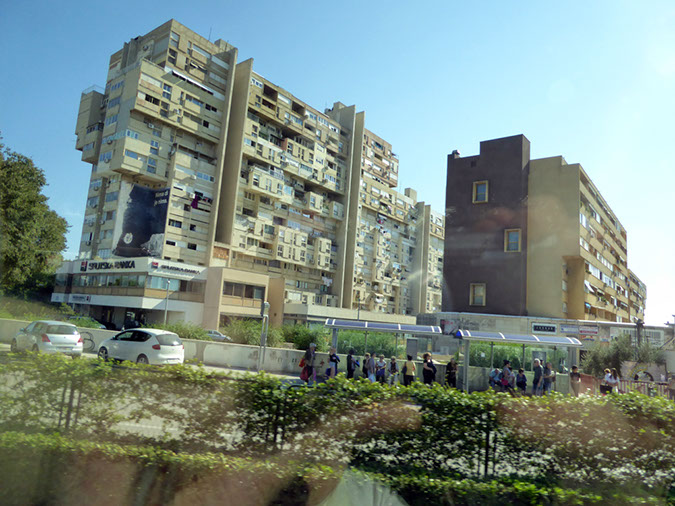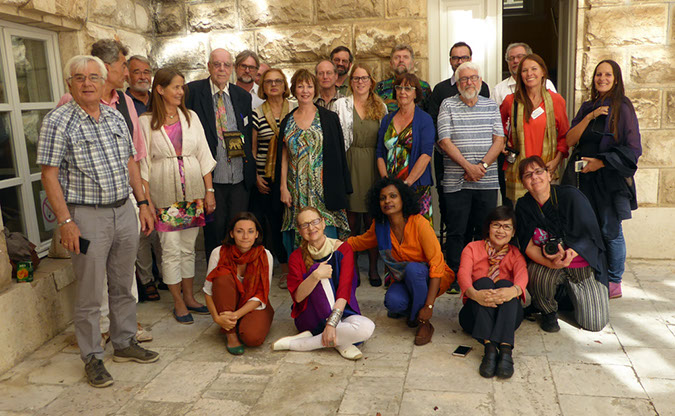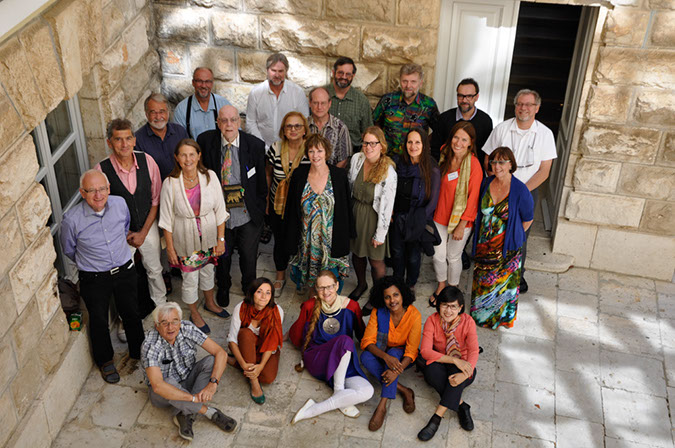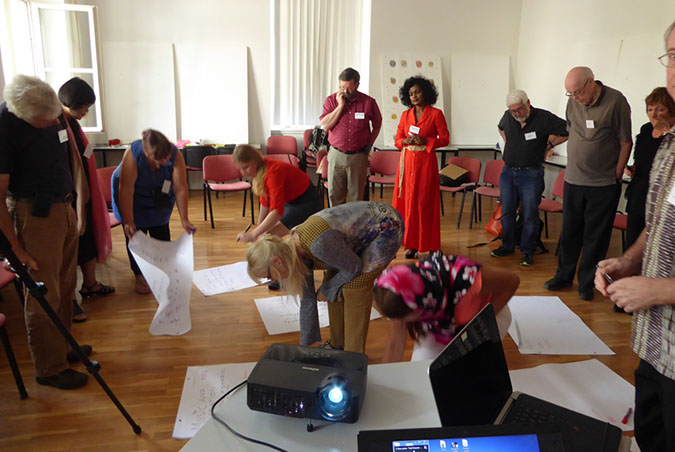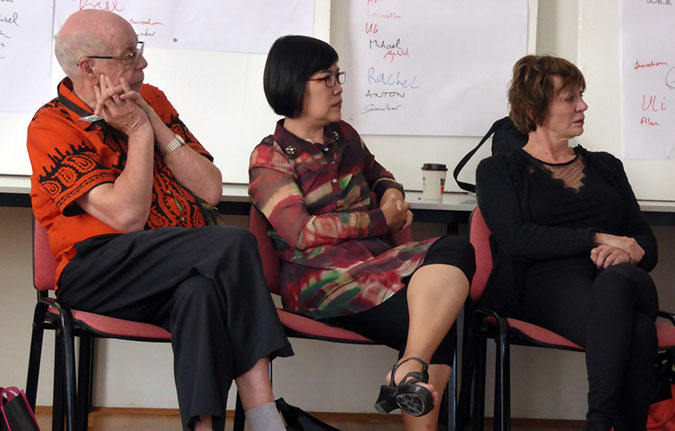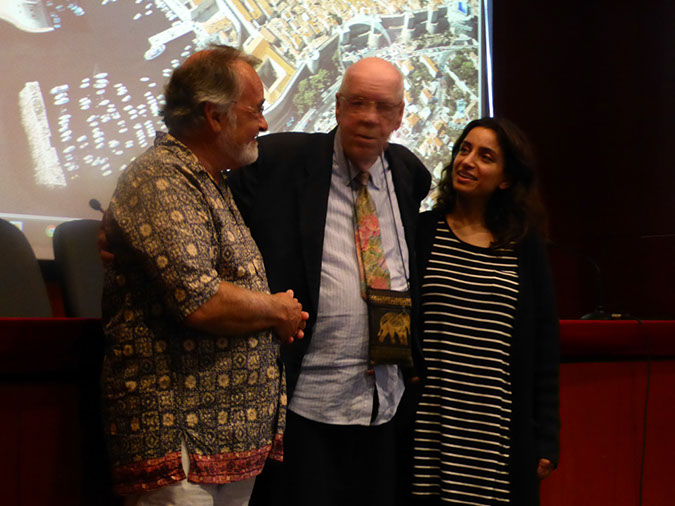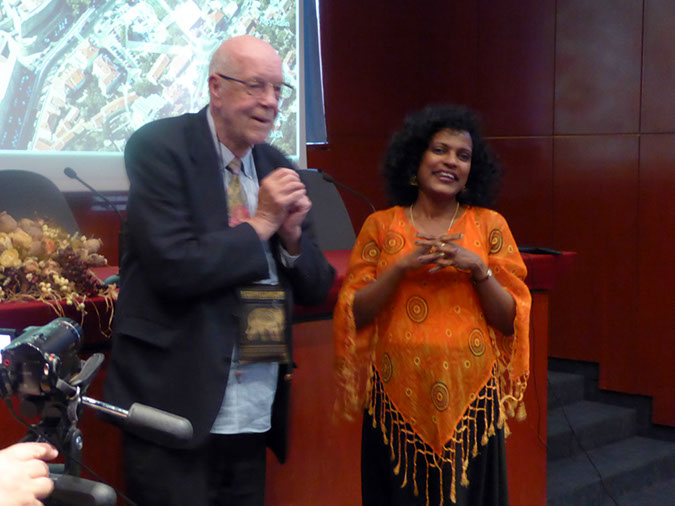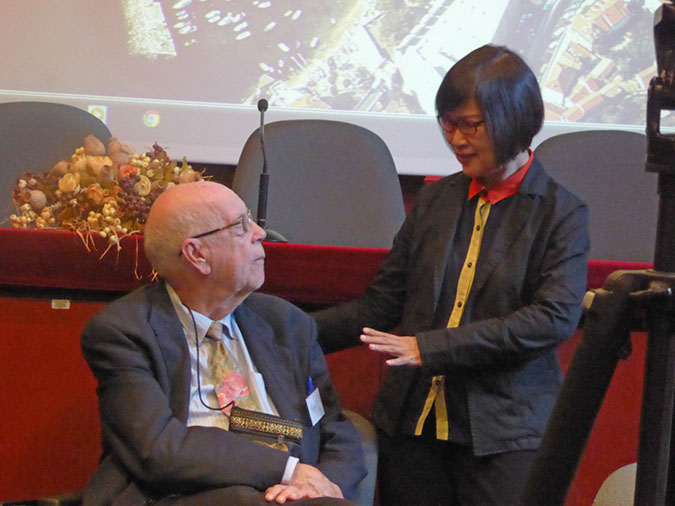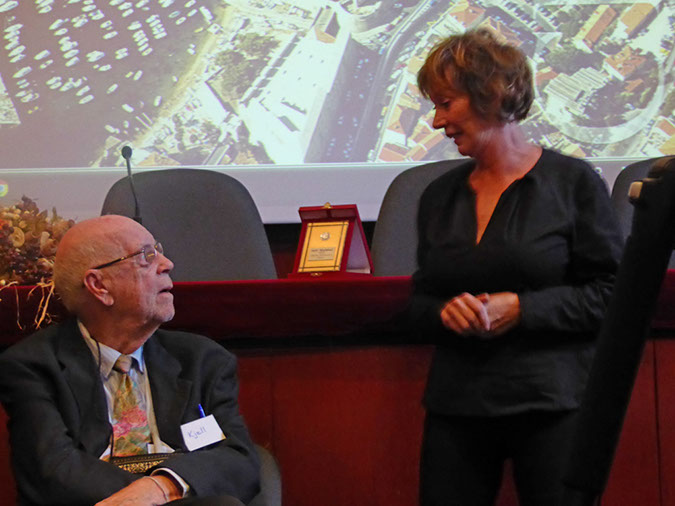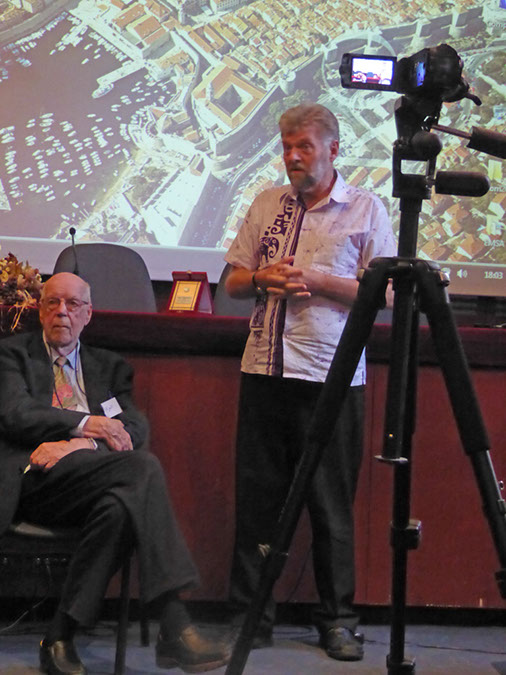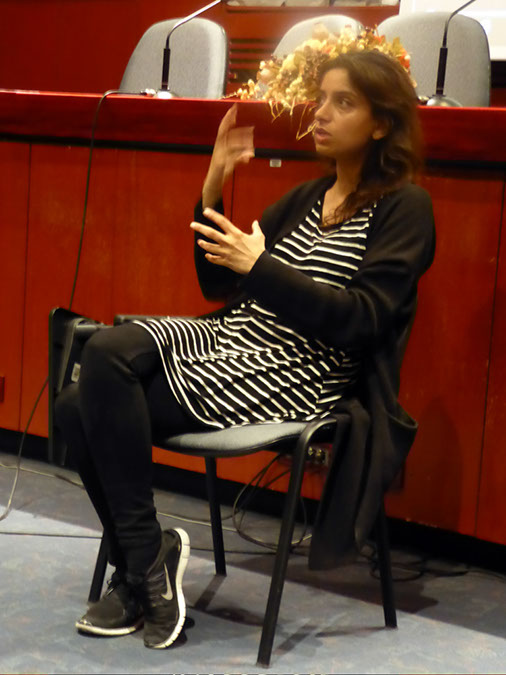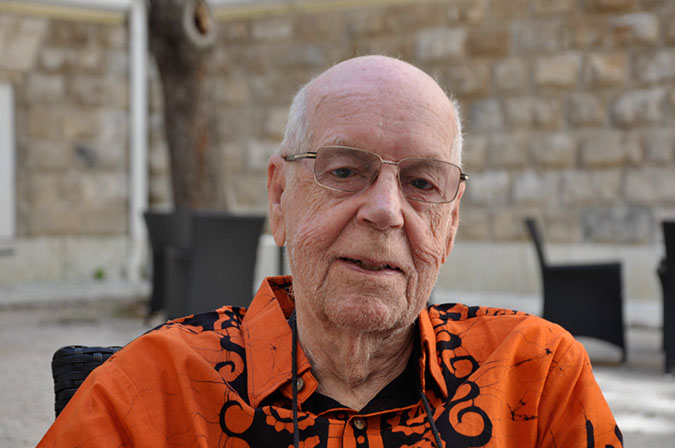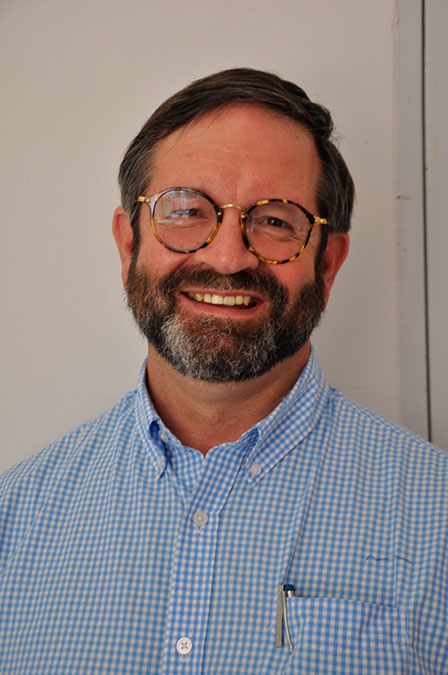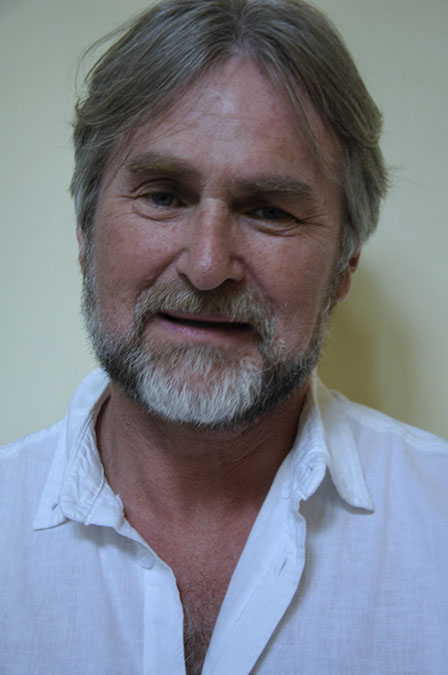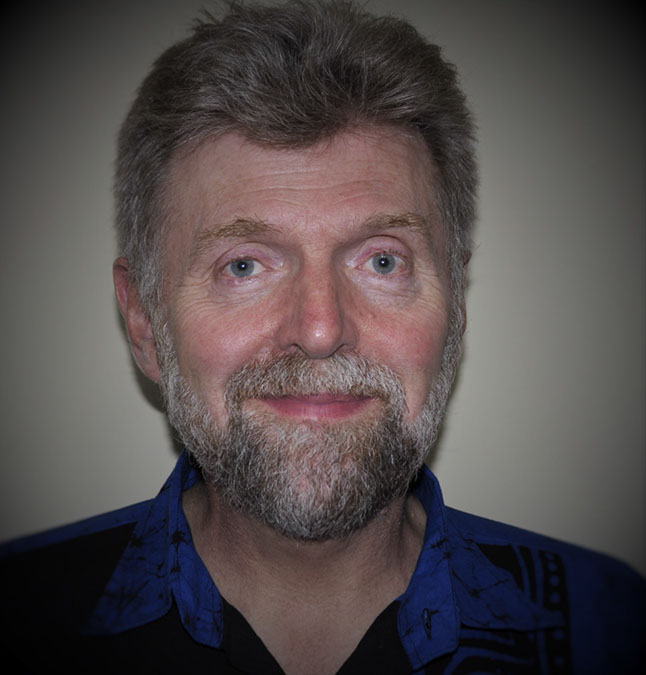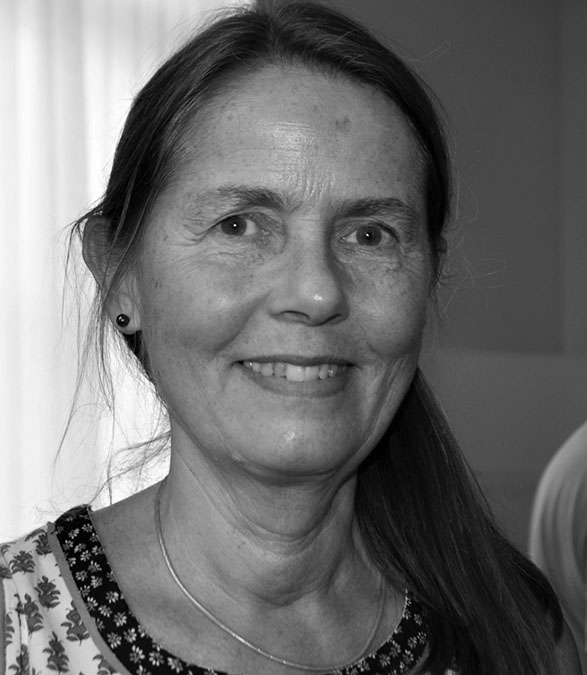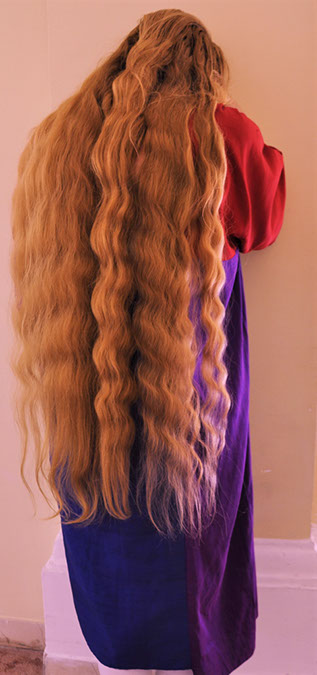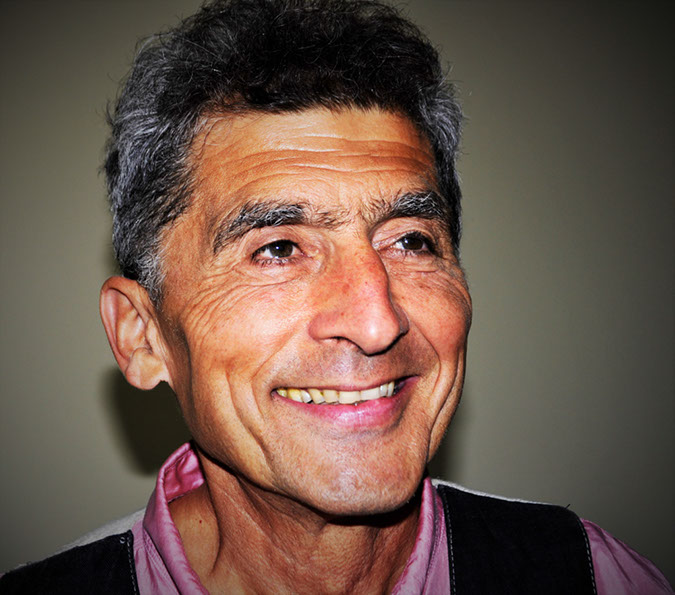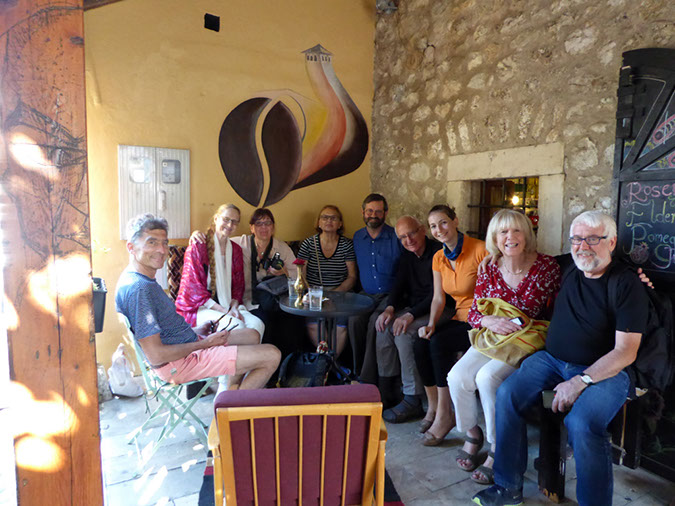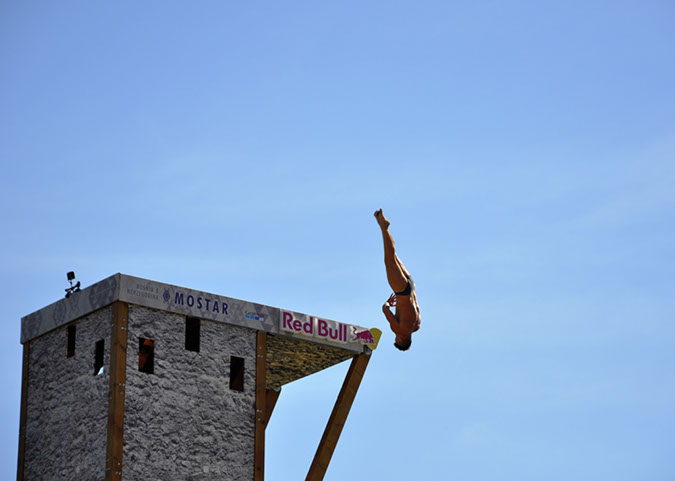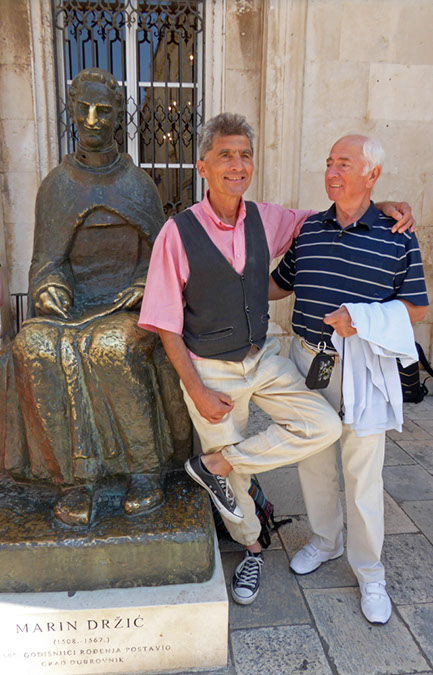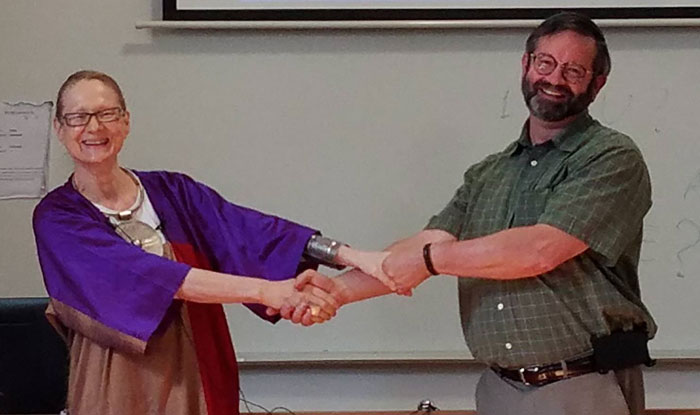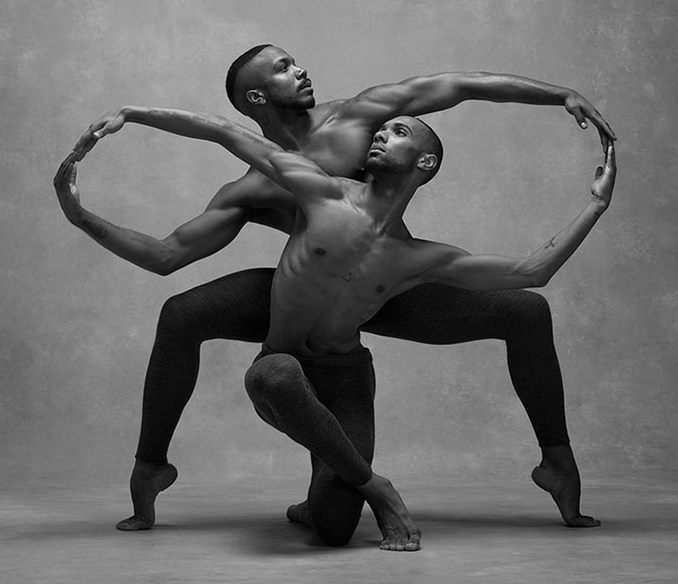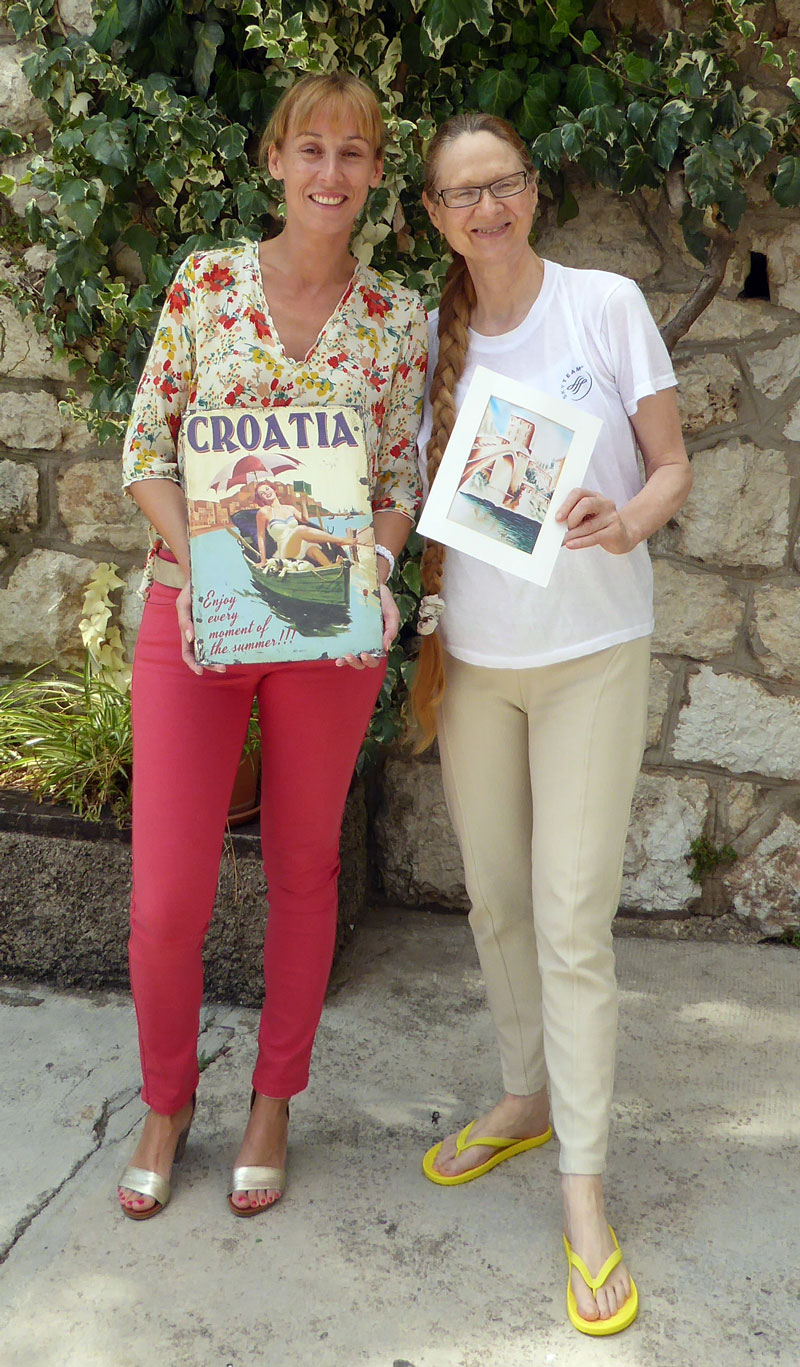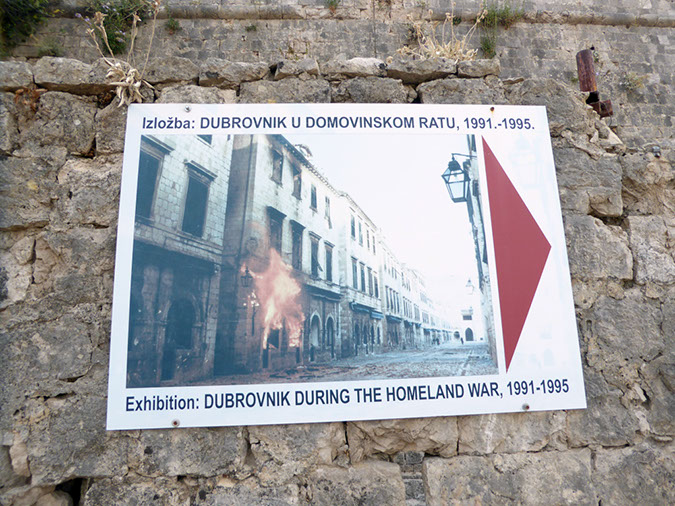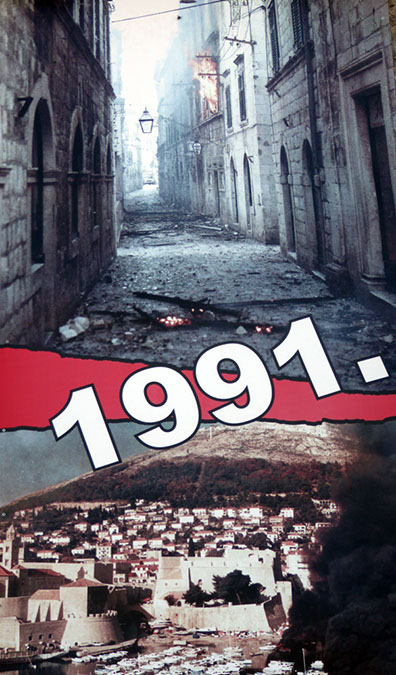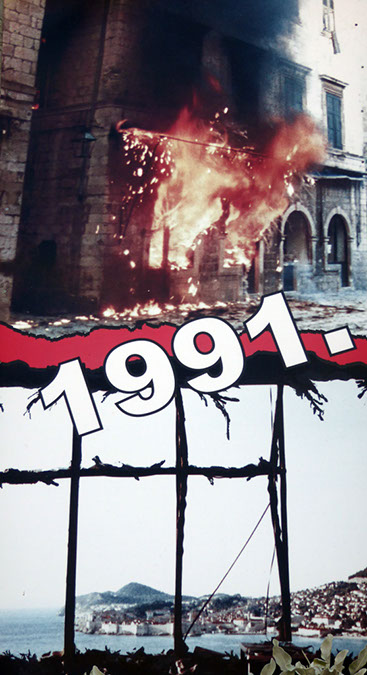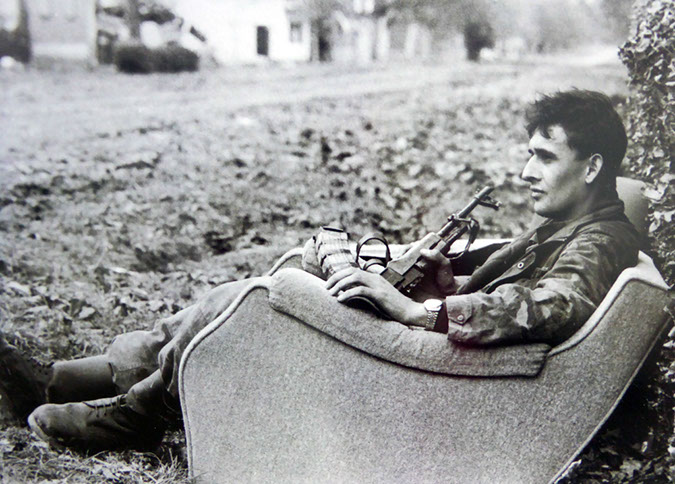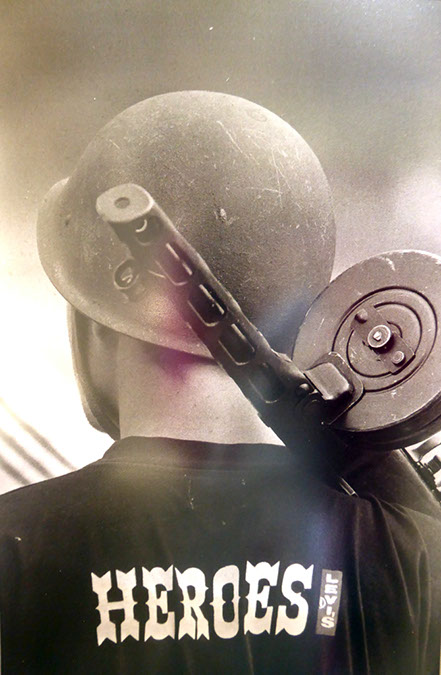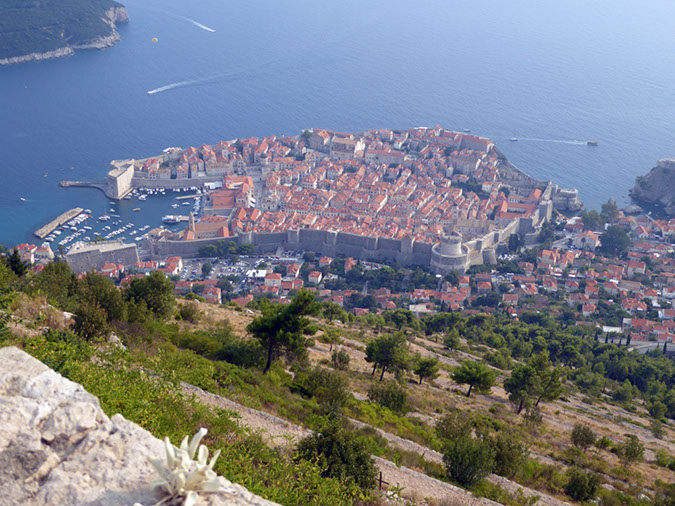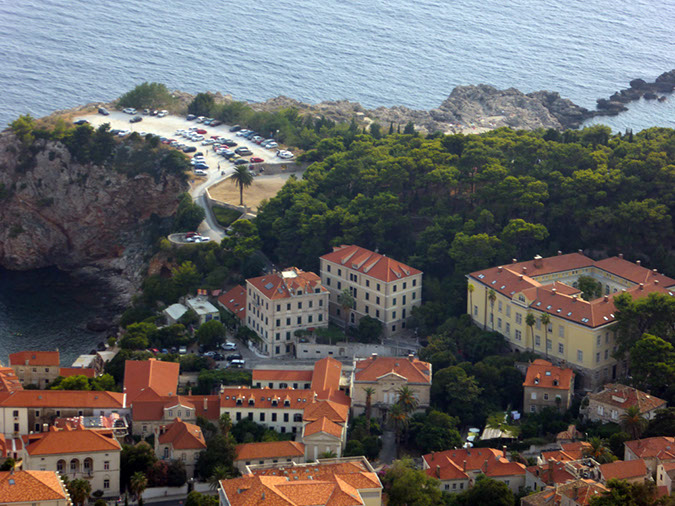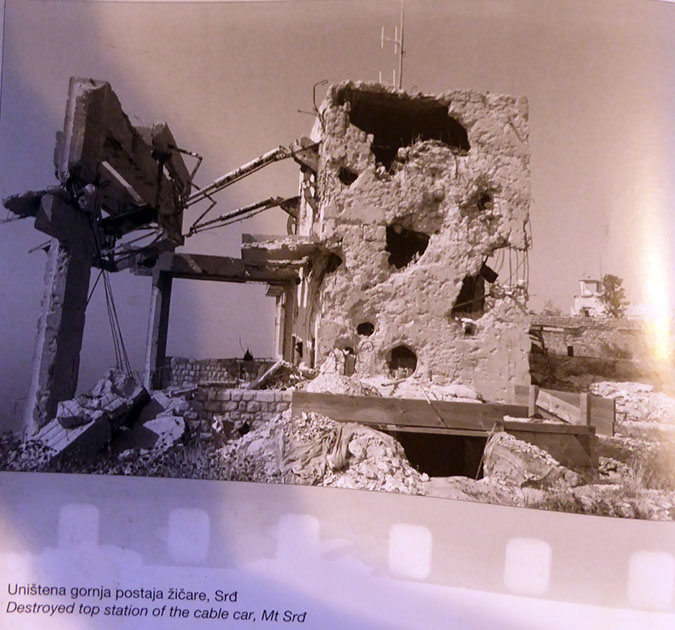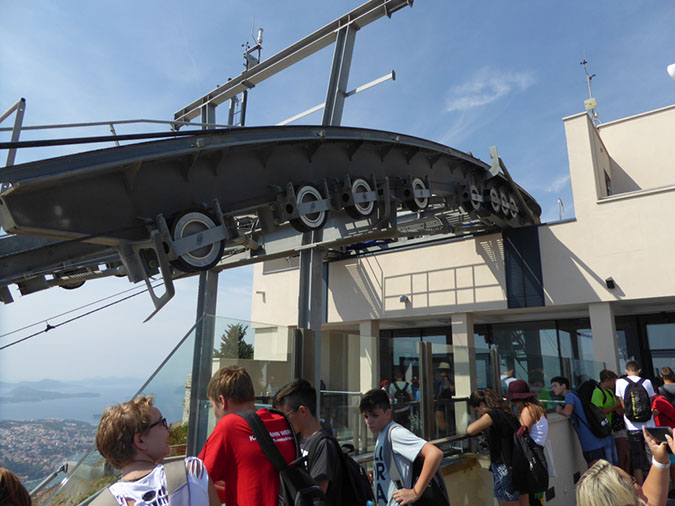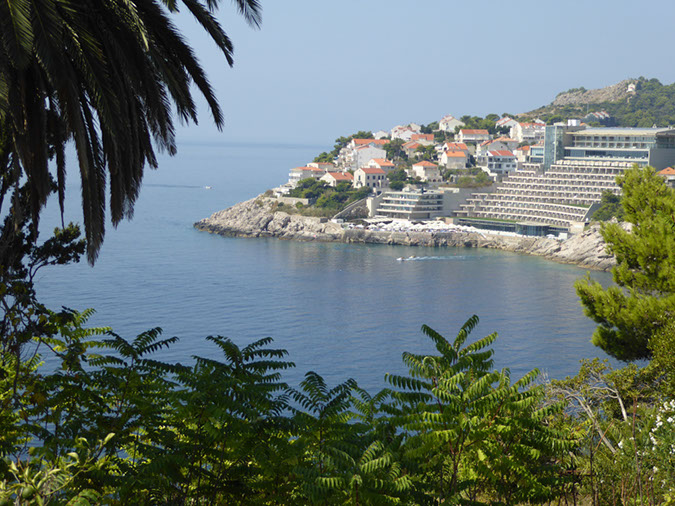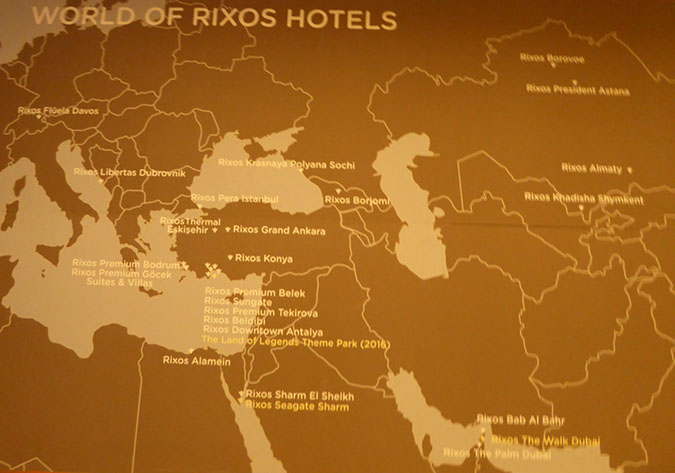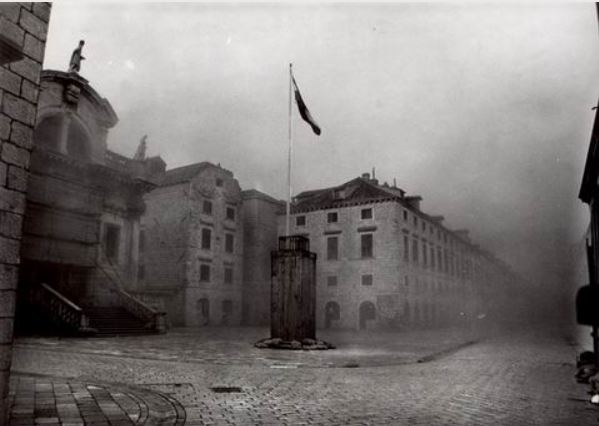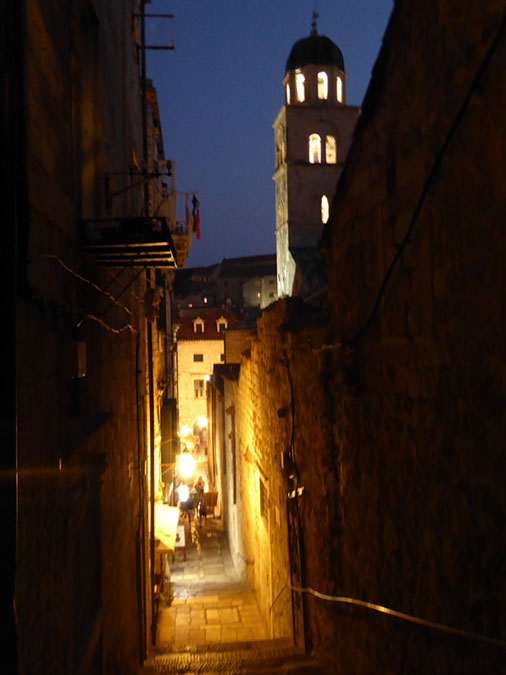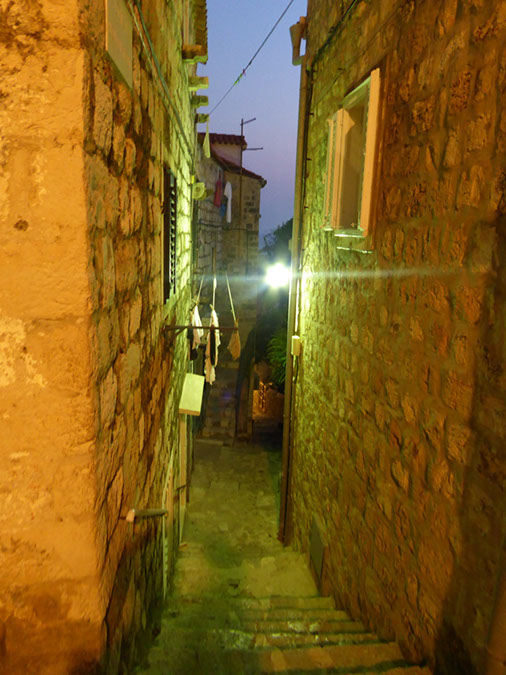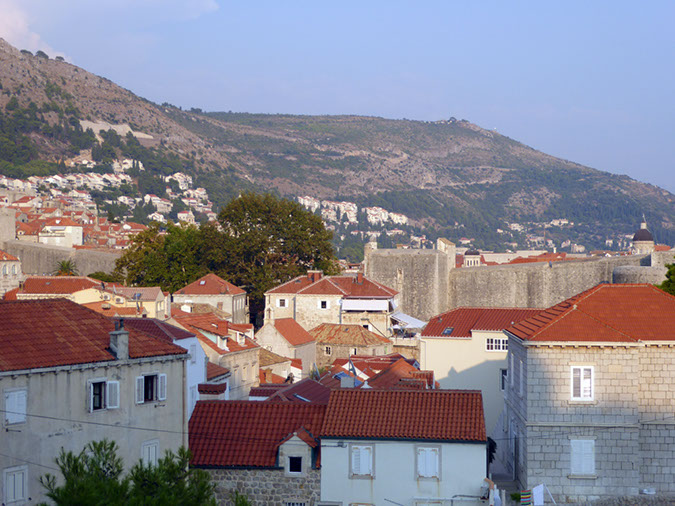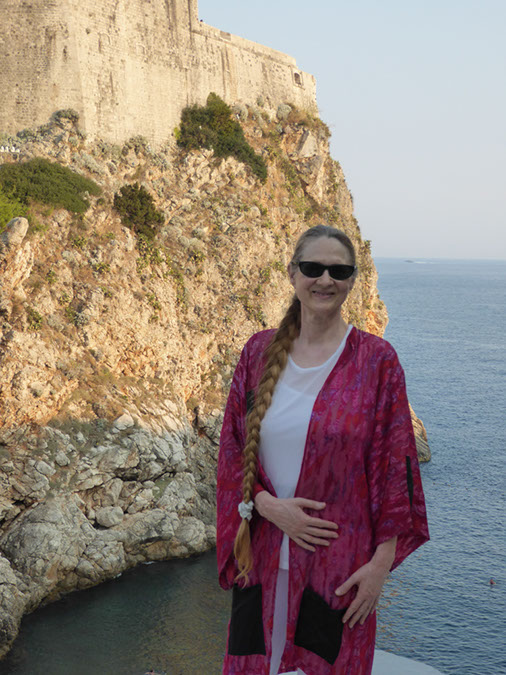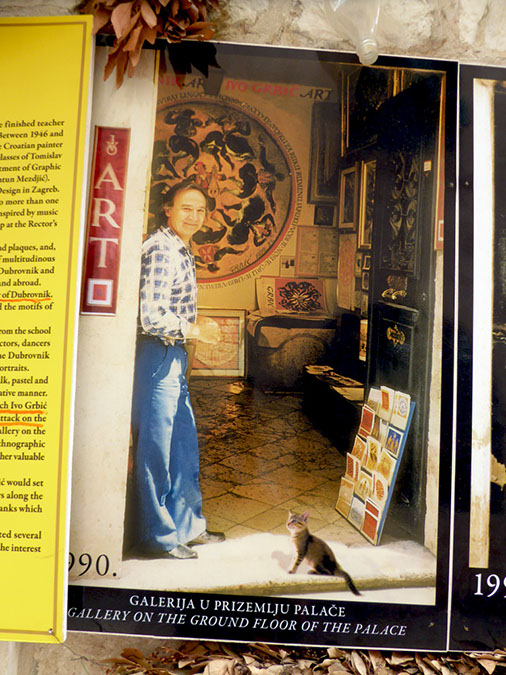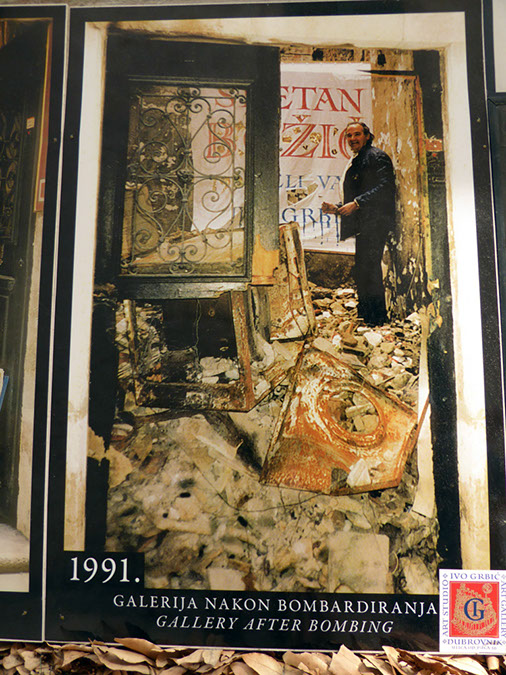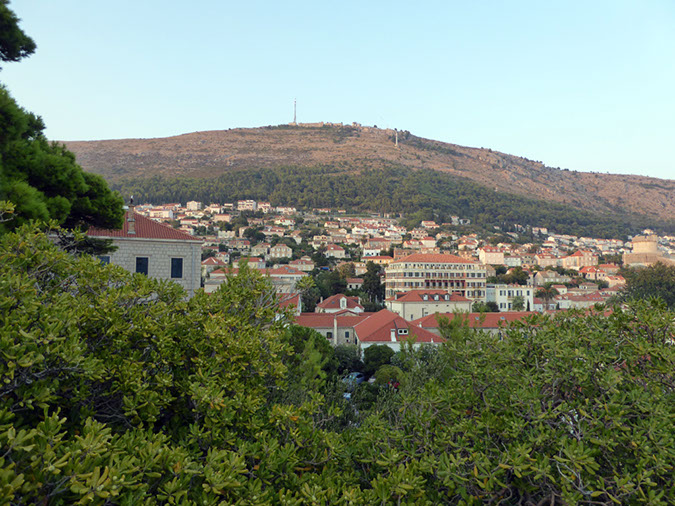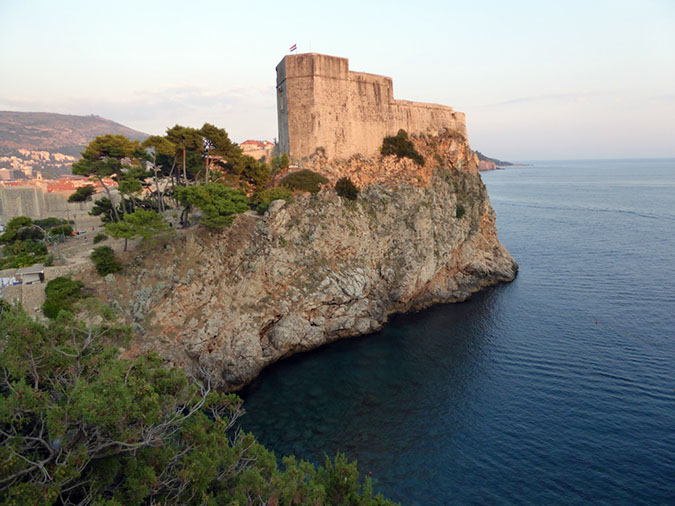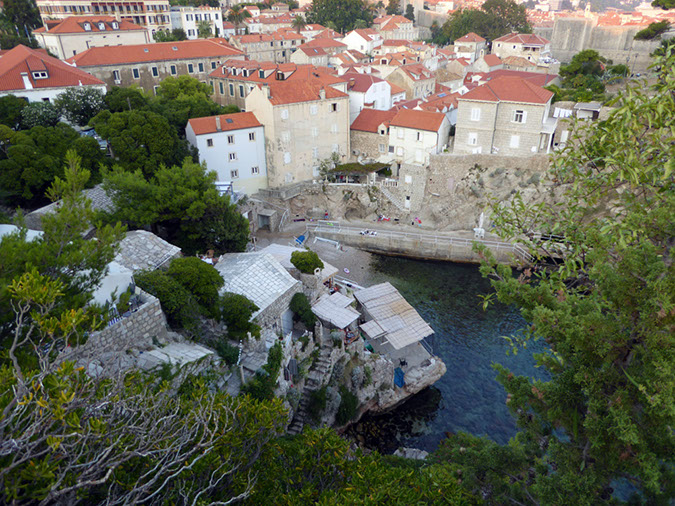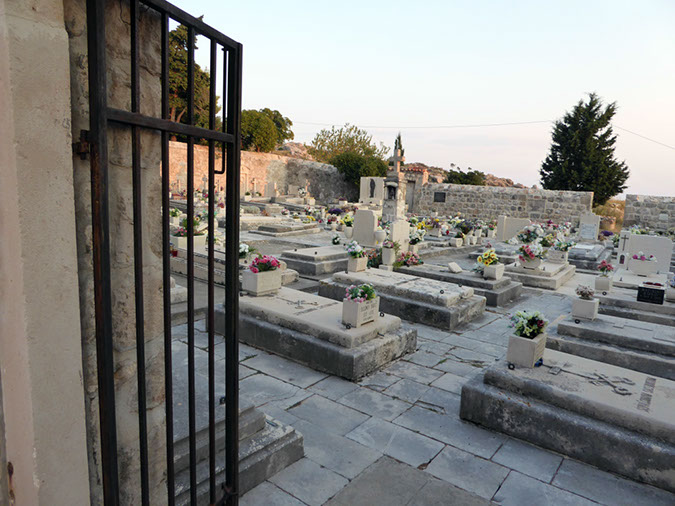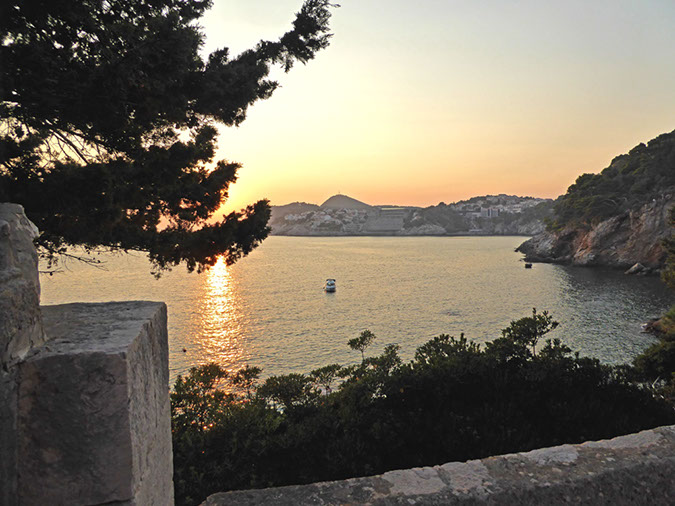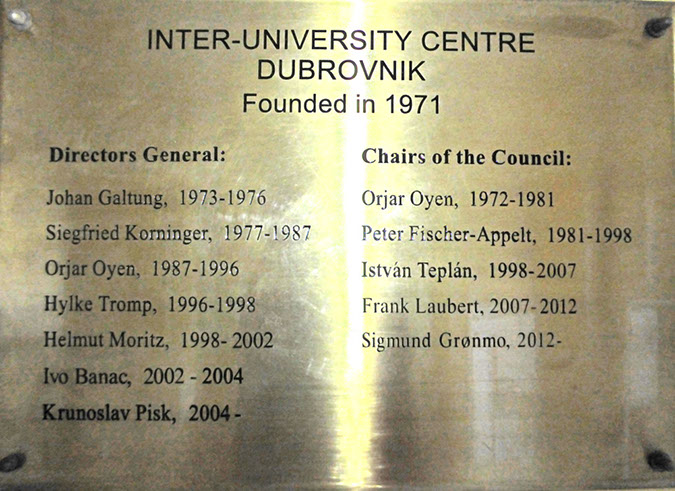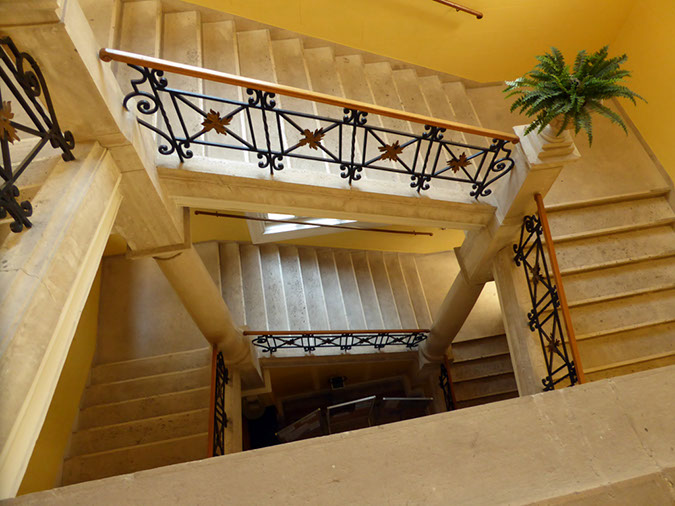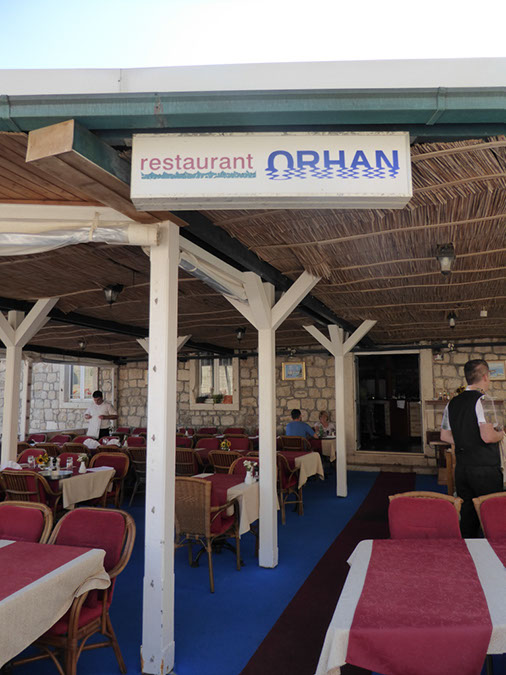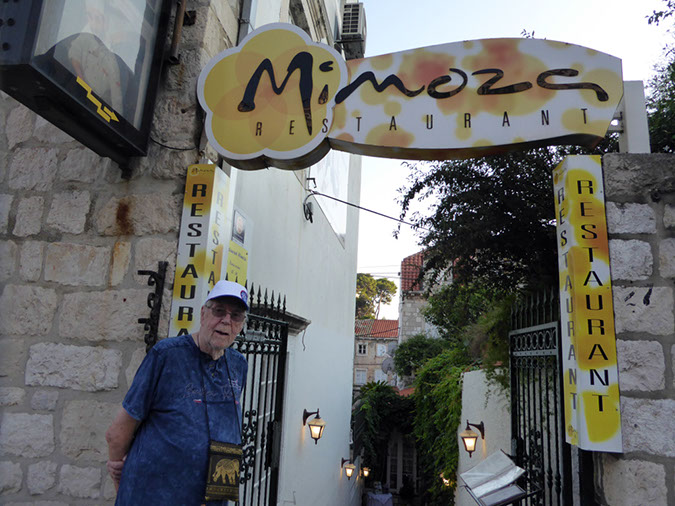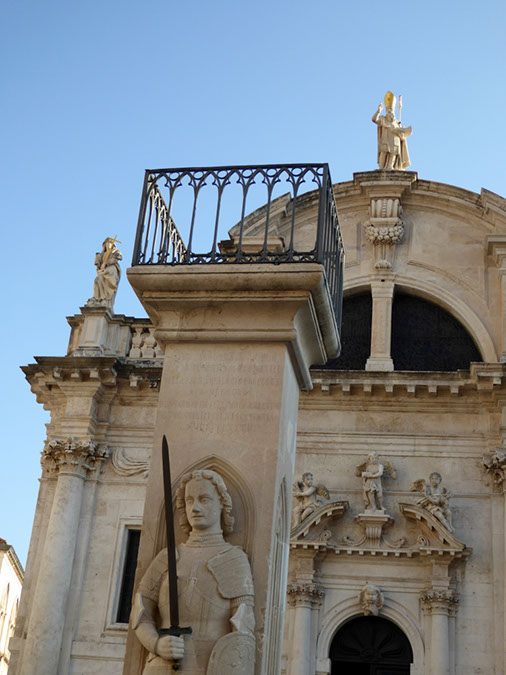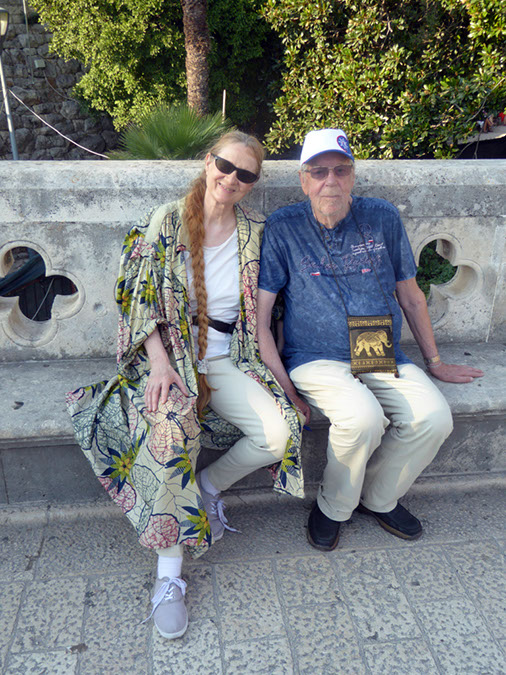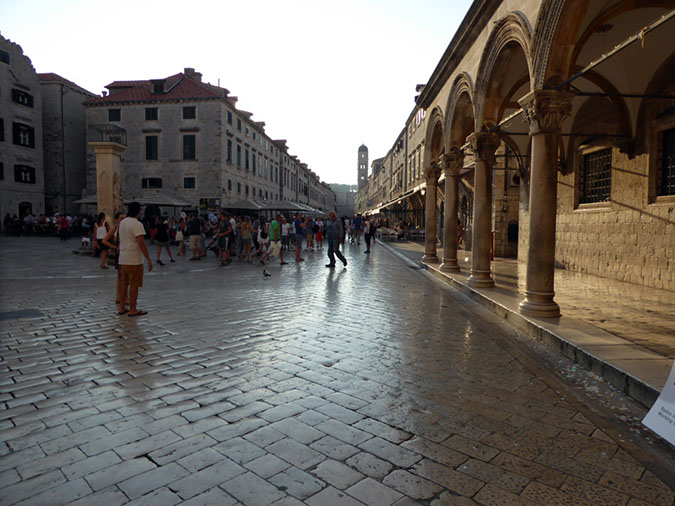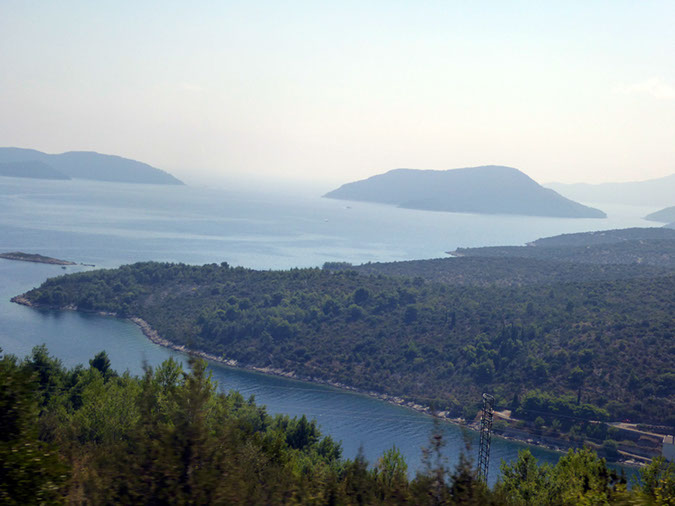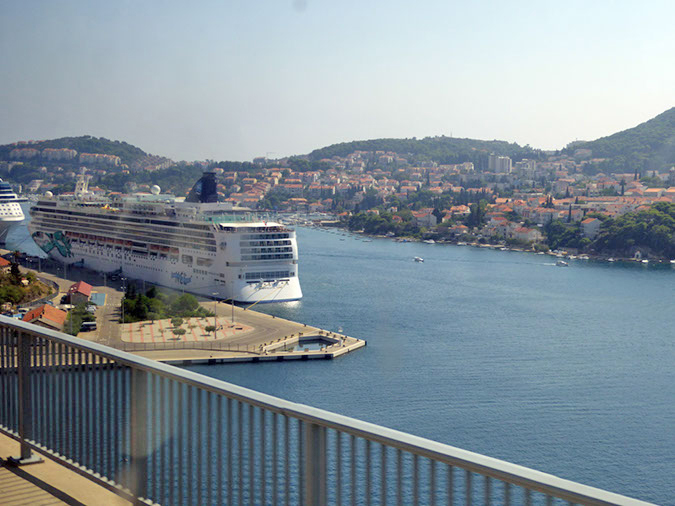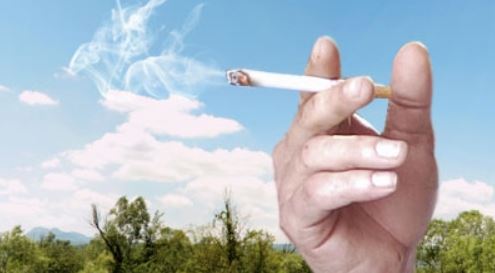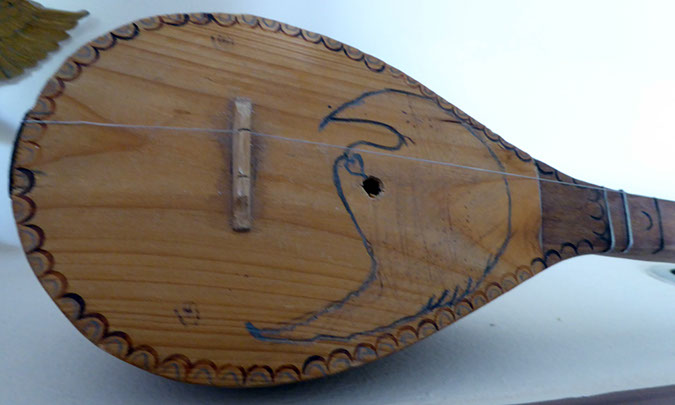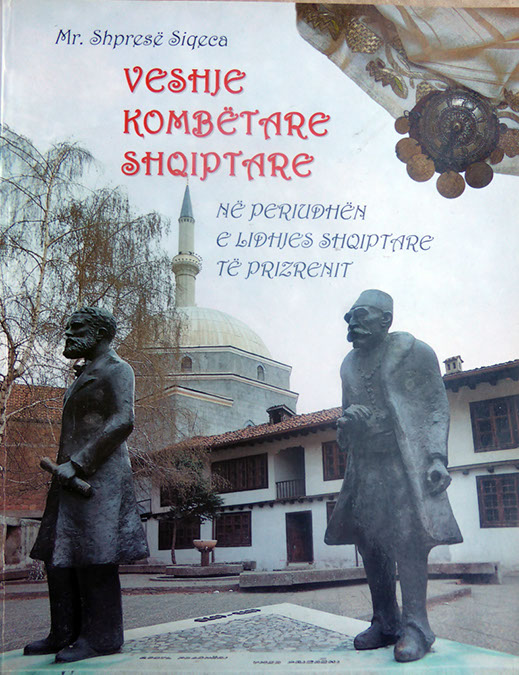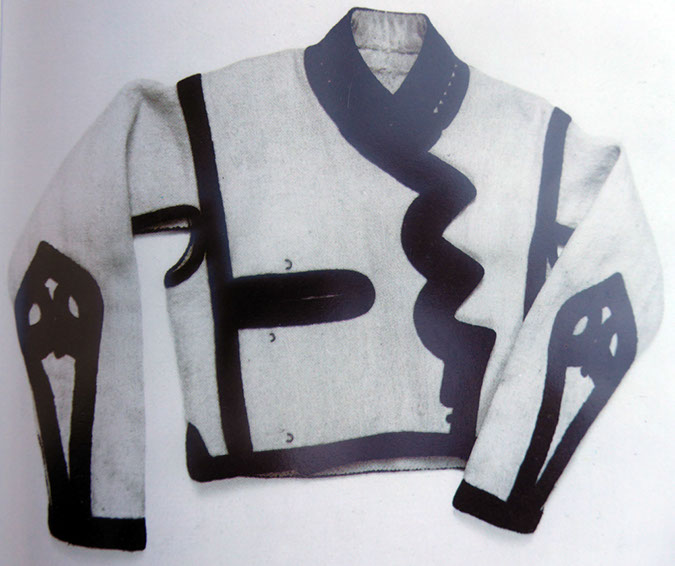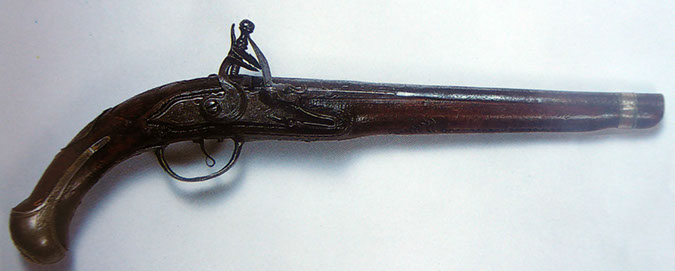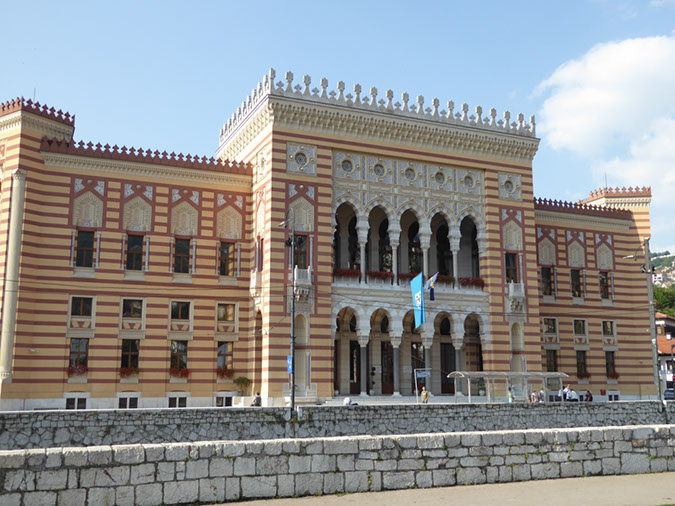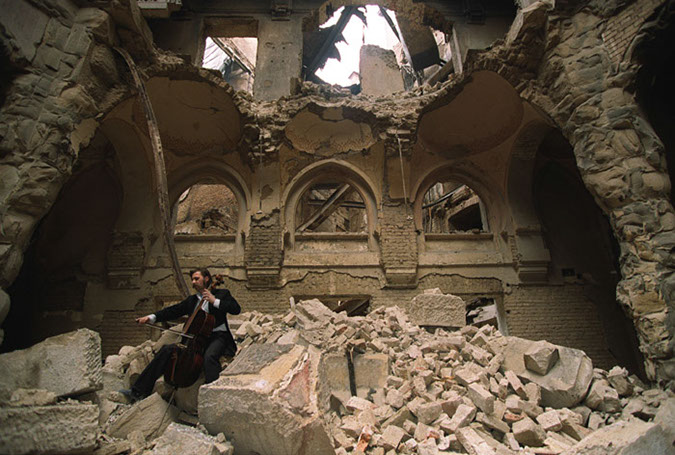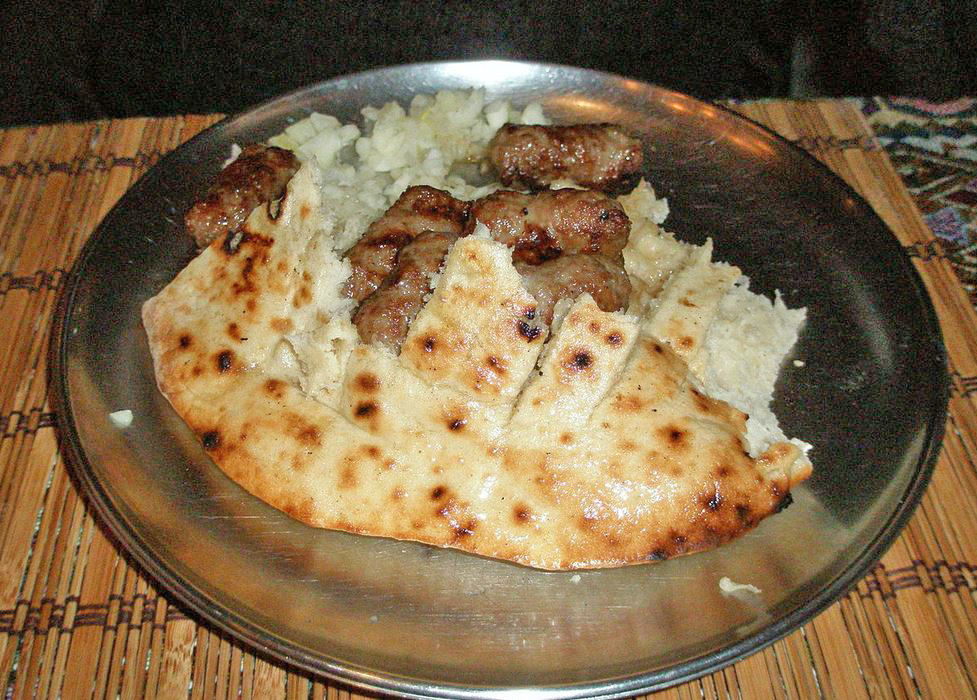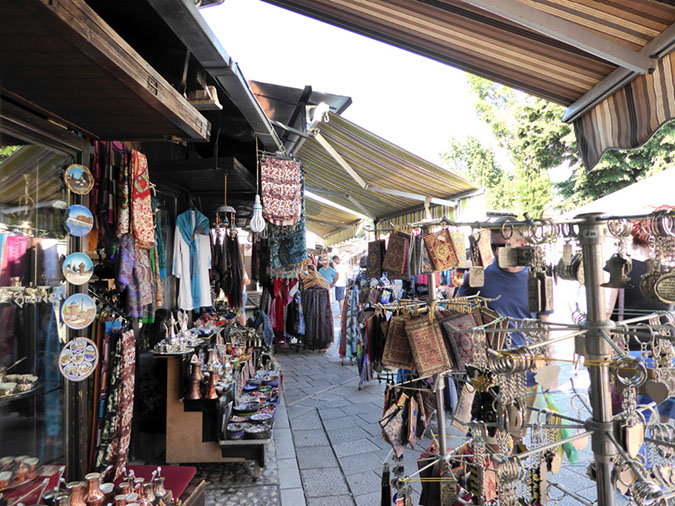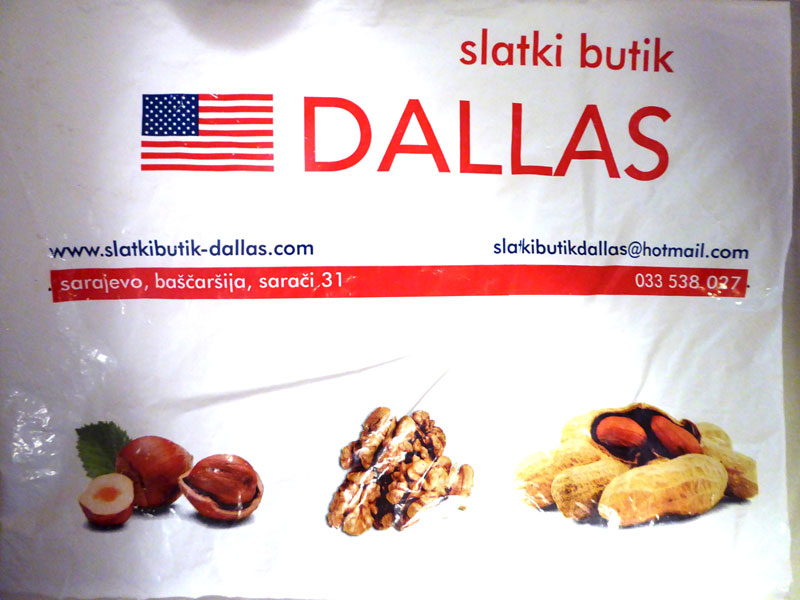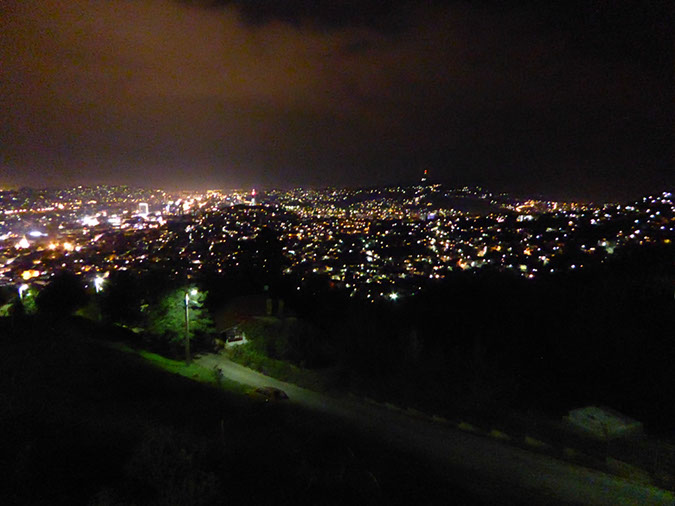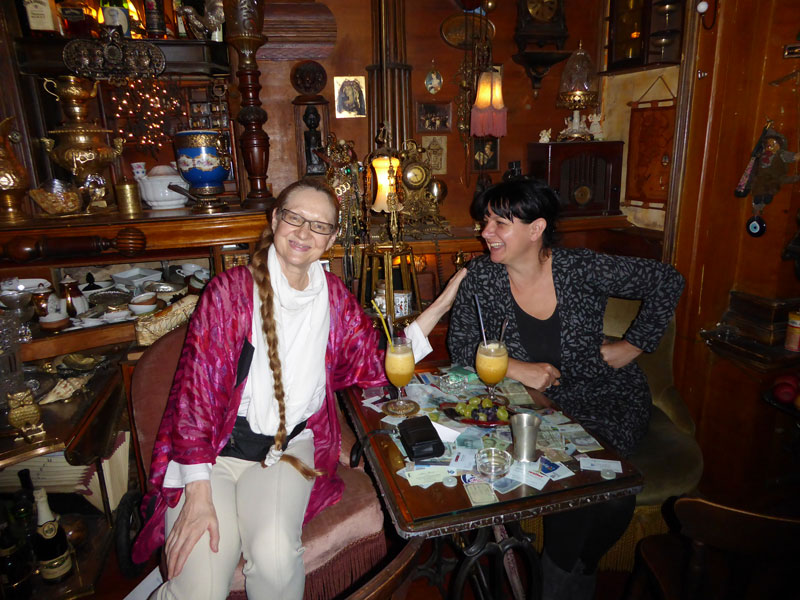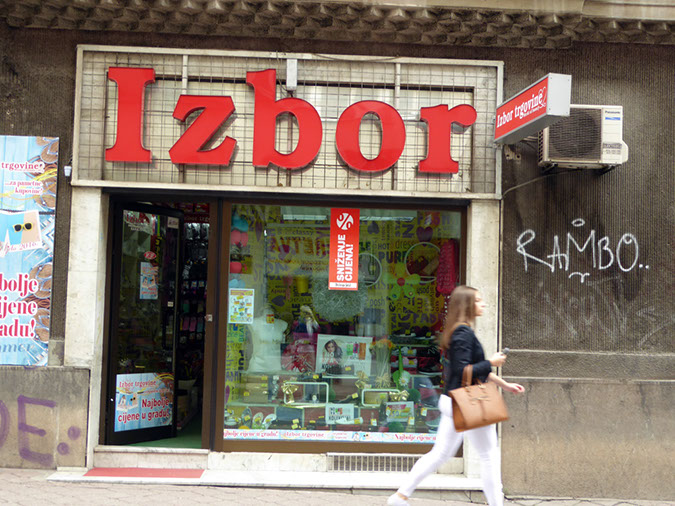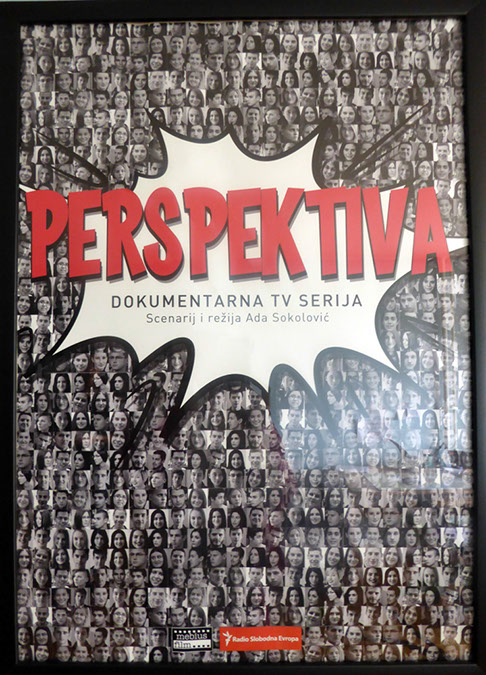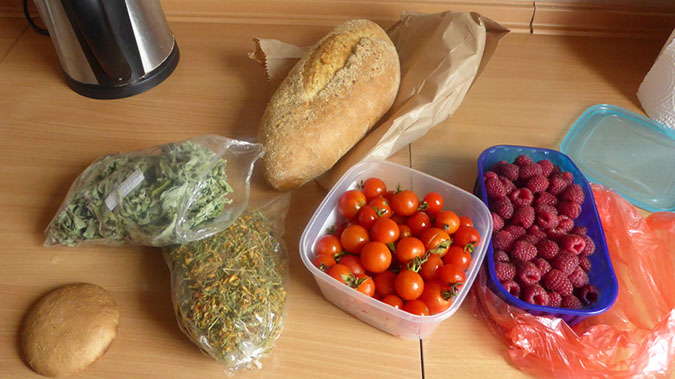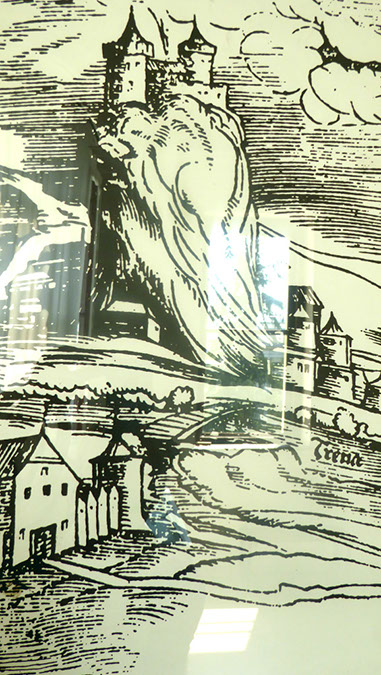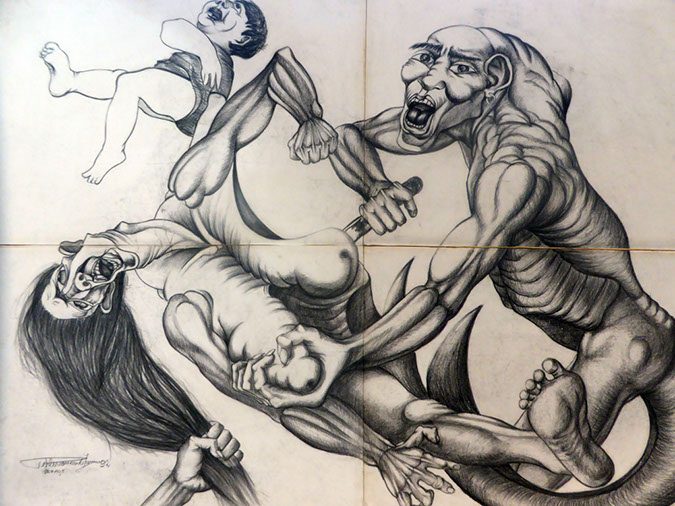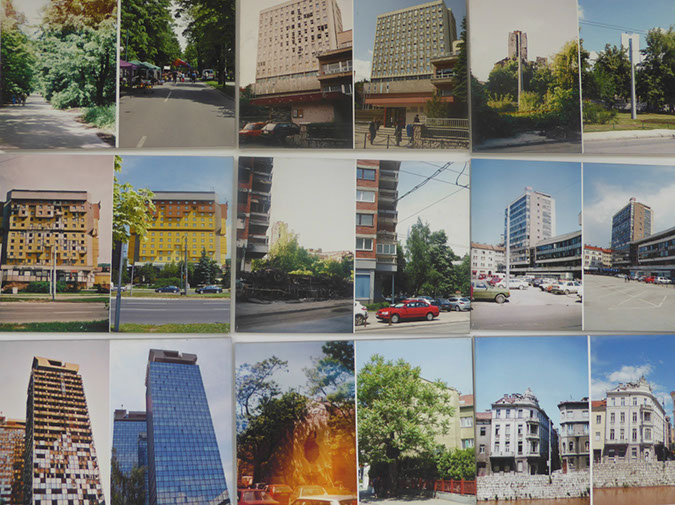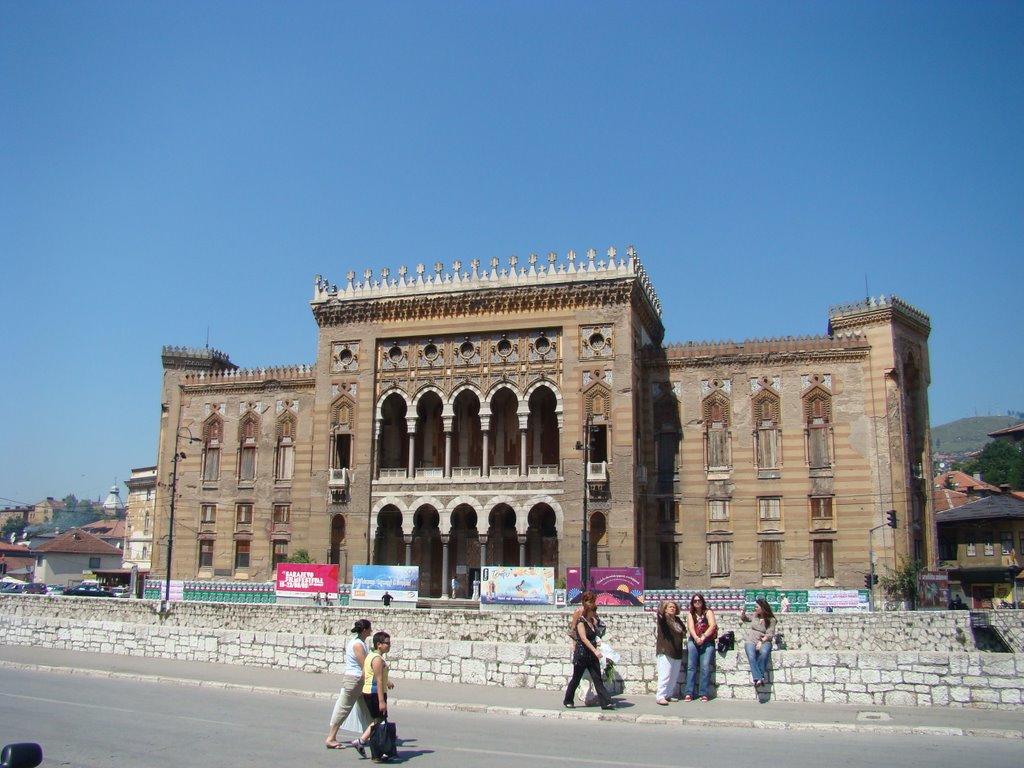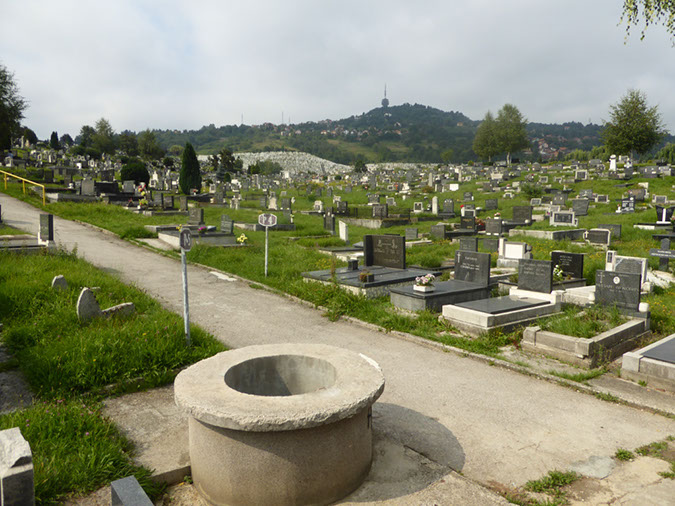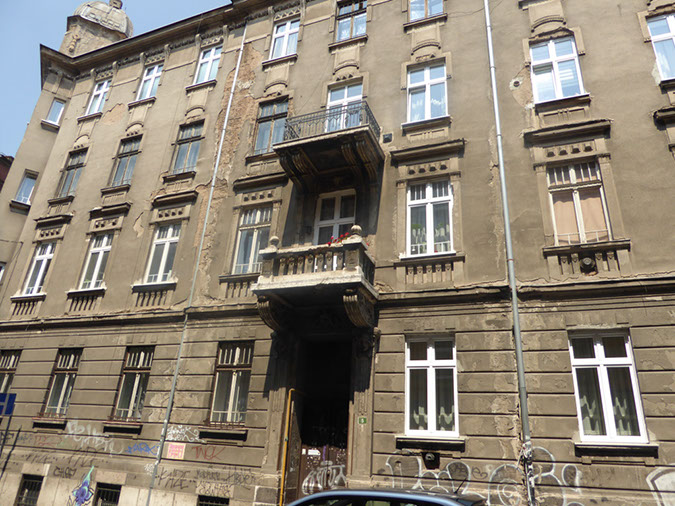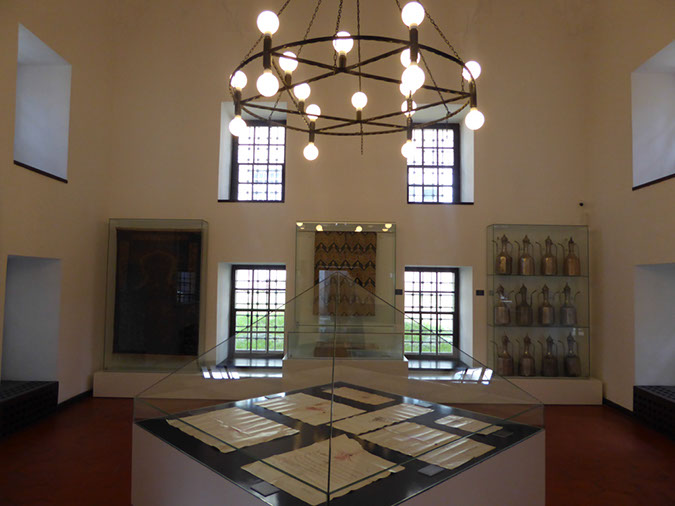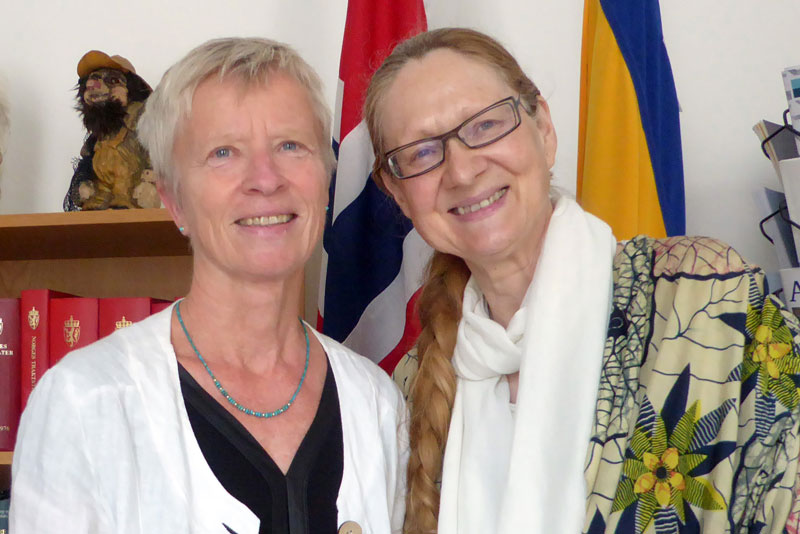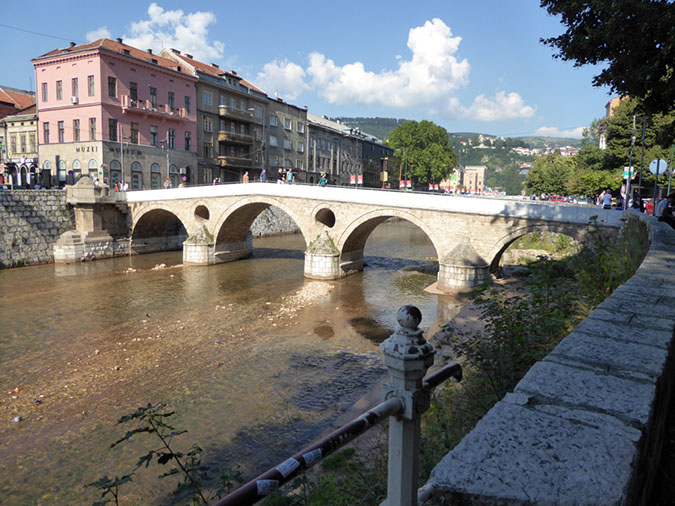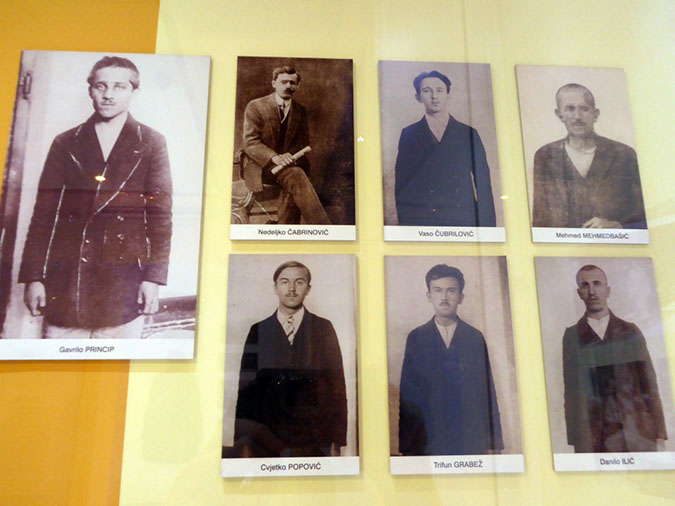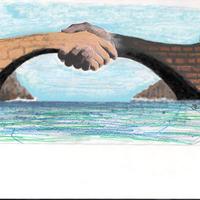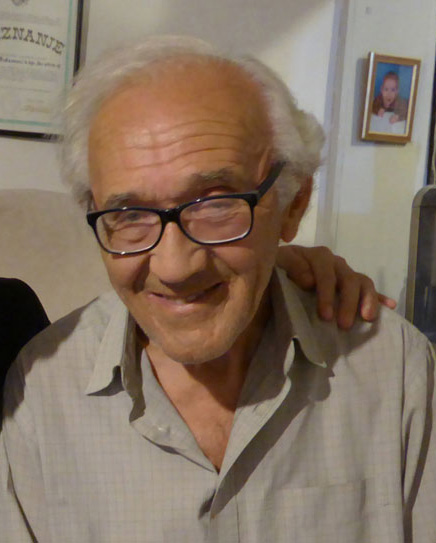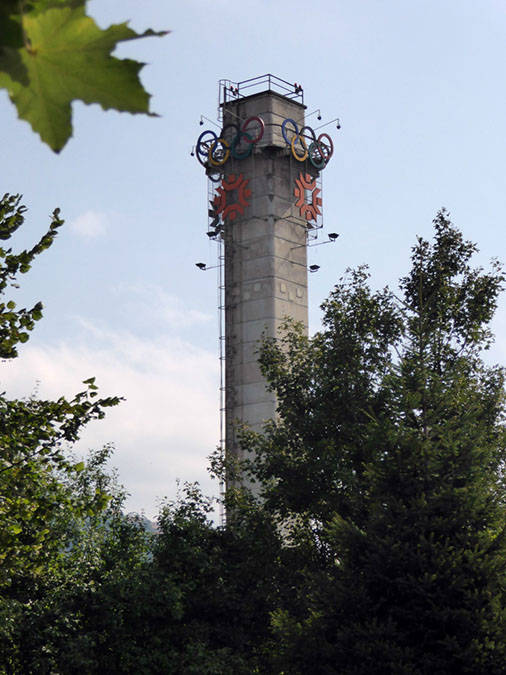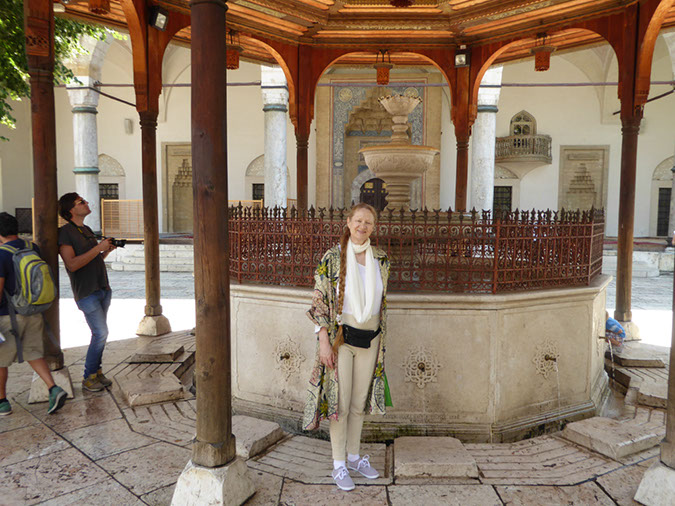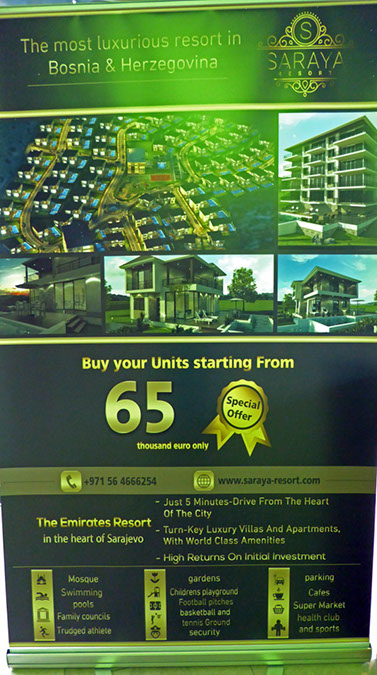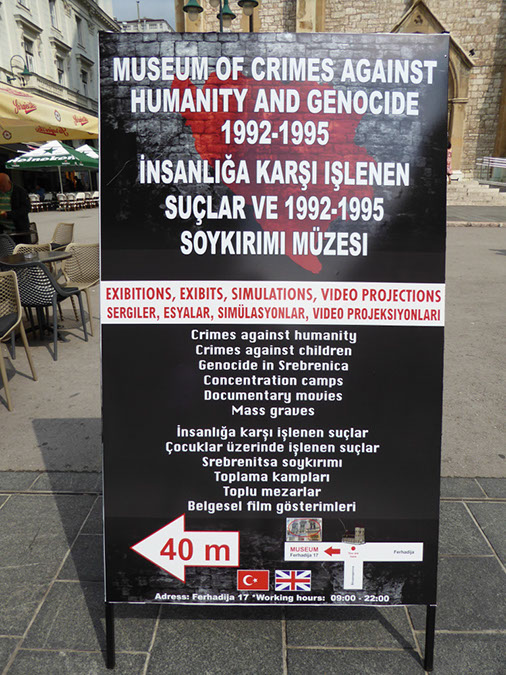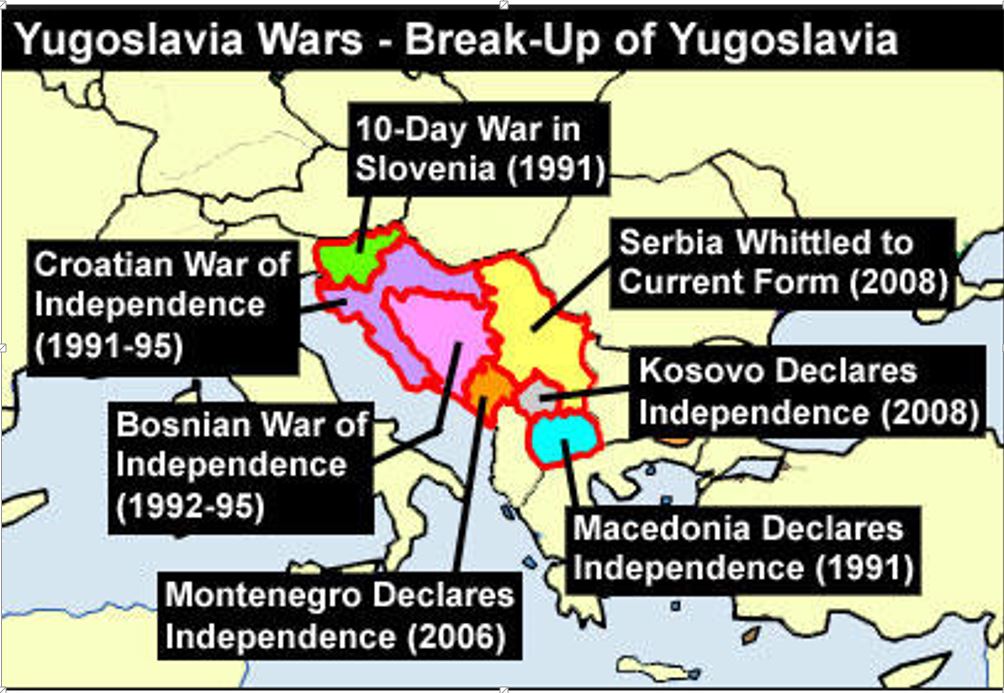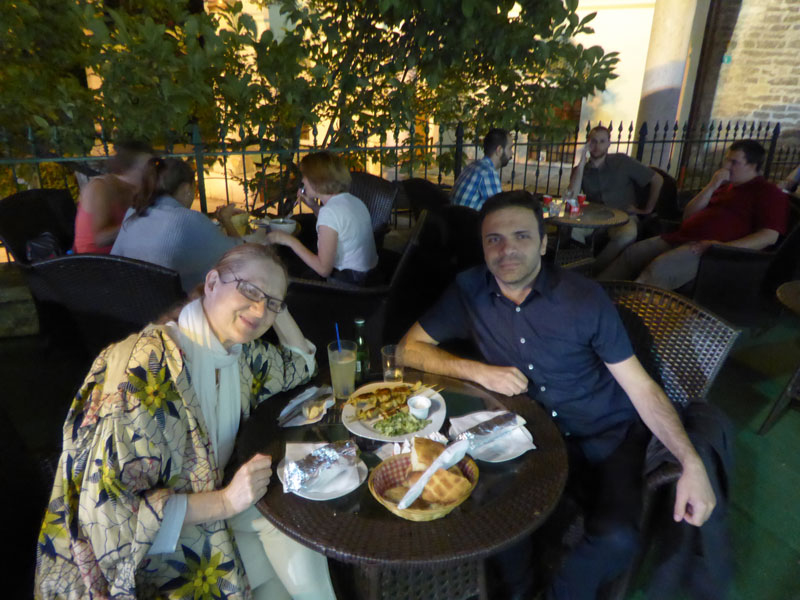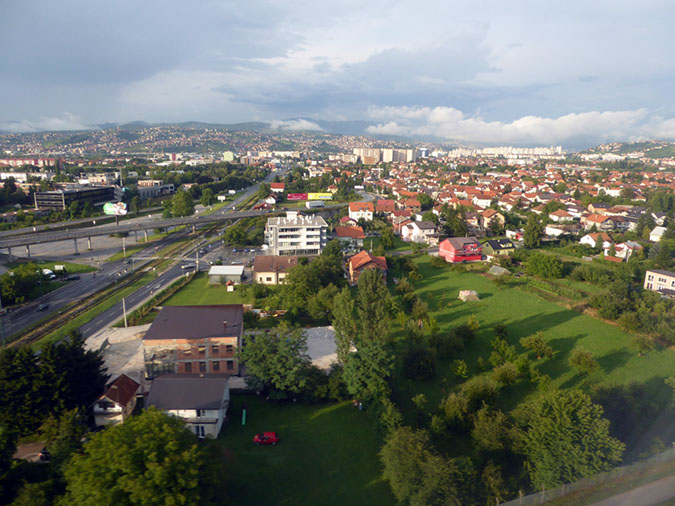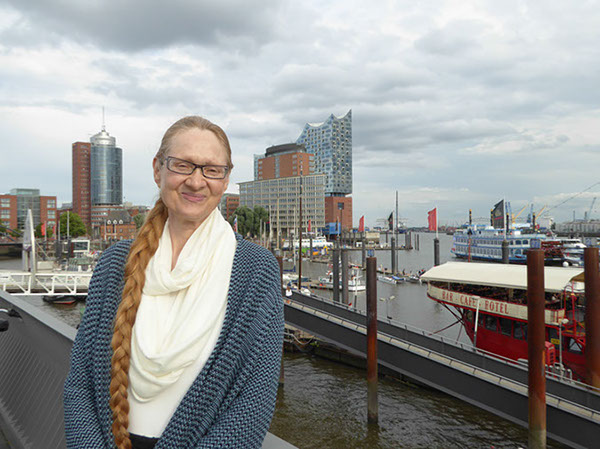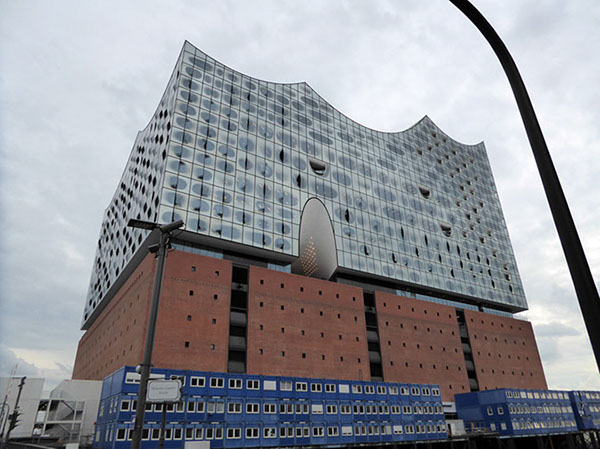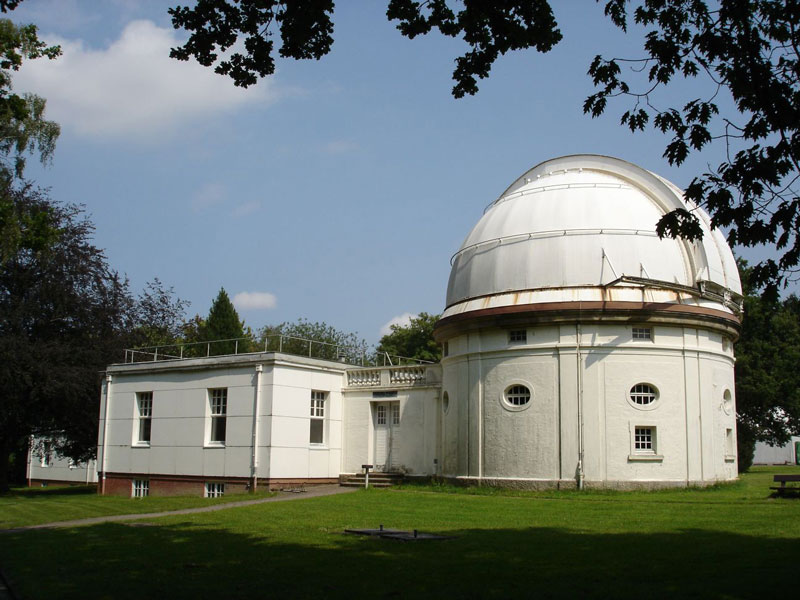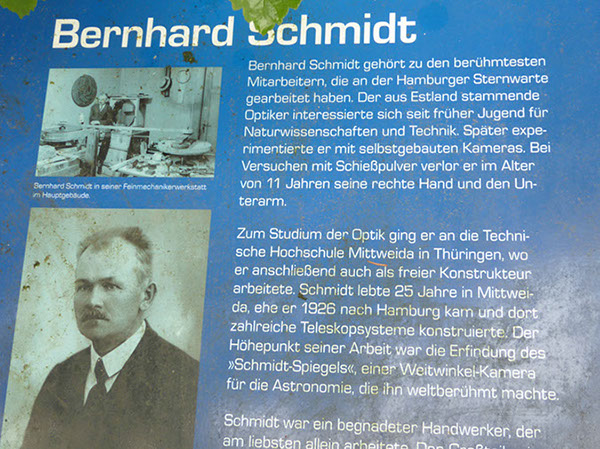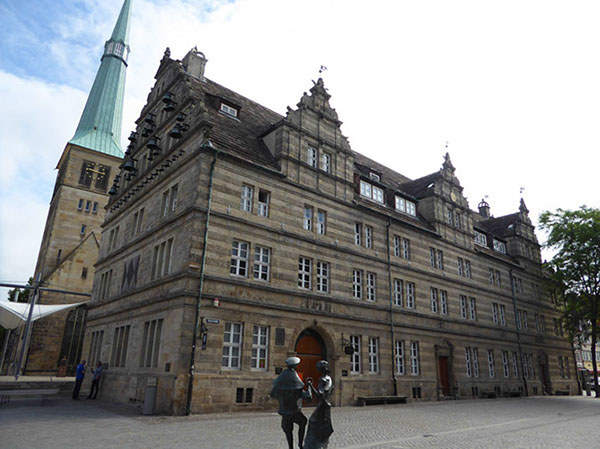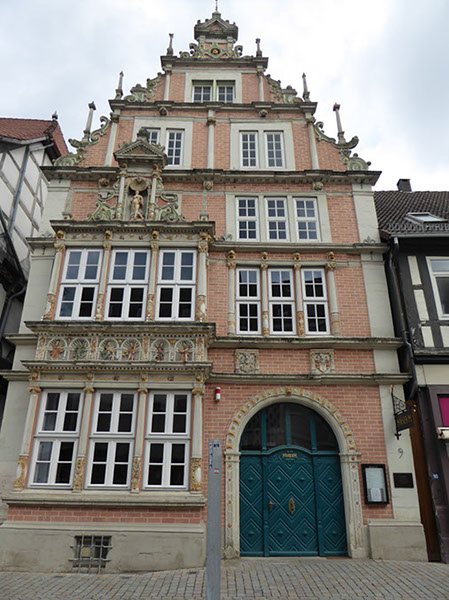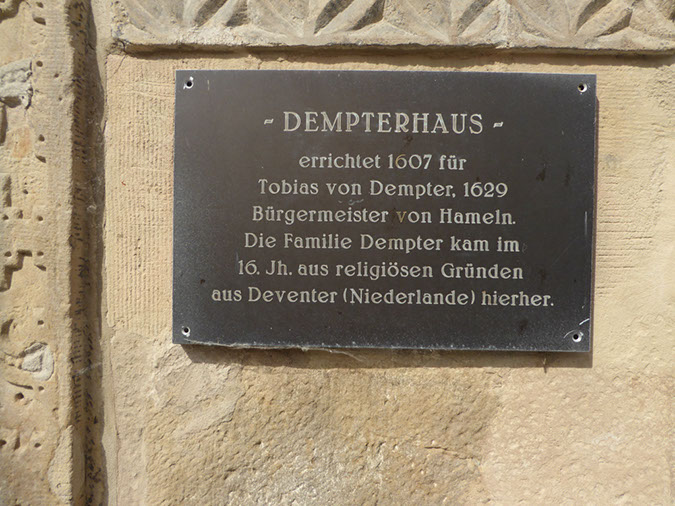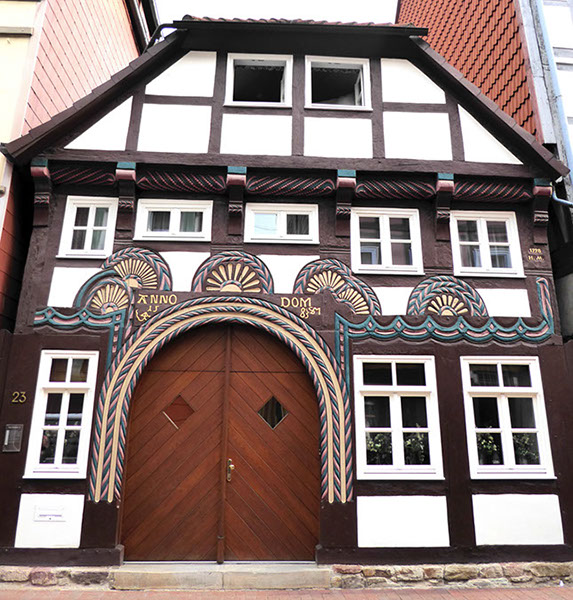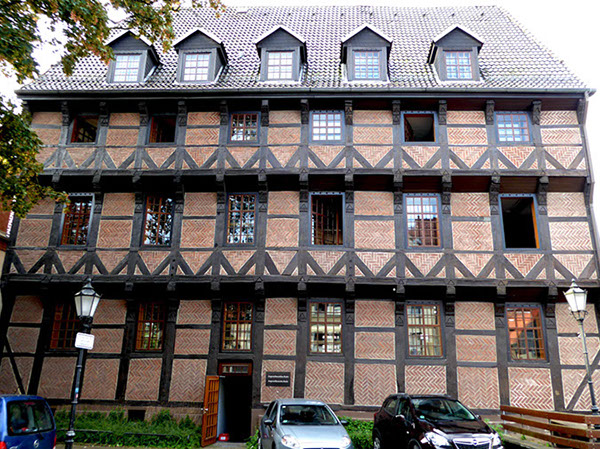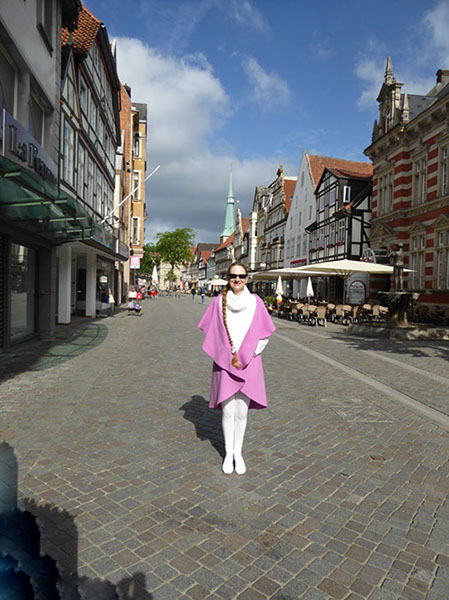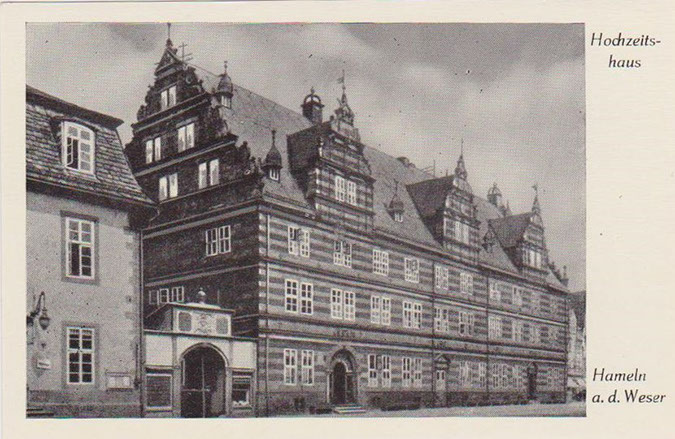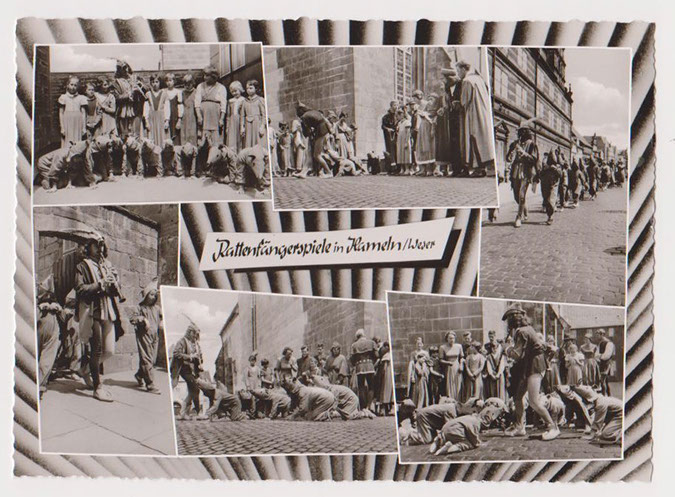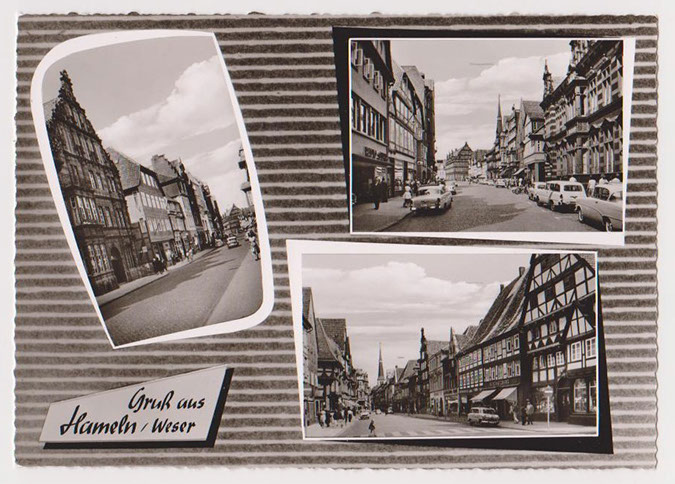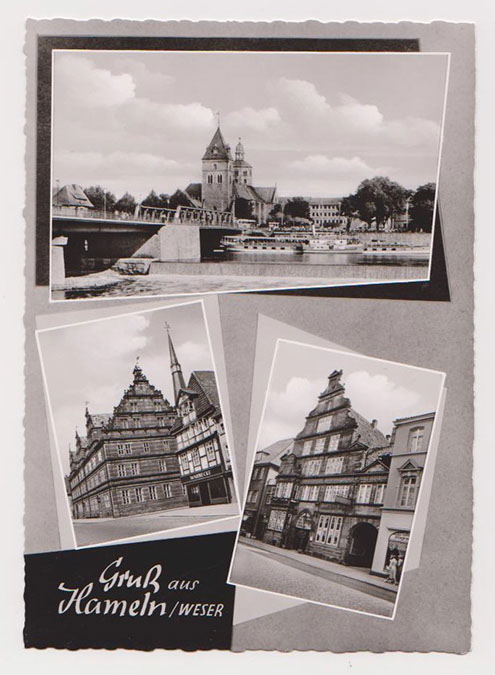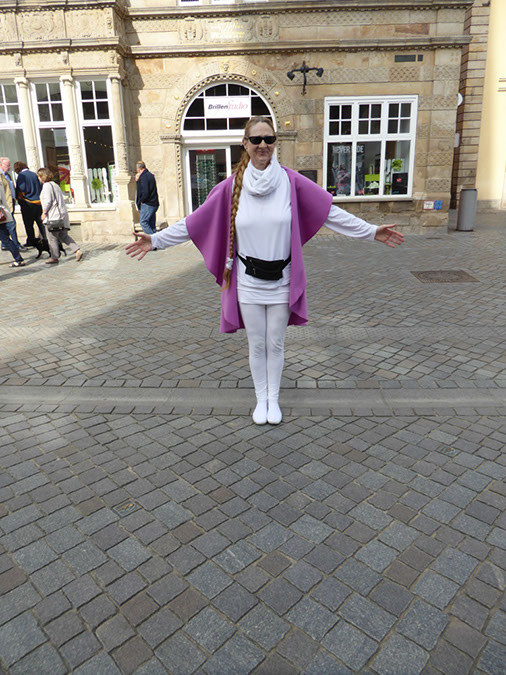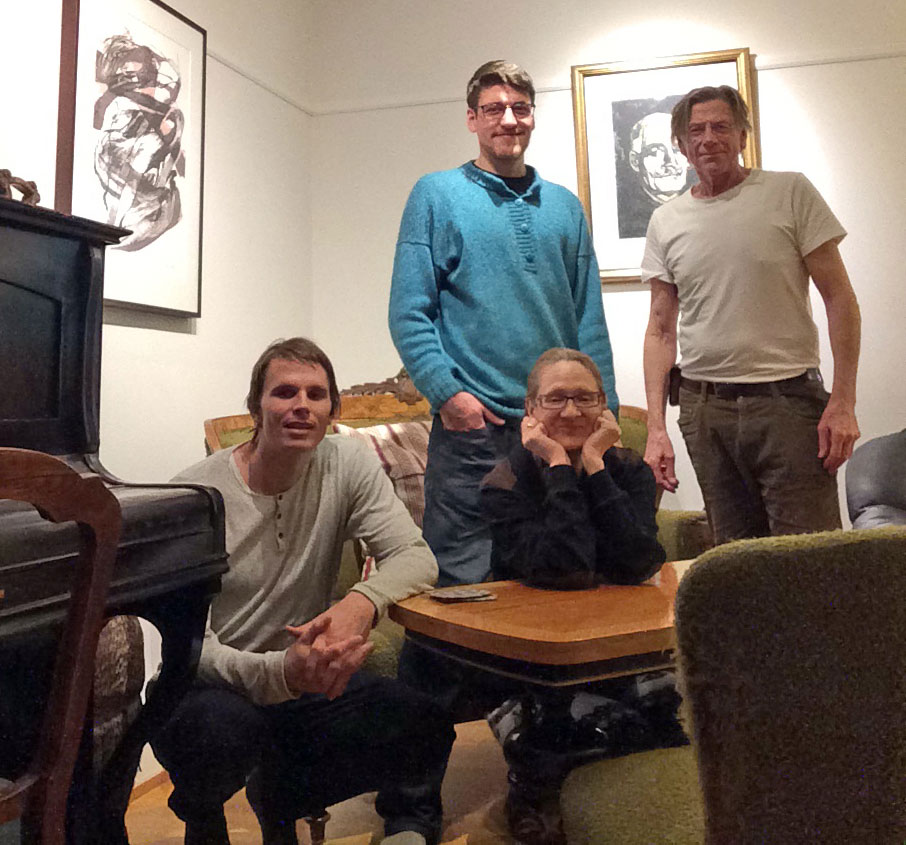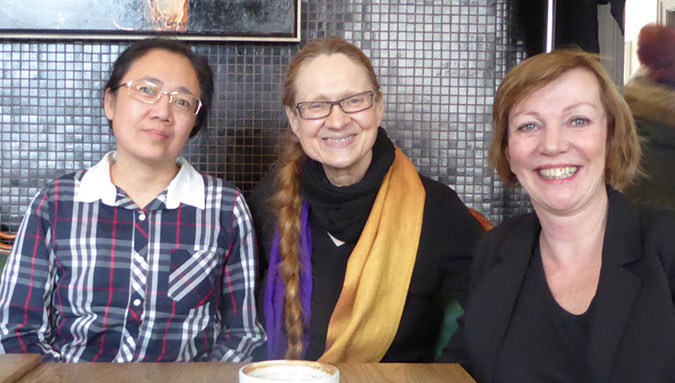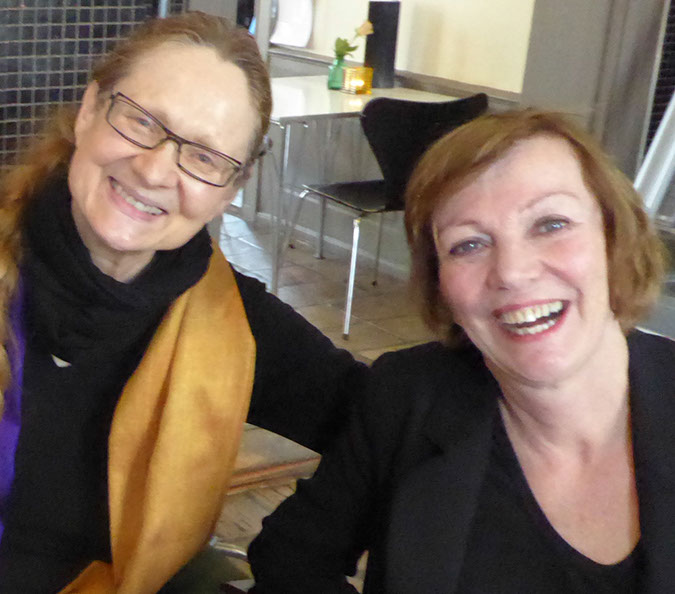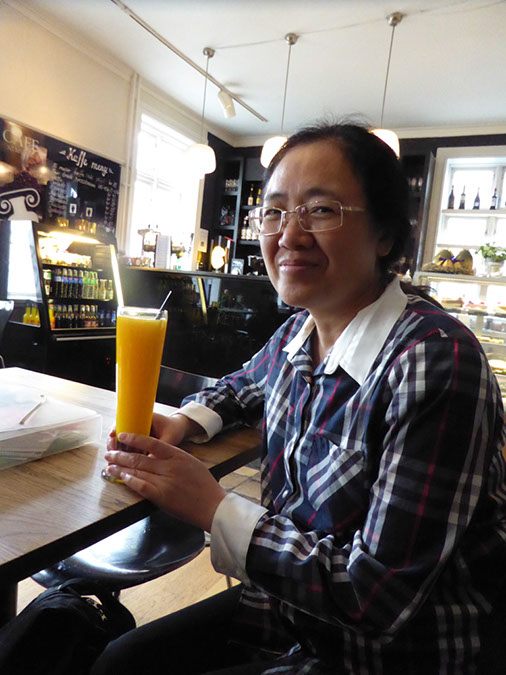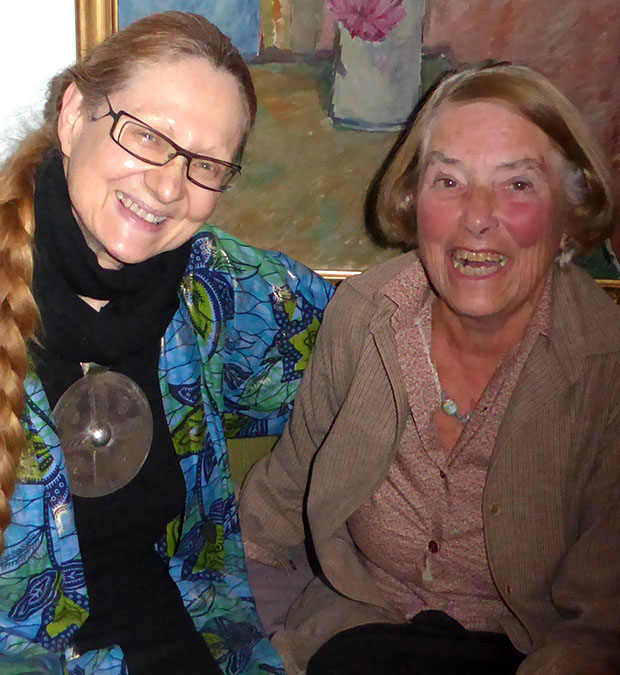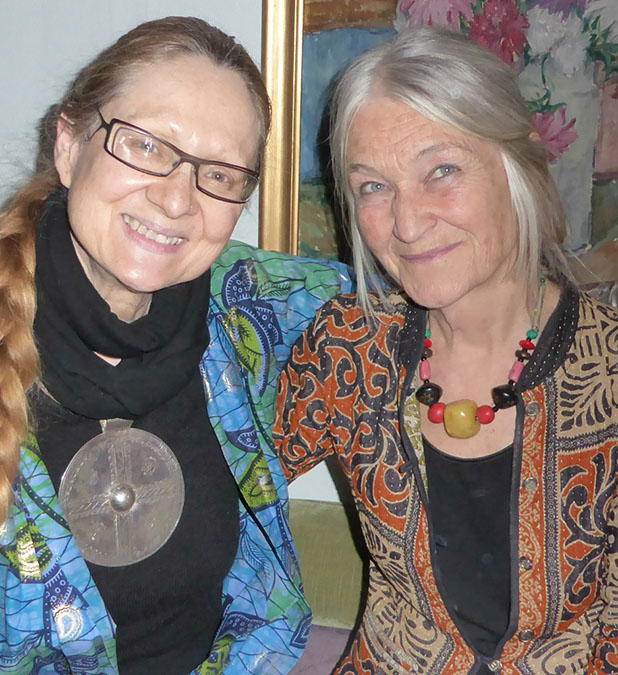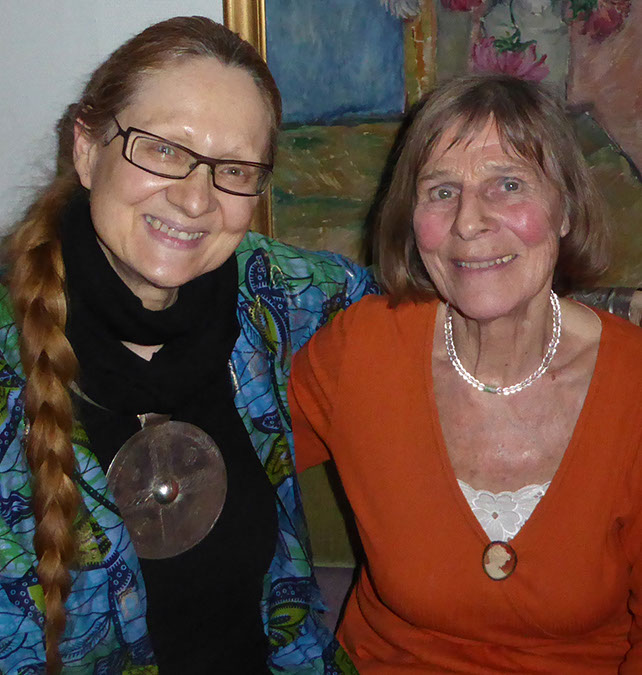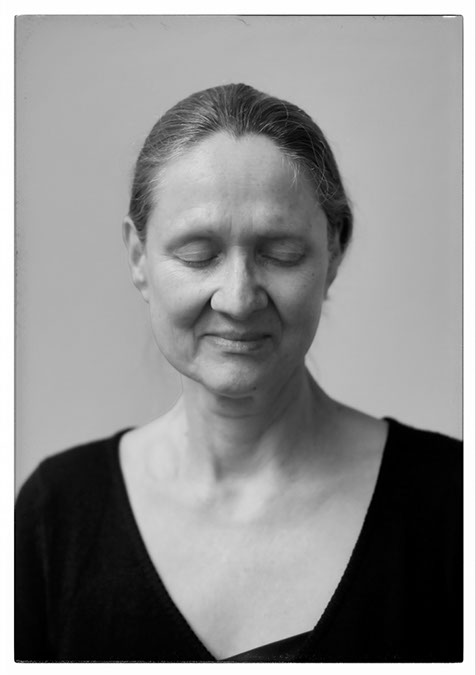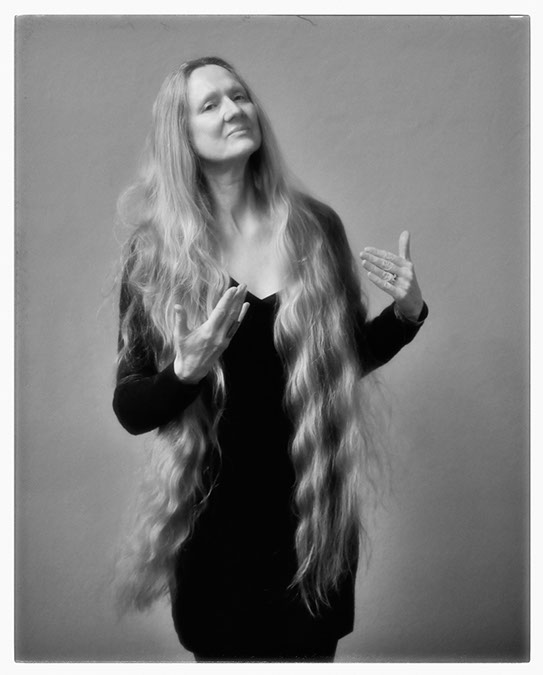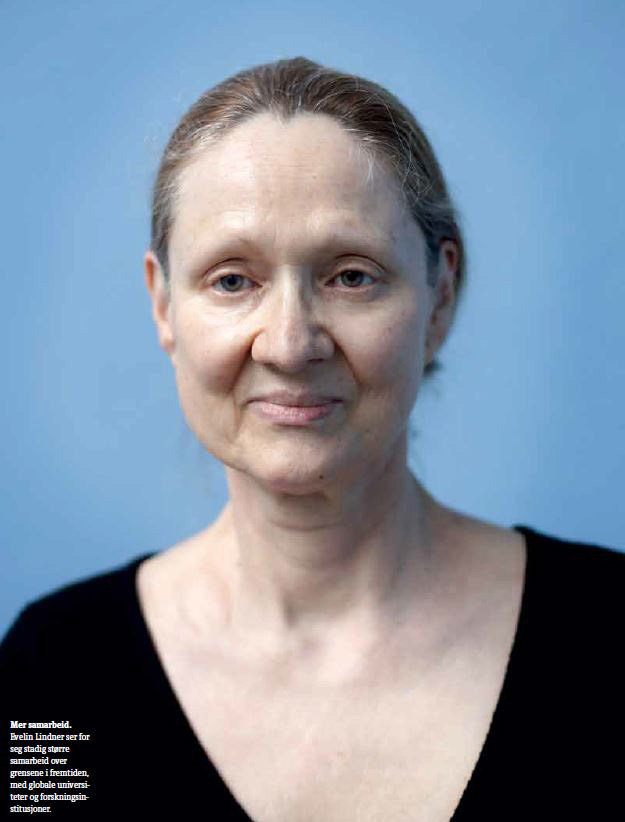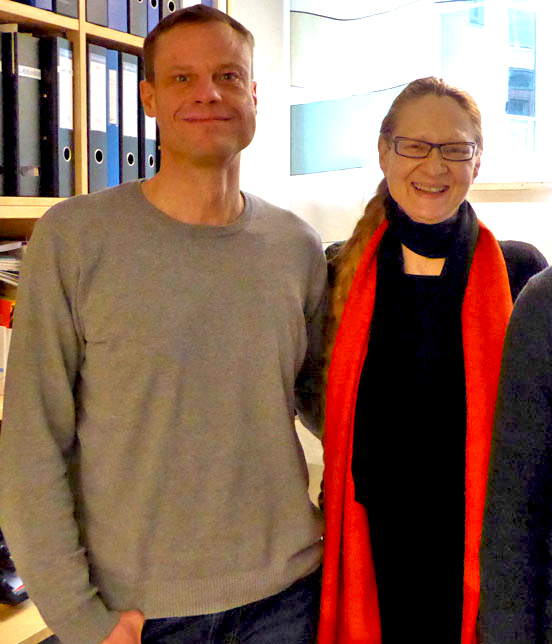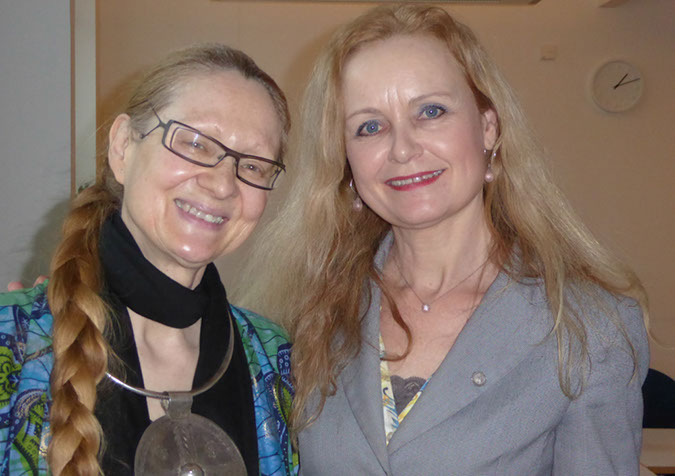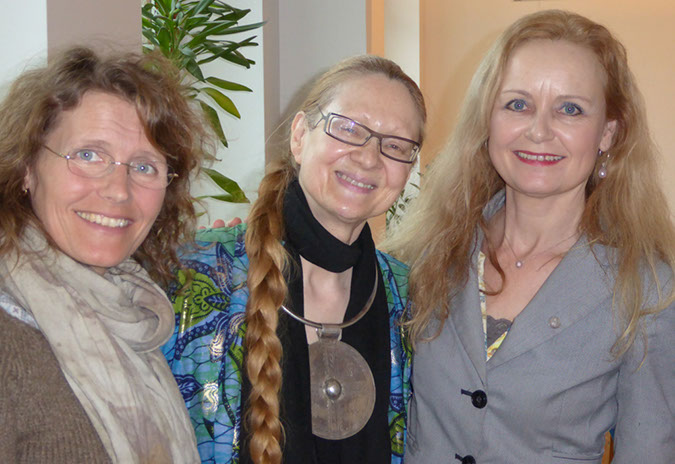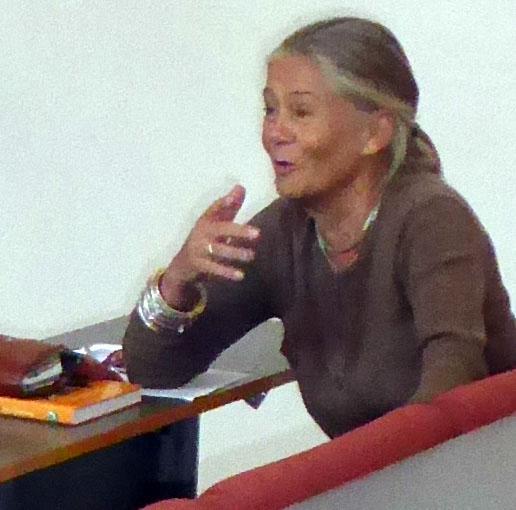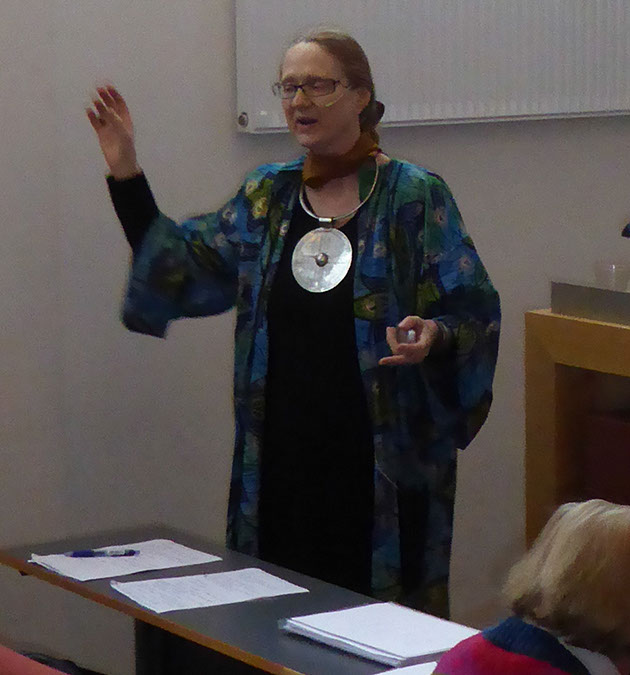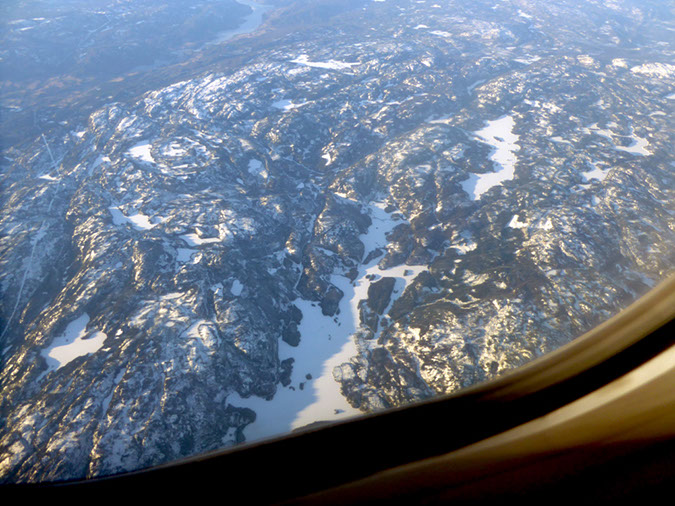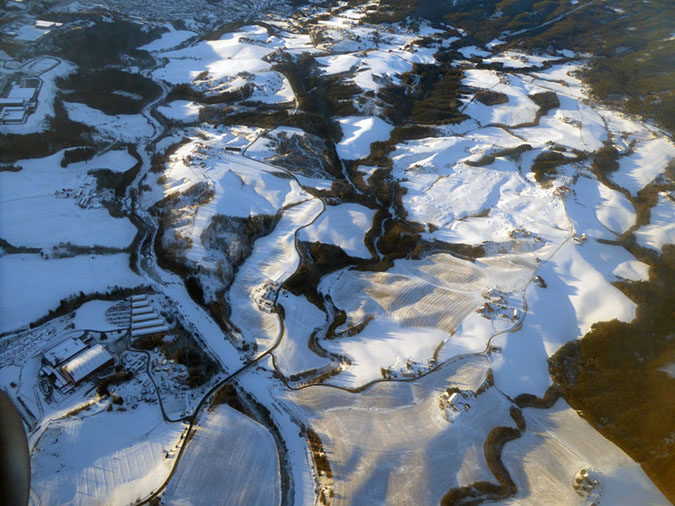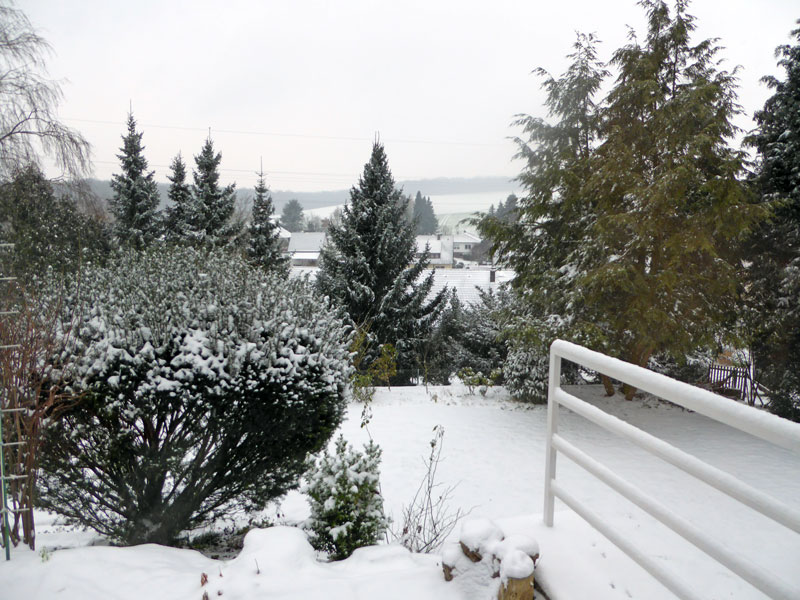Home | Who we are | Evelin G. Lindner | Evelin's pictures | Evelin's 2016 pictures
Evelin's 2016 picture documentation
2015 pictures | 2014 pictures | 2013 pictures | 2012 pictures | 2011 pictures | 2010 pictures | 2009 pictures | 2008 pictures | pictures until the end of 2007
This picture-blog is meant to document Evelin's efforts and whereabouts and share them with the HumanDHS network [read more].
See a brief legal note with regard to the permission to upload pictures with people other than Evelin.
The year starts at the bottom of this page and the most recent pictures are at the top.
|
Linda Hartling and Evelin Lindner are the conveners of the annual workshops at Columbia University since 2003, together with honorary convener Morton Deutsch (click on the picture above from 2014 to see it larger). |
Pictures of all of us on Day One and Two of the workshop |
Pre-Planned Dignilogue 1 on
Day One of our workshop Honorary Convenor: Morton Deutsch Moderators: David Yamada and Annette Engler Seating Manager: Rick Slaven See here a Summary of Our Dignilogue Format for you to download Contributors: • Michael L. Perlin • Claudia Cohen • Daniel Rothbart • Janet Gerson Still photos: • Please click here to see all of Brandon Scott's 821 photos of Day One • Please click here to see all of the 75 photos of Day One taken with Evelin Lindner's camera • Please click here to see all of Hua-Chu Yen's 27 photos of Day One Videos: • 01 Linda Hartling Welcomes Everybody • 02 Danielle Coon Welcomes Everybody • 03 Linda Hartling Introduces Our Appreciative Frame • 04 Christine de Michele Brings Everybody Together • 05 A Global Dignilogue with Evelin Lindner and Linda Hartling • 05.1 Ljoba Jenče Shared Her Art in Dubrovnik on September 23, 2016 • 06 David Yamada Explains the Dignilogue Format • 07 Pre-Planned Dignilogue 1 "How Are Human Dignity and Humiliation Relevant to Destructive Conflict?" • 08 Christine de Michele Shares "Island" |
Renée Monrose has created the wonderful Face-to-Face exhibition at the Union Theological Seminary in New York City, an ecumenical seminary affiliated with Columbia University in Manhattan. Thank you so much, dear Adair, for introducing us to Renée! What an amazing gift it was that our workshop participants were able to visit your exhibition, dear Renée! • Please click on the photos in the top row above or here to see more pictures of Renée in November 2016. • Please click on the photos from December 8 and 9, in the rows below or here to see them larger. |
Phil Brown led the Turning Ideas into Action session on
Day One of our workshop, in our new Co-Created Dignilogues # 1 Still photos: • Please click here to see all of Brandon Scott's 821 photos of Day One • Please click here to see all of the 75 photos of Day One taken with Evelin Lindner's camera • Please click here to see all of Hua-Chu Yen's 27 photos of Day One Videos: • 09 Phil Brown, Gabriela Saab, and Linda Hartling Shape the Co-Created Dignilogues • 10 Co-Created Dignilogues in the Making • 11 Co-Created Dignilogue 1 "Being an Effective Ally" • 12 Co-Created Dignilogue 2 "Mindful Communications" • 13 Co-Created Dignilogue 3 "Systemic Humiliation" • 14 Co-Created Dignilogue 4 "The Path of Forgiveness" • 15 Co-Created Dignilogue 5 "Creating a Dignity Classroom" • 42 Interview with Evelin Lindner - Challenges of our Time; Learning to Connect, December 8, 2016 |
Public Event on Day One of our workshop, titled, "The Globalization of Dignity," Thursday, December 8, 2016 Still photos of this event: • Please click here to see all of the 49 photos of the Public Event taken with Evelin Lindner's camera Videos: • 16 Public Event: Fred Ellis and His Students Sing • 17 Public Event: Michael Perlin: "Dignity and the Nobel Prize: Why Bob Dylan Was the Perfect Choice" • 18 Public Event: Betty Reardon, the Mother of Peace Education, Honors Us with Her Presence • 19 Public Event: Edna Adan Ismail: "Dignity Through Courage!" (Powerpoint) • 20 Public Event: Sylvain Leroux, Magali Regis, and the Fula Flute |
Michael Britton gave the Don Klein Memorial Lecture on Day Two of our workshop. Michael uses Don's metaphor of a scrim, a transparent stage curtain, where one believes that what one sees is reality only as long as the light shines on it in a certain way: see Don's explanation. Still photos: • Please click here to see all of the 348 photos of Day Two taken with Evelin Lindner's camera • Please click here to see all of Mariana Ferraz's 72 photos of Day Two • Please click here to see all of Hua-Chu Yen's 22 photos of Day Two • Please click here to see all of Noriko Ishihara's 11 photos of Day Two Video: • 21 Bonnie Selterman Shares Her Poem "No Shoes" (Pdf) • 22 Welcome and Practical Details • 23 Michael Britton's Don Klein Memorial Lecture |
Dignilogue 2 on Day Two of our workshop Honorary Convenor: Morton Deutsch |
Recognitions, Remembrances, and Awards, on Friday, December 9, 2016, Day Two of the 2016 Workshop of Humiliation and Violent Conflict! Phil Brown received the Human Dignity (Half!) Lifetime Award! Still photos: • Please click here to see all of the 348 photos of Day Two taken with Evelin Lindner's camera • Please click here to see all of Mariana Ferraz's 72 photos of Day Two • Please click here to see all of Hua-Chu Yen's 22 photos of Day Two • Please click here to see all of Noriko Ishihara's 11 photos of Day Two Videos: • 25 Philip M. Brown Receives the Human Dignity (Half!) Lifetime Award • 25.1 Philip M. Brown Receives the Human Dignity (Half!) Lifetime Award • 25.2 Philip M. Brown Receives the Human Dignity (Half!) Lifetime Award |
Turning Ideas into Action session on
Day Two of our workshop, in our new Co-Created Dignilogues # 2 Still photos: • Please click here to see all of the 348 photos of Day Two taken with Evelin Lindner's camera • Please click here to see all of Mariana Ferraz's 72 photos of Day Two • Please click here to see all of Hua-Chu Yen's 22 photos of Day Two • Please click here to see all of Noriko Ishihara's 11 photos of Day Two Videos: • 26.1 David Yamada and Linda Hartling Shape the Co-Created Dignilogues • 26.2 David Yamada and Linda Hartling Shape the Co-Created Dignilogues • 27 Co-Created Dignilogues in the Making • 28 Co-Created Dignilogue 6 "How to Respond in a More Dignified Way to a New Reality" • 29 Co-Created Dignilogue 7 "DigniLego, or DigniPlay" • 30 Co-Created Dignilogue 8 "The Dark Side of Empathy" • 31 Co-Created Dignilogue 9 "The Bright Side of Empathy" • 32 Co-Created Dignilogue 10 "A Dignifying Experience" |
End of Day Two |
Closing our workshop on Day Two Still photos: • Please click here to see all of the 348 photos of Day Two taken with Evelin Lindner's camera • Please click here to see all of Mariana Ferraz's 72 photos of Day Two • Please click here to see all of Hua-Chu Yen's 22 photos of Day Two • Please click here to see all of Noriko Ishihara's 11 photos of Day Two Videos: • 34 Closing Thank-You Round • 35 Closing Ceremony • 36 Good-Bye Snapshots by Hua-Chu Yen • 37 Good-Bye Snapshots with Linda and Rick • 38 Good-Bye Snapshots with Janet and Bhante • 39 Good-Bye Snapshots with Zsuzsa, Martha, Glyn, and All • 40 Good-Bye Snapshots with Sharon and Evelin • 41 Good-Bye Snapshots with Naoko and Evelin |
What a gift to be with Joe Levine on December 12, 2016, for a lovely interview, together with Gabriela Saab and Hua-Chu Yen! Thank you all for such an intense time together! • Please click on the pictures above to see them larger. |
December 7, 2016, what a wonderful End Of Year Gathering at the MD-ICCCR Center! Linda and Michael were able to express our profound gratitude and thanks to Peter Coleman and his team for hosting our "Workshop on Transforming Humiliation and Violent Conflict" every year since 2003! So nice to catch dear Beth and Connie Sun on a photo! • Please click on the pictures above to see them larger. |
December 7, 2016, board meeting with our dear Linda, who was leading the meeting as lovingly as always, with dear Rick Slaven, our Director of Dignifunding, and our dear Uli Spalthoff participating from Ludwigsburg in Germany via Skype! Please see: • Good News December 2016 • Ulrich Spalthoff: The Dignity Press flyer of 2016 • Please click on the picture above or here to see more photos. |
December 7, 2016 Evelin's book talk: Honor, Humiliation, and Terror Please click on the flyer to see it larger. • Please click on the picture above to see it larger. • Please see the video created by Talia Shafir. Thank you, dear Talia, for such a marvelous job! |
Thank you, dearest Becca and Aimee, for those fascinating hours of sharing on December 2, 2016! |
How wonderful to have met with Venera Kusari! We met already in 2015 and this photo was taken on December 2, 2016. Venera is the Program Coordinator MS in Negotiation and Conflict Resolution at the School of Professional Studies, Columbia University in New York City, USA. |
L’Amour de Loin, by composer Kaija Saariaho, was a very special experience! It had its Met premiere on December 1, 2016. This photo of Kaija Saariaho is taken from the Metropolitan Opera's website.
See the synopsis and the program. I wish I had another life to realize the dream of an opera that I have in my head, a opera on honor, dignity, humiliaton, terror, and love, with a emphasis on voice, and on ways of using voice such as in Sami joik! |
Dearest Jennifer Govan! You have no idea what your support means to me! Thank you so much for making it possible for me to have a book talk at Gottesman Libraries on December 7, 2016! You found such a wonderful image, formulated such a great text, and created such a beautiful poster (see the photo at the bottom)! I am simply amazed by your creativity and loving support! See the video of the book launch at Columbia University, Teachers College, Gottesman Libraries, room Russell 306, on December 7, 2016, 12.00 - 2pm. See the invitation, the invitation flyer, and the event in the Gottesman Libraries Calendar. Thank you, dear Talia Shafir for doing such nice video recording! (Please be aware that this is an unedited video). • Please click on the pictures above to see them larger. The lovely picture with Jennifer Govan was taken on November 30, 2016. |
On November 30, 2016, how wonderful it was to have a moment to express our profound gratitude to Peter Coleman for hosting us each year! What a gift this is to all those who wish to bring more dignity into the world! And what a great way to honor our dear Morton Deutsch! Dear Peter, YOU were with us in the very first workshop that dear Mort convened on July 7, 2003! Also this year, people from all corners of the world will travel to our annual Workshop on Transforming Humiliation and Violent Conflict! • Please click on the picture above to it larger. |
On November 29, 2016, what a privilege it was to meet with visionary Domício Coutinho, dukedogpriest@gmail.com Founder and president of the Brazilian Endowment for the Arts - Brazilian Library of New York City! And this together with dear Gabriela Saab and her beloved mother Rosy Rodrigues, my family in São Paulo! Thank you so much, dear Francisco Gomes de Matos for introducing us all to wonderful Domício! See "A Missionary for Brazilian Literature," by Soares, Alexandre, Voices of NY, January 23, 2015. • Please click on the pictures above to see them larger. |
On November 25, 2016, it seemed emblematic to see an opera showing how a young woman, Manon, understood only too late that love brings meaning to life, not material riches. Humanity seems to go down the same erroneous path just now... We read in "'Manon Lescaut’ at the Met Opera: A Courtesan in Need of Context," by Corinna da Fonseca-Wollheim, New York Times, November 15, 2016: "But just what caused this downfall? ... the venality of Manon’s brother, Lescaut, who thinks nothing of pimping her, or perhaps by Manon’s own love of luxury, as seems to be the verdict of Puccini and the seven librettists he worked with on this opera?" • Please click on the picture above to see the article it is taken from. |
November 25, 2016, was a great day! Reconnecting with my Adair Linn Nagata and her husband! Thank you, my very dear Adair, for being such an amazing nurturer and dignifyer in this world, in our dignity family, and for me very personally! I cannot imagine the world and my life without YOU! • Please click on the picture above to see it larger. |
Thank you, dear Linda Hartling, for sharing this poster with us, which you saw on September 14, 2016, in the B Reactor at the Hanford Site, near Richland, Washington, which was the first large-scale nuclear reactor ever built. The project was commissioned to produce plutonium-239 by neutron activation as part of the Manhattan Project, the United States nuclear weapons development program during World War II. The B Reactor was the world's first plutonium production reactor.
• Please click on the picture above to see it larger. |
On November 21, 2016, what a gift it was to reconnect with dear Danielle Coon, Associate Director of the Morton Deutsch International Center for Cooperation and Conflict Resolution (MD-ICCCR) at Teachers College, Columbia University, New York City! • Please click on the picture above to see it larger. |
On November 21, 2016, we celebrated 15 years of knowing each other! Beth Fisher-Yoshida, Director and Faculty in the Master of Science in Negotiation and Conflict Resolution Program (NECR),
Executive Co-Chair of the Advanced Consortium for
Cooperation, Conflict and Complexity (AC4) at Columbia University,
Director of the Youth, Peace & Security Program. • Please click on the picture above to see it larger. |
On November 20, 2016, what a gift it was to reconnect with Naoko Matsumoto! Thank you so much, dearest Adair, for having introduced me to her! Naoko is originally from Kyoto, Japan, and danced for Midori Ballet, Mariko Dance Theater. She has more than 10 years professional experience as a dance teacher. She is also a certified Alexander Technique teacher and a director at Movement Republic Inc., where she supports her students with Alexander Technique and dance education. • Please click on the picture above to see it larger. |
After November 8, 2016, people are leaving post-it messages about the election in a New York underground tunnel, see on the left side a photo taken by dear Judit in Union Square station, and on the right sight a photo taken by Evelin in 14th Street station on Novemrber 20. • Please click on the pictures above or here to see more photos. |
November 17, 2016: a very touching Jenufa by Leoš Janáček (1854–1928) at the Metropolitan Opera, "Rich in human insight expressed in passionate, emotionally honest music, Jenufa has come to be regarded as one of the great operas of the 20th century." • Please click on the picture above to see it larger. |
On November 15, 2016, it was wonderful to pay dear beloved Morton Deutsch a visit at his home and see how strong he was and how happy he is with being part of this book: Robert J. Sternberg, Susan T. Fiske, and Donald J. Foss (Eds.) Scientists Making a Difference: One Hundred Eminent Behavioral and Brain Scientists Talk About Their Most Important Contributions (Cambridge: Cambridge University Press, 2016). • Please click on the picture above to see it larger. |
On November 15, 2016, what a gift it was to reconnect, after one year, with dear Martha Eddy, and then also dear Michael Britton joined us! |
On November 13, 2016, it was a deeply touching afternoon under the overwhelming motto of HUMILIATION, the humiliation of slaves, and their resilience. Underground Railroad: A Spiritual Journey: "In the 1830s, railroad tracks for the newly invented steam trains began to crisscross America, but at this very same time, another railroad was also flourishing that had no need for rails to carry its passengers. It was known as the Underground Railroad, and between 1830 and the beginning of the Civil War, it helped tens of thousands of slaves escape their bonds in the South and find freedom in the Northern states and Canada." |
On November 12, 2016, it was such a joy to be re-united with my beloved sister Judit Révèsz and brother Ikhlaq Hussain. |
The Willamette Meteorite is an iron-nickel meteorite discovered in the U.S. state of Oregon. It is the largest meteorite found in North America and the sixth largest in the world. It was great to revisit it on November 11, 2016, as every year, in the American Museum of Natural History in New York City, which acquired it in 1906. It has been seen by an estimated 40 million people over the years, and is among the most famous meteorites known. In 2005, the Confederated Tribes of the Grand Ronde Community of Oregon unsuccessfully sued to have the meteorite returned to them. |
After plannint to meet in December 2015, one entire year ago, it was such a privilege to finally get together with extraordinary Qin Shao! Dear Michael Perlin, thank you so much for introducing us to eath other! Qin is Professor of History at the College of New Jersey and former research fellow at the Radcliffe Institute for Advanced Studies, Harvard University (2007 – 2008), and at the International Research Center on Work and Lifecycle in Global History, Humboldt University, Berlin, Germany (January – July 2013). Her recent work has focused on the human dimension of rapid urbanization in post- Mao China, especially on such issues as mental health, dignity, property rights, and grass-roots resistance. She is working on a new project about the impact of politically induced and imposed physical displacement under Mao. |
"In many respects, teaching and learning are matters of breaking through barriers - of expectations, of boredom, of predefinition. - Maxine Greene, TC faculty since 1965." This is a poster mounted in front of the main elevator in Teachers College, Columbia University, New York City! |
Thank you so much, dear Bonnie Selterman, for taking me with you to Bill McKibben's Inaugural Jonathan Schell Memorial Lecture at the New School in New York City on November 10, 2016! |
What a joy to reconnect with dear Claudia Cohen, Senior Lecturer in the Social-Organizational Program at Teachers College and the former the Associate Director of the Morton Deutsch International Center for Cooperation and Conflict Resolution (MD-ICCCR), for our annual lunch, on November 10, 2016! |
What a joy to reconnect with Portia Williams, Director for International Affairs at Teacher College, Columbia University, in New York City, on November 10, 2016! |
On November 10, 2016, it was wonderful to see Renée Monrose's Face-to-Face exhibition at the Union Theological Seminary in New York City, an ecumenical seminary affiliated with Columbia University in Manhattan. Thank you so much, dear Adair, for introducing me to Renée! What an amazing gift! • Please click on the photos in the top row above or here to see more pictures. • Please click on the photo at the bottom to see Evelin with Wilma Mankiller face-to-face larger. This photograph was taken by Renée Monrose. |
In November 2016, my 1981 dress (see the photo on the left side) was copied in New York by dear May Cheng (see the photo in the middle)! |
How lucky I am to have dear Kristin as roommate again! I learn so much from her! She is an amazing play-write teaching at Columbia University in New York City! |
On November 7, 2016, it was wonderful to reconnect with Volker Berghahn, Seth Low Professor of History, and
Director of the Institute for the Study of Europe at Columbia University!
|
On November 6, 2016, it was such a pleasure to reconnect with Tony Allicino, MA, former Director of the Program for Deaf Adults at LaGuardia Community College of The City University of New York. We first met in 2013, and it was particularly interesting for me to learn from Tony about the work of anthropologist Michael Harner, PhD, since I had spent many months in South America in 2012, among others in the Ecuadorian Amazon, where also Harner had done research. |
On November 5, 2016, it was time again for me to learn more about the intricate interrelationships between honor, security, and love. It was the premiere of Aida, where a military commander betrays his country for love and thus is both innocent and guilty. This year, the 50th Anniversary of the opera building in the Lincoln Center is being celebrated. |
Between October 29 and November 5, 2016, I took a few photos of my beloved neighborhood in the Upper West Side in New York City. |
On November 4, 2016, sitar master Ikhlaq Hussain performed at the Harvard Club in New York City together with tabla player Imran Khan! It was such a privilege to be in the presence of Ihlaq and his dear wife Judit Révész! His performance was a divine experience! |
On November 3, 2016, what a joy to see Joe Levine again! He is the Executive Director of External Affairs at Teachers College, Columbia University! See him on the left side and Jim Gardner, Associate Vice President for External Affairs, on the right side! |
What a privilege it was for me to reconnect with Sandra Afflick on November 3, 2016! I so much admire her visionary sense of responsibility for her people! |
On November 3, 2016, I had the great joy of reconnecting with dear Alba Taveras, who is now working with the Saltzman Institute of War and Peace Studies at the International Affairs Building of the School of International and Public Affairs, at Columbia University, New York City, United States of America. |
Thank you to Komala Ramachandra, Senior Researcher for Business and Human Rights at Human Rights Watch, for sharing with us your work with assessing the strategies used by corporations to prevent and remedy human rights violations, including due diligence processes, impact assessments, and grievance procedures, on November 3, at Columbia Law School in New York City! This was the third event in the Human Rights Institute’s series, “Is Business Co-opting the Business & Human Rights Field?” Ramachandra is the Senior Researcher on Business and Human Rights at Human Rights Watch. Prior to joining HRW, Komala was an attorney with Accountability Counsel, working with communities to hold international companies and banks accountable for their actions, and ensure that national laws and institutional policies support transparency, accountability, and access to remedy. She has worked with indigenous communities in the Peruvian Amazon harmed by petroleum projects, on behalf of clients in Oaxaca, Mexico, impacted by a US-supported hydropower project, and with communities in Nepal and India to hold the World Bank Group accountable for human rights violations caused by its investments. |
November 3, 2016, it was a great privilege to be back at Maria Volpe's Monthly Roundtable Breakfast, hosted by the CUNY Dispute Resolution Center at John Jay College and The Association for Conflict Resolution of Greater New York, with many dear friends attending, among them Janet Gerson, Judit Révész, and Anne-Rose Moore. |
What a privilege it is for me to be part of the Morton Deutsch International Center for Cooperation and Conflict Resolution (MD-ICCCR)! |
On November 2, 2016, it was a great joy to make my first annual visit to our dear Samantha Lu and her colleagues, Patricia Gibson and Lauren Norvile. She is the director of TC's Office of International Student Services and is my wonderful "mother" at Teachers College! |
On November 2, 2016, it was such a pleasure to reconnect with many of my friends at Teachers College, Columbia University! See on the left side my friend since 2001, James Kearney, and in the middle and on the right side the wonderful Kofi Asare and his colleague Victor Melendez at TC's Media Services! |
On November 2, 2016, it was very enriching to attend the symposium "Conflicts and Laudato Si" at Fordham Law School. This symposium focused on Pope Francis’s encyclical letter, Laudato Si, and considered how insights from that letter might inform our thinking on how to manage and resolve contemporary conflicts over environmental issues spanning environmental law, ethics, and corporate social responsibility. This event was co-sponsored by Fordham Institute on Religion, Law & Lawyer's Work, Feerick Center for Social Justice, Catholic Law Student Association, Fordham Environmental Law Review. |
On October 31, 2016, after living in New York for 15 years for two months per year, I finally was able to made good on my promise to once visit the Statue of Liberty! I saw a fascinating documentary on how the statue came into being, a documentary by Mark Daniels, « La statue de la liberté, naissance d’un symbole », Arte, 15 février 2014 (see also Musée Bartholdi). What impressed me, was how the message of this immense project has changed over time: it started out as criticism of the authoritarian leaders in Europe, reminding them of how they lagged behind the freedom achieved in America, later it became a symbol of immigration to America, as it was the first immigrants saw before landing on nearby Ellis island, while in 2001, it gave strength to New Yorkers after the attack on the Twin Towers. |
March 2019 |
On October 29, 2016, I finally made good on my plan, since many years, to pass by a building a few blocks away from where I am staying, namely, the building where John Lennon was shot, and Rosemary's Baby was made: The Dakota, 1 W 72nd Street, New York, NY 10023! |
On 27th September 2016, I began my bus journey from Dubrovnik along the Dalmatian coast, arriving in Frankfurt am Main in the afternoon of the next day. You see one of those large cruise ships in Dubrovnik at the beginning of the journey, which Hrvoje Carić, of the Institute for Tourism in Zagreb, has examined. He has calculated in 2015 that one-year income from cruise ships was 52.8 million Euros, while the cost of environmental damage was as high as 390 million Euros. In other words, the direct cost of pollution for the Croatian part of the Adriatic exceeds the financial benefits for the Croatian economy seven times, not even counting indirect damage (see also Carić, Hrvoje, and Peter Mackelworth, 'Cruise tourism environmental impacts – The perspective from the Adriatic Sea'. Ocean and Coastal Management, 102, Part A, pp. 350-63, 2014, doi: 10.1016/j.ocecoaman.2014.09.008) |
Still photos: • Please click here to see all of Rachel Aspögård's 60 photos of the entire conference, including her wonderful portraits of our participants! Video Messages for the World Dignity University (WDU) Initiative: |
Day Zero, Sunday, 18th September 2016 • Please click here to see all of Rachel Aspögård's 41 photos of our Dubrovnik City Walk with wonderful Marko Milos |
Day One, Monday, 19th September 2016 • 01 Welcome Greetings:
The participants were welcomed by representatives from the participating universities |
Day Two, Tuesday, 20th September 2016 |
Day Three, Wednesday, 21st September 2016 |
Day Four, Thursday, 22nd September 2016, Celebrating Kjell Skyllstad |
Day Four, Thursday, 22nd September 2016, Town Hall Meeting with Samoan Cirlce Videos: |
Day Four, Thursday, 22nd September 2016, Deeyah Khan and her film Jihad |
Day Five, Friday, 23rd September 2016 |
• Please click on the photos above or here to see all of Rachel Aspögård's 60 photos of the entire conference, including her wonderful portraits of the participants! |
Day Six, Saturday, 24th September 2016: We had a wonderful post-conference excursion from Dubrovnik to Mostar under the amazing guidance of Dino Karabeg.
In Jasmin Elesovic's Café de Alma we heard wonderful Sevdah music: Himzo Polovina - Lijepi li su mostarski ducani (Nice Are Mostar shops). And the world championships of extreme diving took place just when we arrived! • Please click on the photo above to the left or here to see all 48 pictures from Evelin's camera • Please click on the photo above to the right or here to see Rachel's 50 photos of our excursion to Mostar Mostar is a city and municipality in southern Bosnia and Herzegovina. It is the most important city in the Herzegovina region, its cultural capital, and the centre of the Herzegovina-Neretva Canton of the Federation. Mostar is situated on the Neretva River and is the fifth-largest city in the country. Mostar was named after the bridge keepers (mostari) who in the medieval times guarded the Stari Most (Old Bridge) over the Neretva. The Old Bridge, built by the Ottomans in the 16th century, is one of Bosnia and Herzegovina's most recognizable landmarks, and is considered one of the most exemplary pieces of Islamic architecture in the Balkans. It was destroyed during the war of the former Yugoslavia but later re-built. Today, Mostar is still the example of the city divided in two - into a Catholic and Muslim side, however today with peaceful cohabitation. Everybody had to make sure to bring their passports, since Bosnia and Herzegovina is not a part of the EU and cannot be accessed with an EU identity cards. We had to decide on the first day of our conference, on Monday, 19th September, how many of us were interested to join in. The price depended on the number of people (van or a mini-bus), but the estimate was around 20 Euro per person for transportation. The duration of the trip is around 2 1/2hours in one direction. A warm thank you to Mara Alagic and Glyn Rimmington for recommending to us books we could read to better understand the region: 1. The Bridge on the Drina by Ivo Andric: 'The Bridge on the Drina is a vivid depiction of the suffering history has imposed upon the people of Bosnia from the late 16th century to the beginning of World War I. As we seek to make sense of the current nightmare in this region, this remarkable, timely book serves as a reliable guide to its people and history... No better introduction to the study of Balkan and Ottoman history exists, nor do I know of any work of fiction that more persuasively introduces the reader to a civilization other than our own. It is an intellectual and emotional adventure to encounter the Ottoman world through Andric's pages in its grandiose beginning and at its tottering finale. It is, in short, a marvelous work, a masterpiece, and very much sui generis... Andric's sensitive portrait of social change in distant Bosnia has revelatory force' (William H. McNeill, from the introduction). 2. People of the Book by Geraldine Brooks. 3. Haggadah: '… In Bosnia during World War II, a Muslim risks his life to protect it from the Nazis. In the hedonistic salons of fin-de-siècle Vienna, the book becomes a pawn in the struggle against the city’s rising anti-Semitism. In inquisition-era Venice, a Catholic priest saves it from burning. In Barcelona in 1492, the scribe who wrote the text sees his family destroyed by the agonies of enforced exile. And in Seville in 1480, the reason for the Haggadah’s extraordinary illuminations is finally disclosed. Hanna’s investigation unexpectedly plunges her into the intrigues of fine art forgers and ultra-nationalist fanatics. Her experiences will test her belief in herself and the man she has come to love' (from goodreads.com). Thank you to Dino Karabeg for mentioning Death and the Dervish by Meša Selimovic: 'Sheikh Nuruddin is a dervish at a Sarajevo monastery in the eighteenth century during the Turkish occupation. When his brother is arrested, he descends into the Kafkaesque world of the Turkish authorities in order to find out what has happened. As he does so, he begins to question his relations with society as a whole and, eventually, his life choices in general' (from goodreads.com). |
Day Seven, Sunday, 25th September 2016: We were privileged to be invited to take part in the beginning of the conference 'Tools and Practices for the Collective Mind Revolution', with a deep introduction into the history of Dubrovnik under the amazing guidance of Dino Karabeg's uncle Suad Ahmetović. Please see his breathtaking detective work on a politically sensitive relief that had disappeared in 1941. It is a monumental relief of the famous Croatian sculptor Ivana Mestrovic depicting Serbian King Petar I Karadjordjevic, and which was mounted on the city walls of Dubrovnik 90 years ago. In the year 1941, the relief was removed from its place, and in 1945, it was transferred to the by then nationalized palace of shipowner Božo Banac (which is now an Art Gallery) and placed against a wall so that it could not be seen. By 1975, it had been completely forgotten. In year-long detective work, Suad Ahmetovic was able to re-discover the relief and find out what had happened to it! |
Day Eight: On 26th September 2016, it was a great privilege to be invited to the 5th Biennial Meeting of the Knowledge Federation, titled 'Tools and Practices for the Collective Mind Revolution', a conference convened by Dino Karabeg at the Inter-University Centre Dubrovnik, 25th September – 1st October, 2016. • Please click on the photo above or here to see the video of Evelin Lindner's talk titled 'From Systemic Humiliation to Systemic Dignity' (see also the Powerpoint presentation). he photo at the bottom to the left was taken in September 26, 2016, and shows Glyn Rimmington together with Evelin demonstrating the infinity symbol as a symbol for dialogue. Mara Alagic, who took the photo, was later inspired to contribute with the picture you see on the right side, which shows the infinity symbol in unprecedented beauty. Thank you, dear Mara! She found this wonderful “infinity dance” on the website of the Alvin Ailey Dance Theater. |
On 5th September, I had the great privilege of meeting with dear Marko Milos, one of the 1 000 local inhabitants of the Old Town of Dubrovnik! Before the war, there were 4 000 people in the Old Town, now, due to tourism, the number of locals is going down. Marko has supported Celine Motzfeldt Loades, PhD Candidate at the Centre for Development and Environment of the University of Oslo, Norway, in her doctoral research, and he is now developing creative new opportunities to visitors of the city to experience more than just the standard touristic guided tours. |
Throughout the month of September 2016, it was such a joy to live at the Youth Hostel of Dubrovnik! Martina Krmek is the Director and Manager and, together with her four colleagues, they have become a WONDERFUL home for me, and members of our dignity family! Here you see Martina on 6th September, giving two very special gifts to our dignity work: a historical plate highlighting the pleasures of Croatia, and an image of the bridge of Mostar in Bosnia and Herzegovina (the Old Bridge stood for 427 years, until it was destroyed on 9 November 1993, and the rebuilt bridge opened on 23rd July 2004). This gifts will adorn our Dignity Library in Portland, Oregon, in the home of the director of our Human Dignity and Humiliation Studies movement, Linda Hartling! |
On 4th September 2016, I visited "Fort Imperial," on top of Mount Srđ (412 metres), just behind the walled city of Dubrovnik, in Dalmatia, Croatia. The fort was built in 1806 – 1816 during the Napoleonic Wars and now houses the exhibition "Dubrovnik during the Homeland War, 1991 – 1995." From the Fort Imperial, the view on Dubrovnik was particularly good, and I could take a good picture of the Inter-University Centre, see the second row of photos, on the right side. |
On 4th September, I took the cable car up Mount Srđ (412 metres), just behind the walled city of Dubrovnik, in Dalmatia, Croatia. The cable car was disabled during the 1991 – 1995 war (see the photo on the left side) and has been rebuilt, as it appears, with Swiss support. Also the symbolic White Cross that had been destroyed during the war, has been rebuilt. |
On 30th August 2016, I had taken a photo of the Rixos Hotel from the Boninovo Cliffs, and on 2nd September, I went in. |
I am reading about young Pavo Urban, who died while taking these photos of the Orlando statue being shelled in 1991. He was 23 years old. |
Orlando, in the middle of Dubrovnik, visited on 2nd September 2016. During the war, he was boarded up. |
On 2nd September, I took an evening walk to the Minčeta Tower and from there toward the Buža gate, first looking down the steep little pathways, and at the end looking up. |
On 31st of August, I was looking for a picture frame (to hang pictures on the wall), and finally found kind help from a young man, Ljubo, at Lazareti. In the old town I saw only souvenir shops, the entire old town seems to be one big souvenir shop, and one can no longer buy much of practical use there. On the way back home, I passed through the Old Port of Dubrovnik and took this panorama picture. |
On 31st of August, I looked for ways to do laundry and found one kind man doing laundry around the corner from the Inter-University Centre Dubrovnik. He explained to me that during the war, Dubrovnik was shelled from the hill you see on the photo on the right side. He was so kind as to take a photo of me on his terrasse, with Fort Lovrijenac in the background. |
On 31st of August, Kjell Skyllstad showed me the house of Ivo Grbić, "a well-established Dubrovnik artist who has practiced stylized figurative painting, drawing, and graphic arts since the 1950s. His home, art studio, and gallery were all located in the same building, a Baroque palace built after the 1667 earth- quake on Od Puča 16 street in the Old City. Grbić says: 'My house was one of the first that was targeted by the Yugoslav army, early in the morning of December 6, 1991. I was a member of Matica Hrvatska [Croatian Matrix], one of the oldest Croatian cultural organizations, which was banned during the Communist regime. Three incendiary missiles hit his home, gutting it.'" See also "Dubrovnik Under Siege: Artists’ Interactions with the Old City During the Yugoslav Army Aggression," by Nensi Brailo. |
On 30th of August, I took a little walk from the Inter-University Centre out to the left side toward Danče. You see the Srđ mountain behind Dubrovnik and Fort Lovrijenac. |
The Inter-University Centre Dubrovnik (IUC) was founded in 1971, with Johan Galtung as its first Director (1973-1976). Then it was destroyed, to the point that there were no floors anymore. Now it shines as never before. From 29th August to 2nd September 2016, I had the privilege of being housed in its dormitory under its roof! Kjell Skyllstad participated in the very first peace conferences held at IUC under Johan Galtung's direction, from 1973 to 1975. Kjell recalled many details of these conferences, for instance, how a large group of peace activists from Canada arrived at one of the conferences with a ranking list of the "most empathic countries" in the world. They left after having been exposed as being interested in peace only to identify world regions safe for the Canadian transport industry to get engaged in. • Please click on the photos above or here to see more pictures. |
On 29th August 2016, I could not believe to finally meet, in person, after a huge amount of emails between us, Nada Bruer Ljubišić, Executive Secretary of the Inter-University Centre Dubrovnik, together with Tomislav Kvesić, and their interns Aleksandra and Mirna! Please see Nada on the left side and Tomi behind us! • Please click on the photo above or here to see more pictures. |
On 28th August 2016, it was an extreme joy to be welcomed by Kjell Skyllstad to Dubrovnik! We came here ahead of our upcoming conference to attend to the necessary last preparations. He showed me the Orhan and Mimoza restaurant, both places where the participants of our upcoming conference could eat. • Please click on the photos above or here to see more pictures. |
On 28th August 2016, it was an extreme joy to be welcomed by Kjell Skyllstad to Dubrovnik, known at the "Pearl of the Adriatic"! He feels at home here since 1973, when Johan Galtung founded the Inter-University Centre IUC. • Please click on the photos above or here to see more pictures. |
Here are two sad incidences of pollution and violations of dignity that are now to be found at all corners of the world: 1. picture at the top: People throw their rubbish into the landscape as if nature were a waste bin. The coldhearted carelessness and negligence, the arrogance of humans feeling entitled to use and abuse nature, makes me feel disgusted. This softdrink bottle thrown on a lovely citrus tree is just one of million examples... If one sees colors these days somewhere in nature, very often it is NOT a flower... 2. picture at the bottom: How can city planners and architects be complicit in letting investors commit such architectural sins?! Only to let a few investors make more profit?! Such violations of dignity - dignity at all its levels - from aesthetics to plain practical aspects?! The ugliness of this architecture offsets the beauty of the place entirely and makes the place repulsive for all tourists, except for those who stay inside such monstrosities and do not have to see them from outside. The very asset of a location - of a city or of a beach - namely, its beauty, to which it wishes to attract tourists, is being destroyed in this way. See also my reflections in the south of Thailand. • Please click on the photos above or here to see more pictures. |
On 28th August 2016, I took the bus from Sarajevo to Dubrovnik. Apart from the beauty of the landscape, I was impressed by many other things. I was surprised to see so much oyster farming in the sea and hope it is not creating the environmental problems I know aquaculture creates in other parts of the world. Then, upon arrival in Dubrovnik, when I saw the huge cruise-ship, I was reminded of author Hans Magnus Enzensberger, who wrote already back in 1958: "Tourists are conquerers who destroy what they seek, namely, authenticity." City planners can lose their cities in many ways, and tourism is one of them. When thousands of people fall into a place like Dubrovnik, only to return to their all-inclusive service on board of their ship-hotel, only foreign investors gain, while a city commits suicide. |
On 28th August 2016, I took the bus from Sarajevo to Dubrovnik. I was again amazed to see people smoking almost desperately; smoking seems to be a collective addiction. Is it perhaps an aftermath of war stress? I found this article: Smoking: An Endemic Problem in Bosnia and Herzegovina and read there that "smoking is rife in Bosnia and Herzegovina (BiH), where the price of a pack of cigarettes is one of the lowest in Europe and Central Asia. The country ranks number 8 in the world in terms of smokers per capita and the percentage of adolescent smokers is steadily increasing." |
In August 2016, I even learned about Albanian culture! This is a book about the city of Gjakova: Rizvanolli, Masar (2009). Çarchija e Madhe e Gjakovës / Grand Bazaar of Gjakova. Gjakovë: Shoqata e Intelektualëve “Jakova” / Association of Intellectuals. |
In August 2016, I even learned about the Albanian national dress! "Alba" means "white" in Latin... • Please click on the photos above or here to see more pictures. |
On 26th August 2016, I said good-bye to Sarajevo's Sarajevo City Hall known as Vijećnica, designed in 1891, built in a pseudo-Moorish style drawing on the Islamic art of Spain and North Africa. In the middle, you see Vedran Smailović, known as the "Cellist of Sarajevo," as he was regularly playing his cello in ruined buildings during the siege. Since then, it has been rebuilt with amazing care! • Please click on the photo above or here to see more pictures. |
On 26th August 2016, I came across wonderful Bosnian handicraft, just around the corner of Sarajevo's City Hall! See Sor: Dino Grncarija Rucni Radovi. • Please click on the photo above or here to see more pictures. |
Wherever I go, I attempt to find what is authentic for that place, be it music, food, clothes, handicraft, design in general, architecture, and so forth. Dear Ardian Adžanela brought me to a wonderful local place for Ćevapi the first evening! I went back three times afterwards and enjoyed five pieces of grilled minced meat on a plate in a flatbread with chopped onions! • Please click on the photo above or here to see more pictures. |
The Bascarsija in Sarajevo offers many souvenirs, most come from Turkey or are made in China. There is one very creative idea from within Sarajevo itself, however, namely, pens and key chains made of spent bullet cartridges! What a good idea: Turning war tools into peace tools! Bullet-turned-pen, as in turning "swords into plougshares!" See the top pictures. |
On 26th August 2016, I went back to the Sevdah Art House in Sarajevo. I liked the voice of Nedžad Salković (January 6, 1941, Tuzla), one of the most famous Yugoslav and Bosnian sevdah singers.
Later I found his song "Do not rattle with sandals" on YouTube, Nedžad Salković u Trebinju - Ne klepeći nanulama. Perhaps you would like also to listen to the legendary song at the festival "Ilidza '68," Nedzad Salkovic - Ah,ljubav,ljubav. |
On 25th August 2016, what a joy it was to be introduced to Sarajevo, its history and present, by dear Ardian Adžanela's brother Edmond and his wonderful wife! How much I learned from them during our wonderful evening together! They first brought me to the Sevdah Art House, where also Ardian's and Edmond's mother loves spending time. Then we walked through Ferhadija street, and finally, they drove me up to the dragon hill of Sarajevo, to overlook the entire city, with the Hum Tower on the other side. • Please click on the photos above or here to see more. |
On 24th August 2016, what a privilege to meet with Ivona Čelebičić! See a short video on her crucially important work with teacher leadership, and see Bridging the Divide, by David Frost (28th November 2013), University Senior Lecturer at Cambridge University in Educational Leadership and School Improvement. What a place to meet: Zlatna Ribica (Golden Fish)! I so much thank Ardian Adžanela for introducing me to Ivona! • Please click on the photo above to see it larger. |
On 24th August 2016, I traversed Sarajevo and admired that small neighborhood shops still exist (first photo top left), even though Coca Cola is everwhere, it has even taken over my bus station! (See the last photo.)! I profoundly enjoy that I can experience the atmosphere of my beloved Jerusalem and Cairo together with Vienna in Sarajevo! |
On 22nd August 2016, it was such an honor for me to contribute to "Perspektiva," an amazing bridge-building TV series by Duda Sokolović of Mebius Film, supported by NED (The National Endowment for Democracy). Her loving gifts to me were simply incredible! Nettle bread, very special cheese, home-grown organic tomatos, and mint and St. John's-wort tea! • Please click on the photos above or here to see more pictures. |
In August 2016, my 1981 dress (see the photo on the left side) was copied in Sarajevo by dear Senida (see the photo on the right side)! |
On 20th August 2016, I went to the fascinating National Museum of Sarajevo and its lovely botanical garden. How many influences have swept across this regions! From Butmir culture to the warlike Illyrians, who conquered them, to the Romans, the Byzantines, the Slavs, the Ottomans, the Austro-Hugarian empire... No wonder, people huddled around fortifications (see photo at the bottom-left). How lucky were regions such a Norway! • Please click on the photos above or here to see more pictures. |
On 20th August 2016, I went to the Historical Museum of Sarajevo, and met artist Jasmin Pehlivanović, who had his exhibition in the museum. The photo shows a painting he created in 1992 in Sarajevo, titled "rape." • Please click on the photos above or here to see more pictures. |
On 20th August 2016, I went to the Historical Museum of Sarajevo, and saw there a series of photos of buildings and how they looked when they were damaged during the siege of Sarajevo (1992-1995), and how they look now, after being repaired. When I traversed the city, I still saw the scars of war on the facades of many houses, and the marks of mortar shells on the pavement of the streets. Please note the film '1395 Days Without Red', by Anri Sala in collaboration with Liria Begeja, in 2011, made as part of a project of the same title by Šejla Kameric and Anri Sala in collaboration with Ari Benjamin Meyers. I thank Uli Spalthoff for making us aware of this film, which makes palpable the terror connected with having to cross the 'Sniper Alley'. 'Sniper Alley' was the name of a route in Sarajevo where people had to run for their lives if they wanted to cross it: 'A woman makes her way through a silent, empty city. At every crossing she stops and looks. Should she wait or should she run? What is she waiting for, and why should she run?' • Please click on the photos above or here to see more pictures. |
On 20th August 2016, I went to the Historical Museum of Sarajevo, which is under reconstruction.
You see on the left-top side a hand-crafted stove made during the siege of Sarajevo (1992-1995). After my visit to the museum, I went to Café Tito just behind the museum (right top photo). At the bottom, you see Vedran Smailović, known as the "Cellist of Sarajevo," as he was regularly playing his cello in ruined buildings during the siege. Here you see him in the Sarajevo City Hall known as Vijećnica, designed in 1891, built in a pseudo-Moorish style drawing on the Islamic art of Spain and North Africa. • Please click on the photos above or here to see more pictures. |
On 20th August 2016, I traversed the city of Sarajevo, capital of Bosnia and Herzegovina. I first went to the large multi-religious cemetery in the north of the city, Gradsko groblje Bare, and then turned south toward the historical and national musuems, and from there further eastward to the city center. See in the middle the Roman Catholic Saint Joseph's Church. See the neighboring building marked by the scars of war. Many other wonderful older buildings would shine if restored - see the photo on the right side. I did notice what many had shared with me before, namely, that after the war, many people no longer seem to care... While walking through side-streets, I saw many fruit trees with their fruits not collected but littering the street; bushes and trees left untended; much rubbish thrown away unnecessarily and carelessly along the ways... • Please click on the photos above or here to see more pictures. |
On 18th August 2016, I stepped over the borderline (see the white marks in the street) that connects East and West. Then I proceeded toward the Gazi Husrev-beg Medresa (see also this link to the Medresa, or here). It was like stepping back into the years I spent in my beloved Cairo (1984 – 1991)... • Please click on the photos above or here to see more pictures. |
On 18th August 2016, I had the great privilege of learning from the insights and wisdom of Anne Havnør, Deputy Head of Mission of the Royal Norwegian Embassy in Sarajevo. Tusen hjertelig takk, kjære Anne, for et fantastisk inspirerende møte! • Please click on the photo above to see it larger. |
On 17th August 2016, it was such a privilege to meet with Duda Sokolović, of Mebius Film, and her wonderful daughter Hana, and to learn about their path-breaking connecting work. I so much thank Ardian Adžanela for introducing me to Duda! • Please click on the photo above to see it larger. |
Catherine of Bosnia (1424/1425 – 1478) was Queen of Bosnia. Her life has been one of the most popular themes in the history of Bosnia and Herzegovina. She is traditionally referred to as "the last Queen of Bosnia" (even though her stepdaughter-in-law both replaced her as queen and outlived her). |
On 15th August 2016, I explored the Baščaršija, Sarajevo's old bazaar and the historical and cultural center of the city. The word Baščaršija derives from "baš," which is "baş" in Turkish, literally meaning "head", or also "primary", "main", "capital," combined with "čaršija," which is "çarşı" in Turkish, meaning "bazaar" or "market". Baščaršija was built in the 15th century when Isa-Beg Isaković founded the town. |
On 15th August 2016, I went to the Latin bridge in Sarajevo, an Ottoman bridge over the river Miljacka in Sarajevo, Bosnia and Herzegovina. The northern end of the bridge was the site of the assassination of Archduke Franz Ferdinand of Austria by Gavrilo Princip in 1914, which became casus belli of World War I. |
On 14th August 2016, Ardian Adžanela reflected on solidarity and mutuality, and how he observed it flourishing in the midst of the suffering of the siege of Sarajevo (1992-1995), more than after the siege. Evelin Lindner did the video-taping. |
On 12th August 2016, I admire the fact that Sarajevo is sometimes called the "Jerusalem of Europe" or "Jerusalem of the Balkans," due to its history of religious and cultural variety. Sarajevo has a mosque, a Catholic church, an Orthodox church, and a synagogue within the same neighborhood. The photo above shows a small detail that underpins this richness: inspired by professor Midhat Ridjanovic, I bought an Apfelstrudel (tradition from the West, such as Austria), and I noticed that, indeed, it is being prepared with syrup (Eastern tradition)! |
On 11th August 2016, Linda Hartling and Rick Slaven from Portland, Oregon, together with Evelin Lindner in Sarajevo, honored Ardian Adžanela with our Beacon of Dignity Award, on behalf of the Human Dignity and Humiliation Studies fellowship! |
On 11th August 2016, it was such a privilege to be introduced to professor Midhat Ridjanovic. This is his biographical backgroun: |
On 9th August 2016, I once more explored Sarajevo. Sarajevo hosted the 1984 Winter Olympics and I had the privilege of living near the Olympic Tower. The games helped define the history of the city and remain a symbol of better tomorrow. What people shared with me was that Sarajevo was a wonderful place before the siege of Sarajevo (1992-1995), and that nobody would ever have expected that something as terrible could ever happen, almost out of the blue. Many talked about one Sarajevo before the Bosnian war, and another Sarajevo afterwards, a Sarajevo they no longer recognize and feel alienated from. |
On 8th August 2016, I explored Sarajevo, first by bus 16 b, and then by foot...
|
Military frontier province between the Habsburg and Ottoman Empires, ca. 1600 - 1800. I appreciate this summary in three parts of the historical situation in Der Spiegel in 1992 (German): “‘Der dümmste aller Kriege": Die jugoslawische Tragödie" part 1, part 2, part 3. • Please click on the photo above to see it larger. |
A map of the siege of Sarajavo. For nearly four years, from 1992 to the end of 1995, the city suffered the longest siege of a city in the history of modern warfare during the Bosnian War. See also 'Justice and Reparations Still Critical, 30 Years on from Sarajevo Siege', by Peace and Security, United Nations News, 6th April 2022. • Please click on the photo above to see it larger. |
Inger Skjelsbæk, Professor, Center for Gender Research, Oslo, Norway, 2019: 'The new international response, attention and ways of addressin sexual violence in armed conflict (SVAC) began with the Bosnian war: Understandings og SVAC and how to tackle this is based on different notions of gender identities and differences; from essentialist to constructionist; still unexplored research field and much more research in cultural and societal/community psychology is needed'. • Break-up of Yugoslavia • Bosnia divided • Bosnia today The Bosnian war was a game changer in international politics: First massive war in the post cold war era First massive international military and civilian intervention Failed policies by the United Nations led to UN Reform Led to a new military protection doctrine: Responsibility to Protect (R2P) New push for International Criminal Prosecution |
5th August 2016: Our dear Ardian Adžanela makes me feel at home in Sarajevo! • Please click on the photo to see it larger. |
1st August 2016: Our dear Ardian Adžanela welcomes me in Sarajevo! See us in front of the Sebilj, a pseudo-Ottoman-style wooden fountain (sebil) in the centre of Baščaršija square in Sarajevo built by Mehmed Pasha Kukavica in 1753. It was relocated by Austrian architect Alexander Wittek in 1891. • Please click on the photo above or here to see more pictures. |
1st August 2016: Arrival in Sarajevo! • Please click on the photos above or here to see more pictures. |
31. Juli 2016 / 31st July 2016, in Hamburg-Bergedorf, celebrating 40 years of friendship with my dear friend Gudrun. In einem der Schrebergärten sah ich eine Blumenwiese so wie ich sie mir überall wünschen würde, wo Rasen wie Beton aussieht! In one of the Allotment gardens I saw a flower meadow just the way I would wish it everywhere, particularly in places where lawn looks like concrete now! • Please click on the photo above or here to see all of the pictures, first the Sternwarte photos of 30th July, and then the photos of the Elbphilharmonie and the HafenCity Hamburg of 31st July. |
31. Juli 2016 / 31st July 2016, in Hamburg-Bergedorf, celebrating 40 years of friendship with my dear friend Gudrun. See the new Elbphilharmonie, which is not yet open! And see the HafenCity Hamburg! • Please click on the photos above or here to see all of the pictures, first the Sternwarte photos of 30th July, and then the photos of the Elbphilharmonie and the HafenCity Hamburg of 31st July. |
31. Juli 2016 / 31st July 2016, in Hamburg-Bergedorf, celebrating 40 years of friendship with my dear friend Gudrun. See the Sternwarte, where Bernhard Schmidt is buried (1879 – 1935), an optician, who invented the Schmidt telescope which corrected for the optical errors of spherical aberration, coma, and astigmatism, making possible for the first time the construction of very large, wide-angled reflective cameras of short exposure time for astronomical research. • Please click on the photos above or here to see all of the pictures, first the Sternwarte photos of 30th July, and then the photos of the Elbphilharmonie and the HafenCity Hamburg of 31st July. |
17. Mai – 21. Juli 2016 / 17th May – 21st July 2016: Hameln, die Rattenfängerstadt / Hamelin, the city of the Pied Piper: |
Antike Postkarten von Hameln von vor dem 2. Weltkrieg bis circa 1970 / antique postcards of Hamelin from before WW II until ca. 1970: Erste Reihe / First row: 1. Hochzeitshaus, noch mit Rathaus, das durch Bomben zerstört wurde. 2. Museum Zweite Reihe / Second row: Das Münster, mit der Eugen-Reintjes Berufsschule, wo mein Vater unterrichtete, und das Weserschiff Kronprinz Wilhelm Dritte Reihe / Third row: 1. Osterstraße mit Rattenfängerhaus, Museum und Hochzeitshaus, Bäckerstraße mit Rattenfängerkrug. 2. Weser mit Münster, Hochzeitshaus und Rattenfängerkrug • Please click on the photo above or here to see more pictures. |
10. Juni 2016 / 10th June 2016: in Hameln, der Rattenfängerstadt / in Hamelin, the city of the Pied Piper. • Please click on the photo above or here to see more pictures. |
13.-15. Mai 2016 / 13th-15th May 2016: it was an immense honor to have Hassan Keynan visit Hameln / Hamelin, the Pied Piper's city, for my birthday.. • Please click on the photo above or here to see more pictures. |
29th February 2016, Oslo |
On 1st April 2016, Nils Vidar Vambheim defended his PhD degree at the Norwegian University of Science and Technology, Department of Education and Lifelong Learning. |
The afternoon of 31st March 2016 was such a special and wonderful afternoon, together with Hilde Kvam and Jingyi Dong in Ni Muser in Trondheim, Norway! |
On 26th March 2016, it was an absolute gift to meet with Dino Karabeg! A huge thank-you to you, dear Dino, for your genial "academic fundamentalism"! |
20th March 2016: hvilken stor glede det var å være invitert hjem til Trine Eklund!
Se kjære Trine på toppen av bildene, og se også Gerdelin Bodvin og Sonja Lid! |
On 17th March 2016, what a privilege to meet Tor Stenersen and have the gift of his artistic eye! He brought me to the Vigeland Museum in Oslo to take these photos for Aftenposten, since the light in this museum is particularly well-suited for photos! |
On 15th March 2016, it was an absolute privilege to be able to express my gratitude to Marit Ausland and all her colleagues at NFF (Norsk faglitterær forfatter-og oversetterforening / Non-Fiction Writers and Translators Organisation) for their life-saving support! |
On 14th March 2016, it was such a wonderful gift to be welcomed by Fanny Duckert and her daughter! |
11th March 2016: "Deep Dao Dialogue: Dignilogue with Evelin Lindner in the Arne Næss Chair" at the Norsk Taiji Senter (Norwegian Taiji Centre). It was a great joy to have with us Ingeborg Breines and Sigurd Støren! |
On 11th March 2016, Evelin told The Story of the Siwa Jewellery, as a little introduction to the "Deep Dao Dialogue: Dignilogue with Evelin Lindner in the Arne Næss Chair" at the Norsk Taiji Senter (Norwegian Taiji Centre). Thanks a lot to Allan Hiley for doing the video-recording! On 26th August 2014, Lisbeth Vilkan Glad displayed the bride gown that she had received in
the Egyptian Salt Oasis Siwa, while Evelin displayed the Siwa bride jewellery that she had been given when she lived in Egypt (1984-1991). You see Lisbeth and Evelin in Lisbeth's home in Nøtterøy, Norway, in front of the painting of Siwa that Lisbeth had created before she and her husband travelled to Siwa to make it one of their homes. |
On 8th and 10th March 2016, I was allowed to have some pictures taken together with the pillars of our global dignity work, Egil Bergh-Telle and Øivind Magnus Hoff, without whom our work would not be possible! Again and again, they rescue the global headquarters of our work (Evelin's computer), when it develops problems.
|
On 7th March 2016, it was a great privilege to be invited by Inga Bostad to talk about 'From Humiliation, Vengeance, and Genocide to Reconciliation: Experiences from Rwanda' at the
Monday lunch / Mandagslunsj at the Norwegian Centre for Human Rights / Norsk senter for menneskerettigheter, University of Oslo, Cort Adelers gate 30, 0162 Oslo, Norway, Seminarrom Asbjørn Eide, see the announcement of this talk. |
On 5th March 2016, it was such a gift to be invited to experience "Kontrapunkt: Helaften med musikk, debatt, og multipoetisk samvær" organised, among others, by Nina Witoszek, Alida Boye, Helge Iberg, and David Sloan Wilson, in Kulturkirken Jacob, Oslo, Norway. See also Morgenbladet. |
On 3rd March 2016, 12.15-14.00 everybody was welcome to 'From Humiliation, Vengeance, and Genocide to Reconciliation: Experiences from Rwanda', a lecture by Evelin at the Department of Psychology, University of Oslo, Norway, Harald Schjelderups hus, Forskningsveien 3, auditorium 3, as part of "PSY4506 - Human Rights, Democracy and Reconstruction after Conflict; A community based approach," by Nora Sveaass and Inger Skjelsbæk, www.uio.no/studier/emner/sv/psykologi/PSY4506/. |
On 23rd February 2016, Norway from the air, on the way from Amsterdam to Oslo. |
On 12th January 2016, it was a great privilege that Claudia Lutschewitz and her husband Andreas came to Hameln to conduct an interview with me! |
3th January 2016: Finally snow in the north of Central Europe! December was much too warm! |




